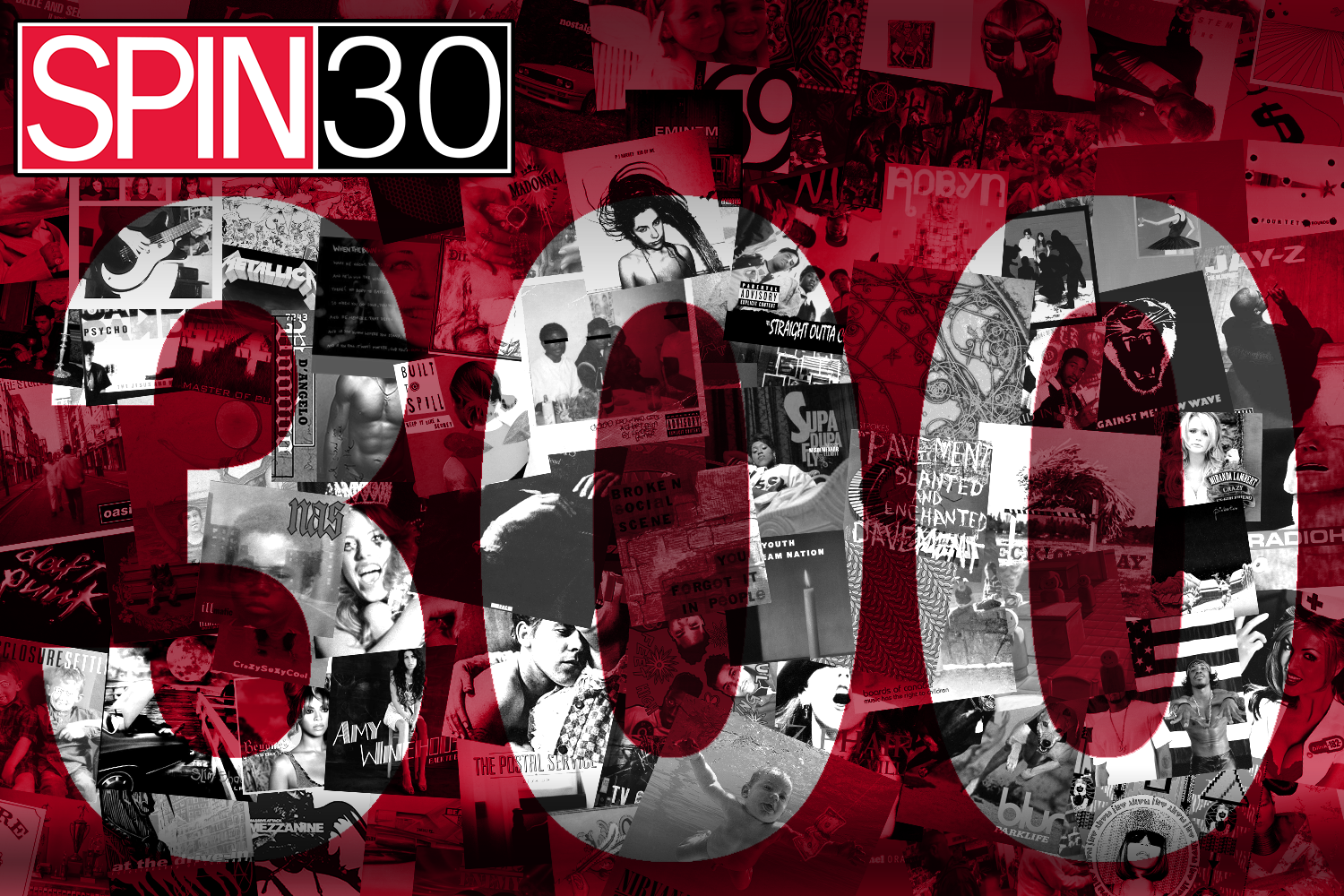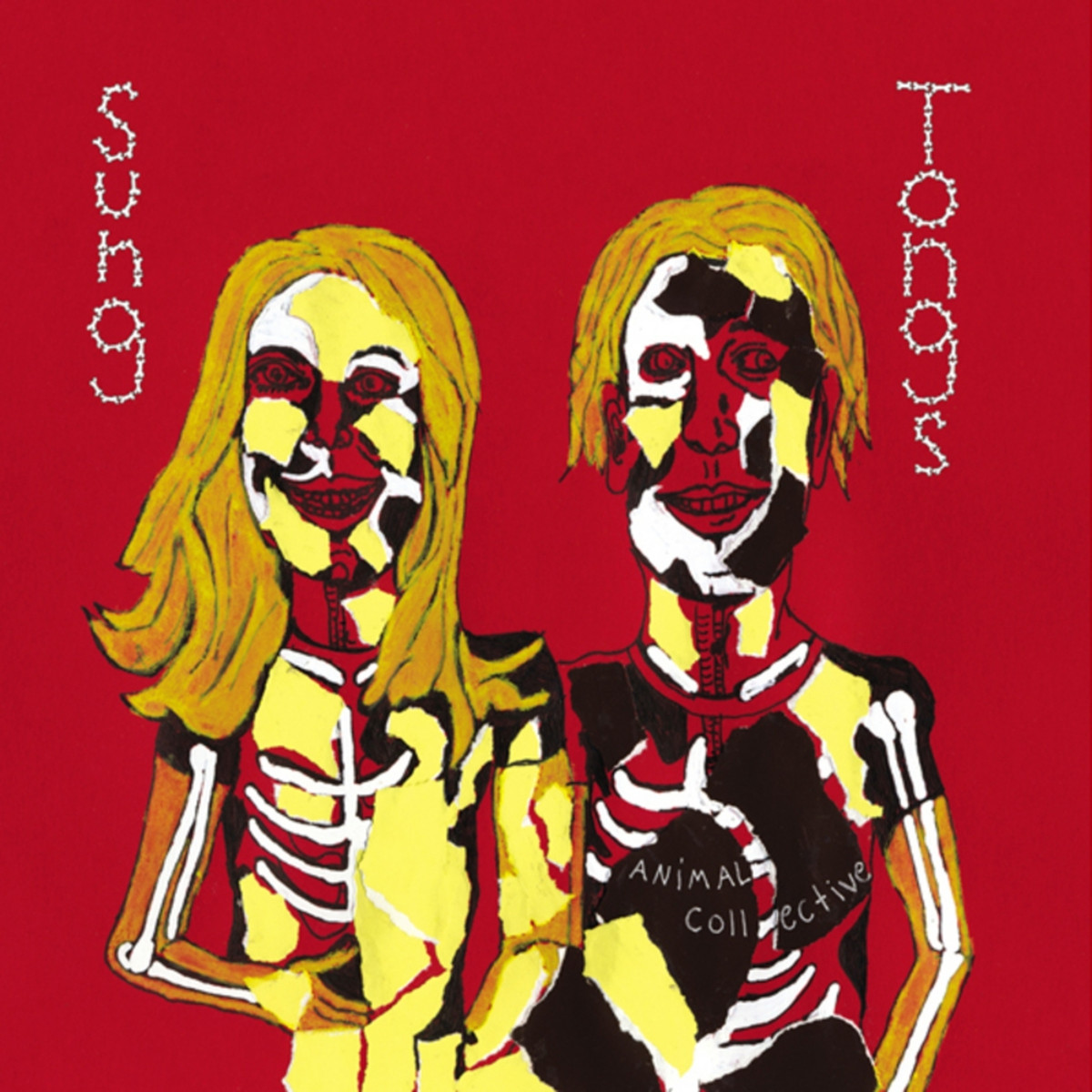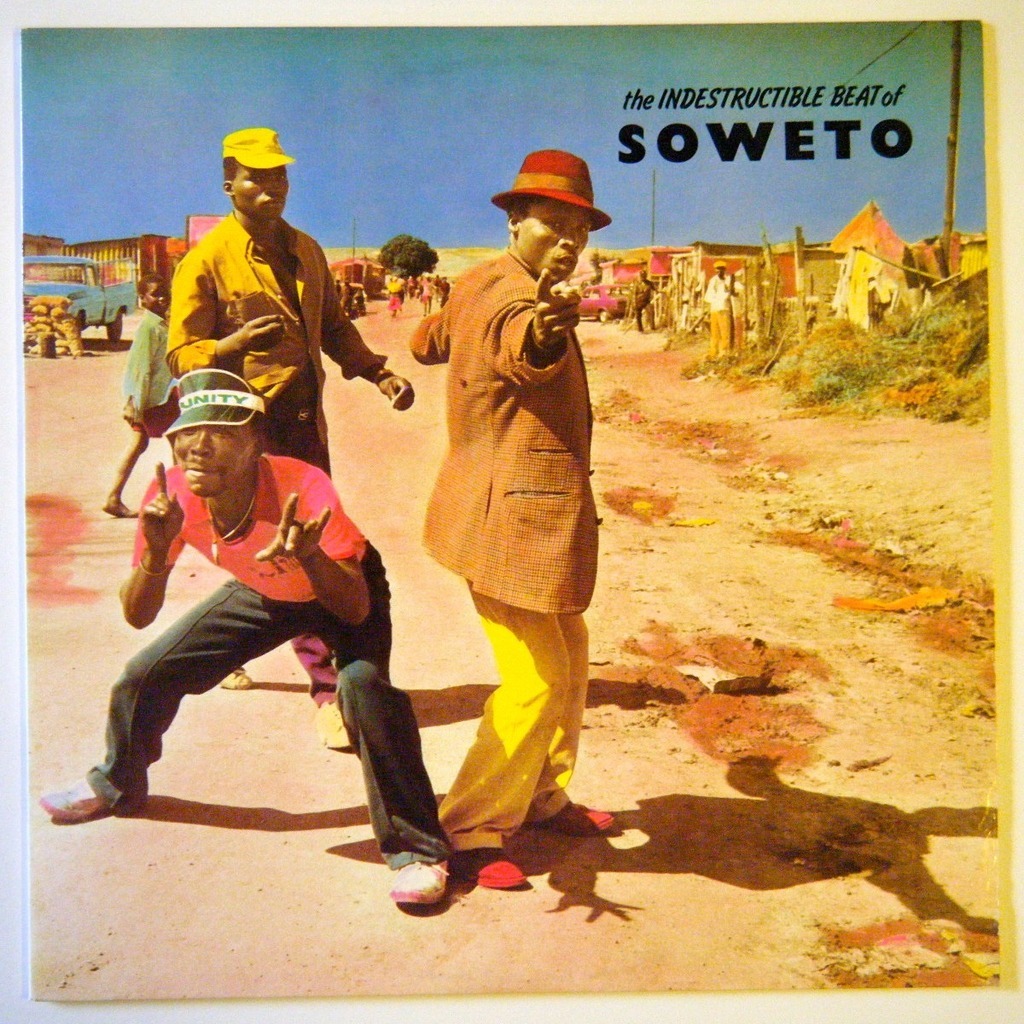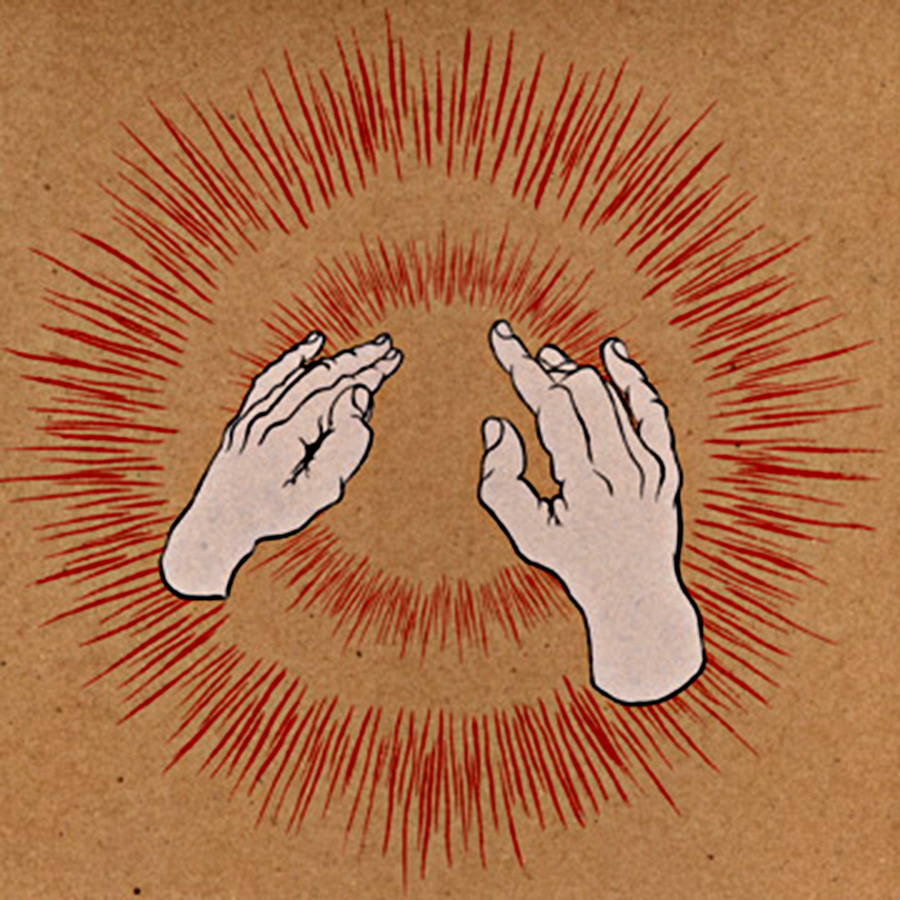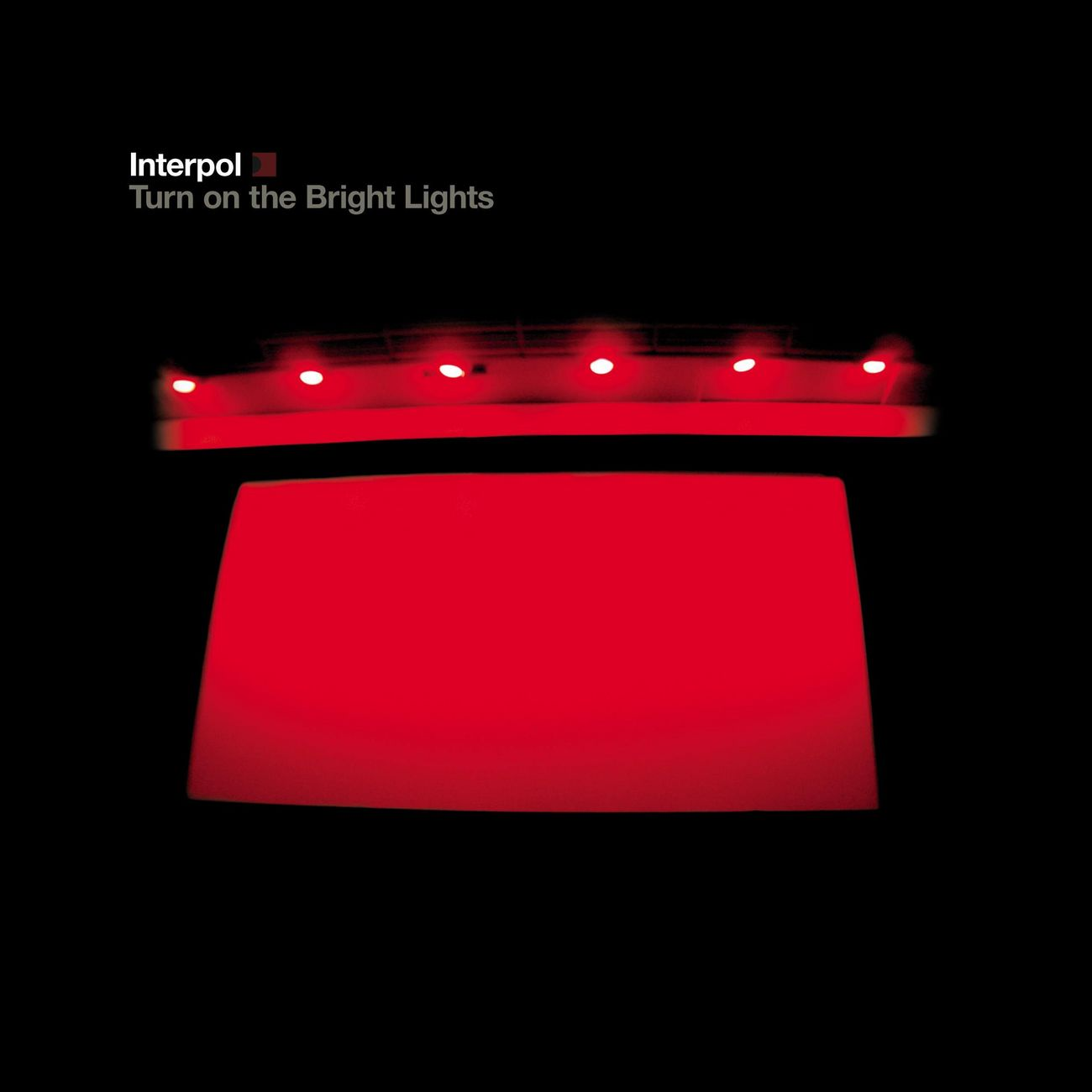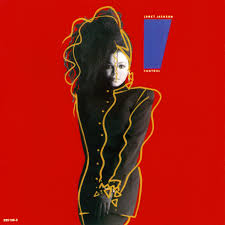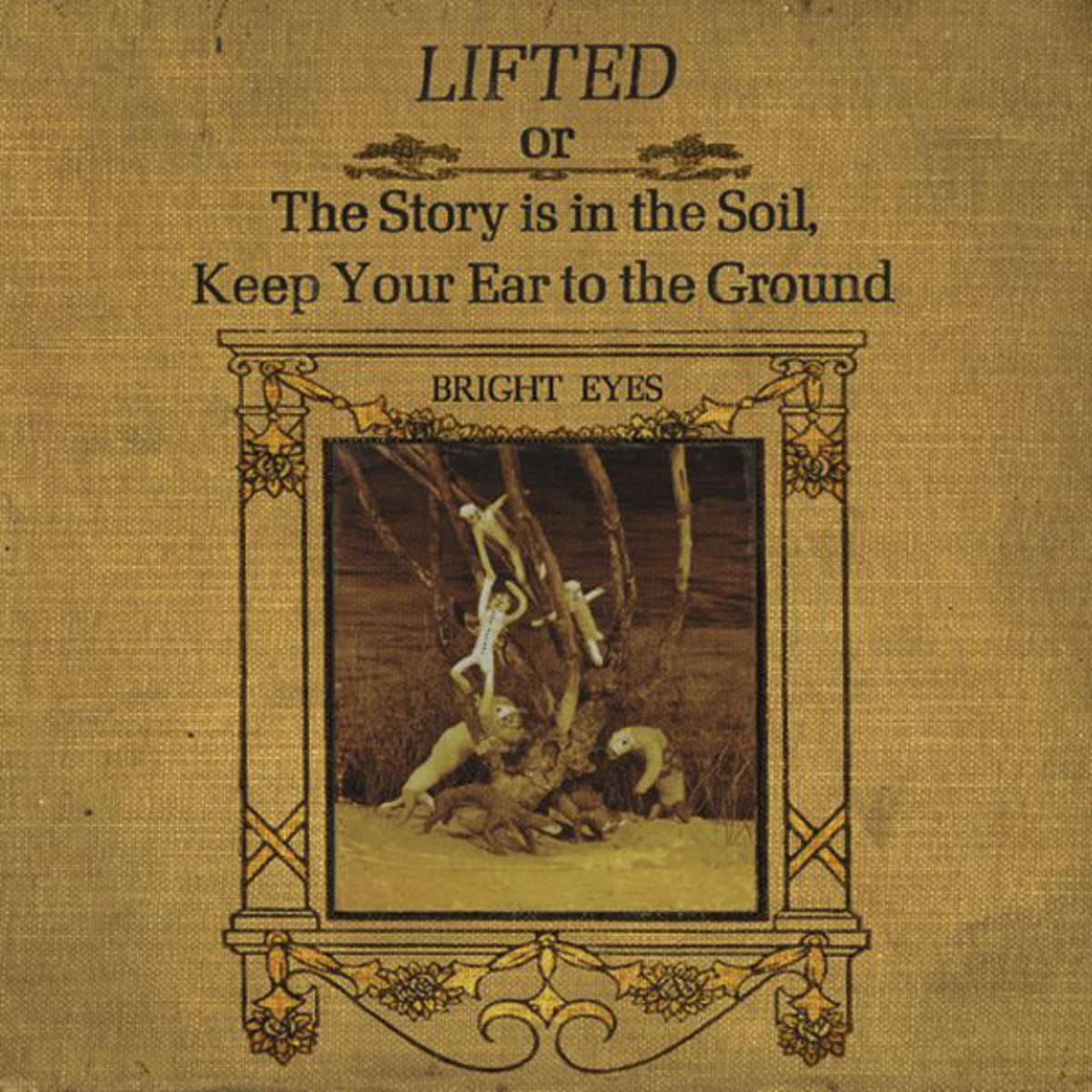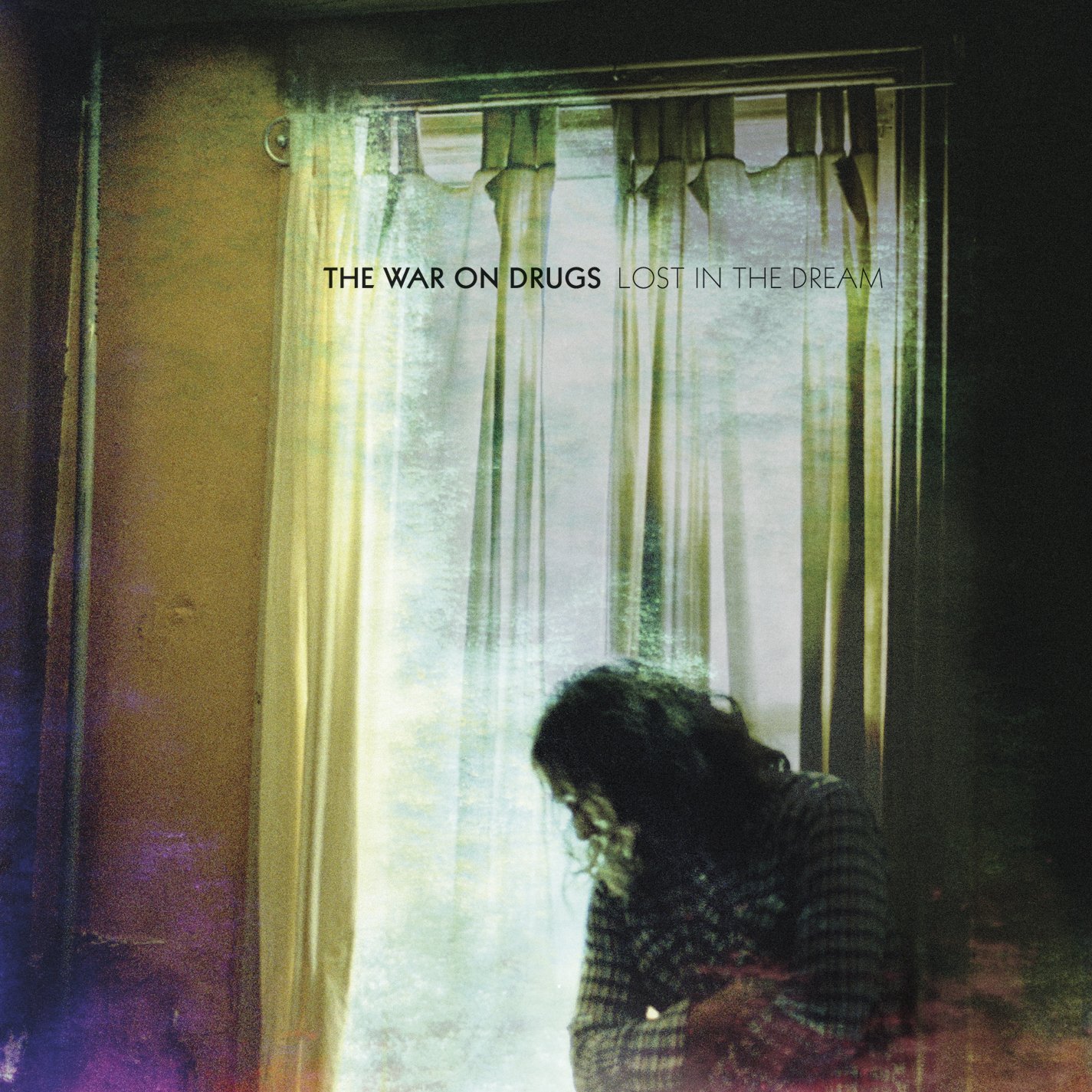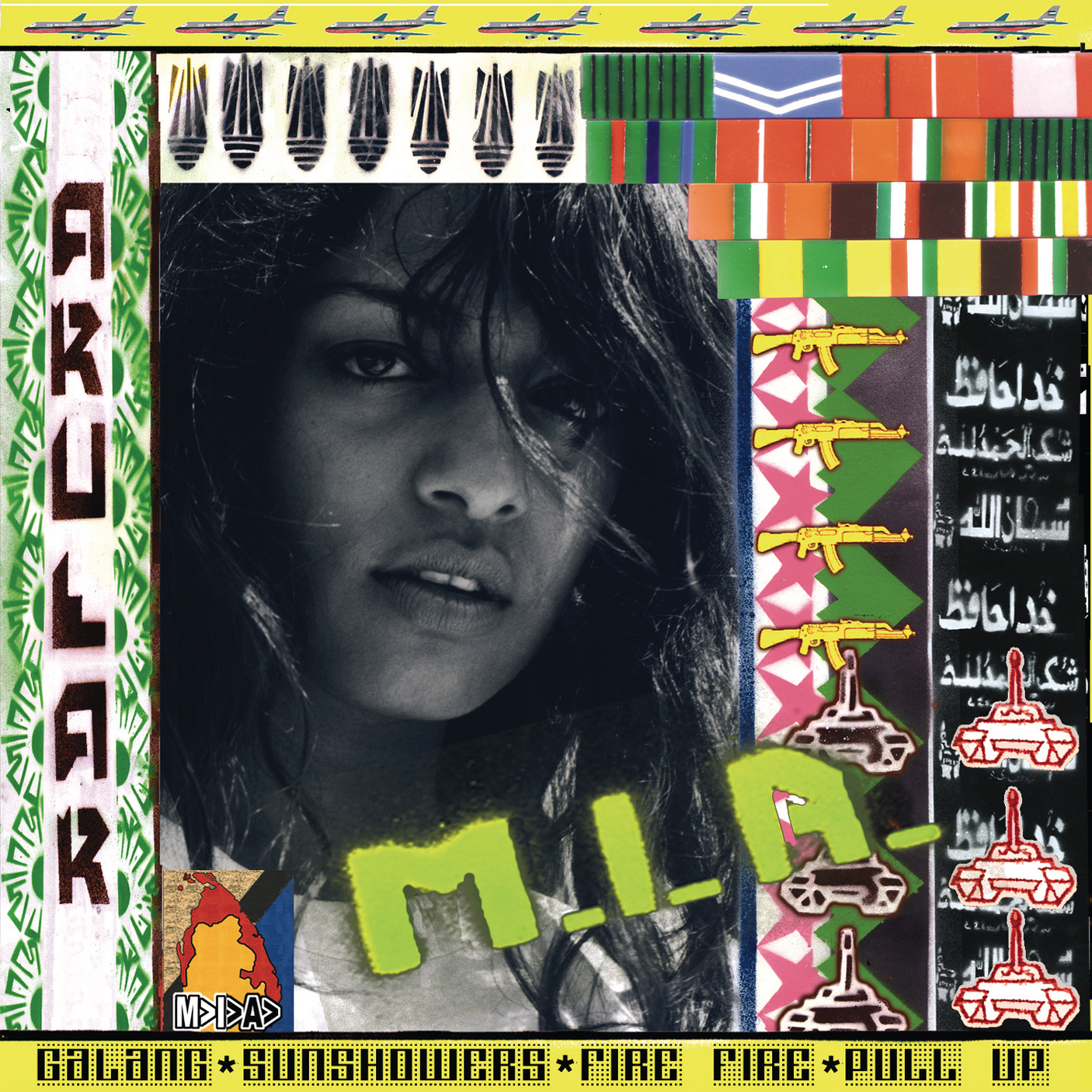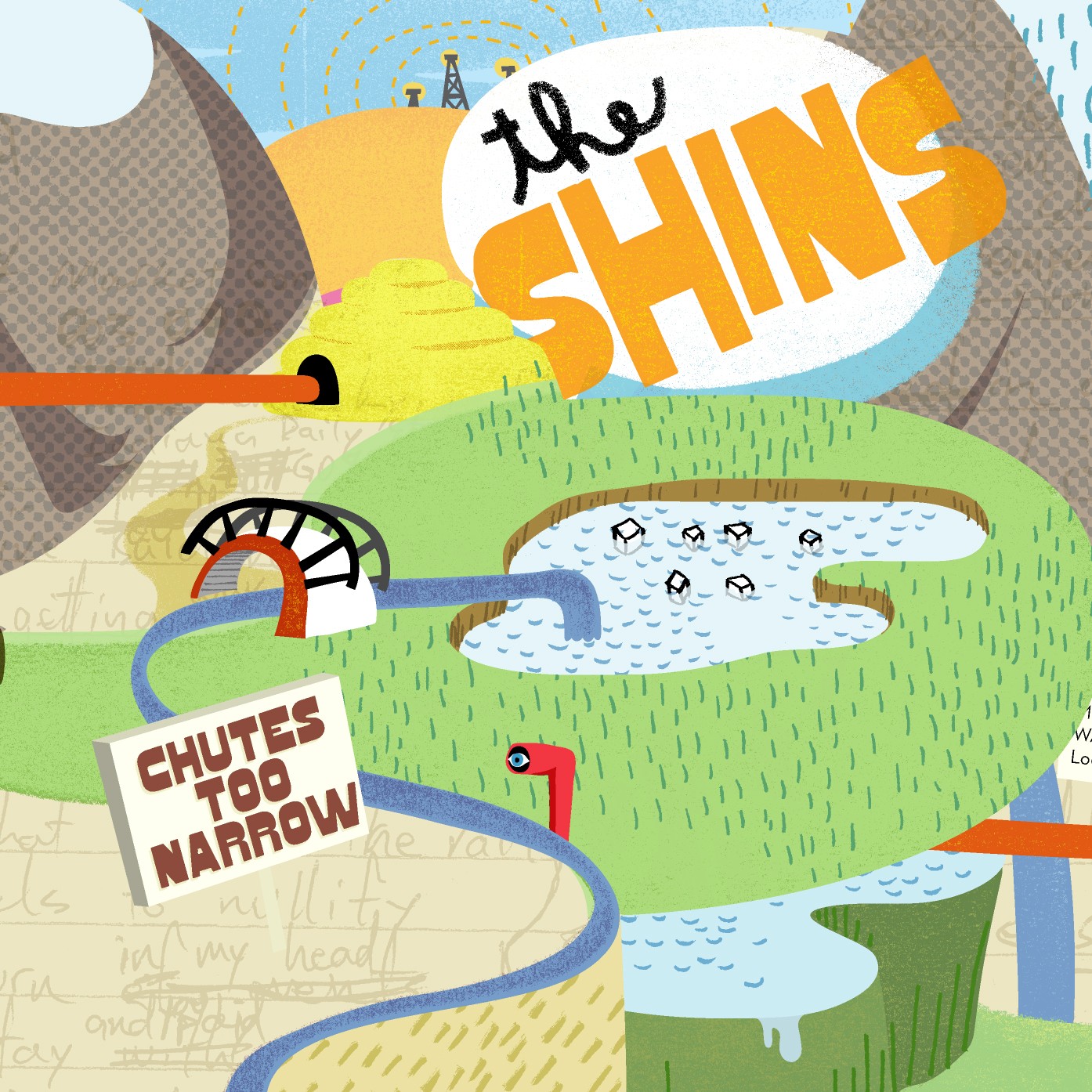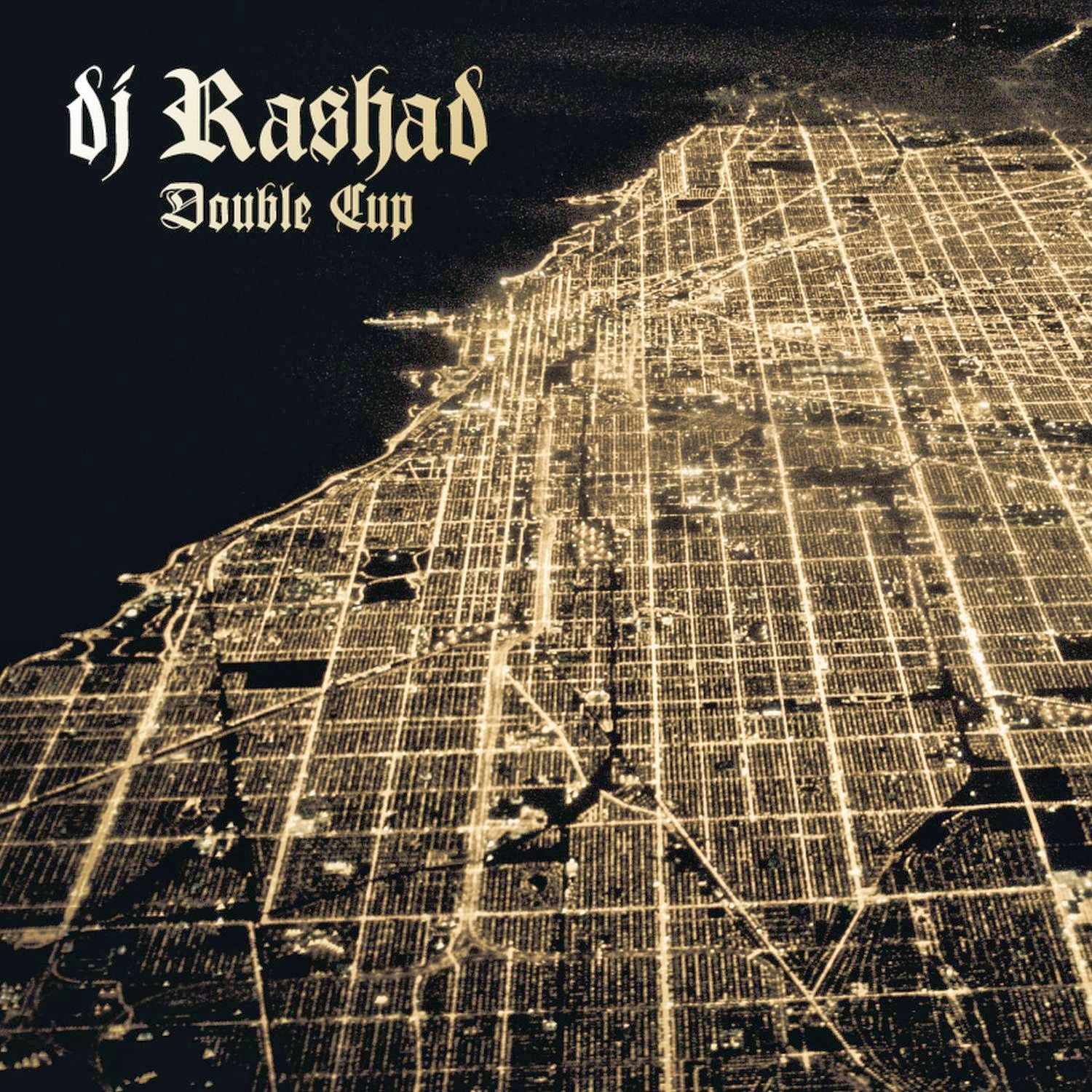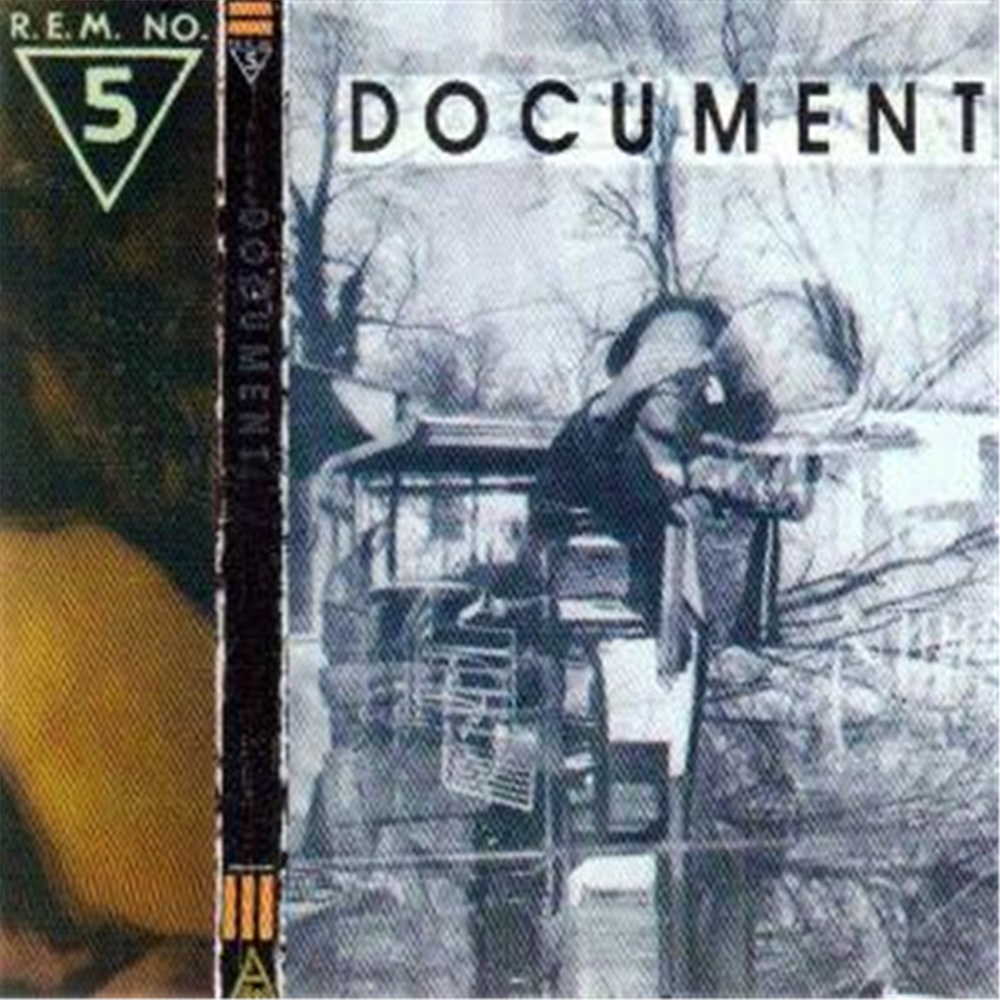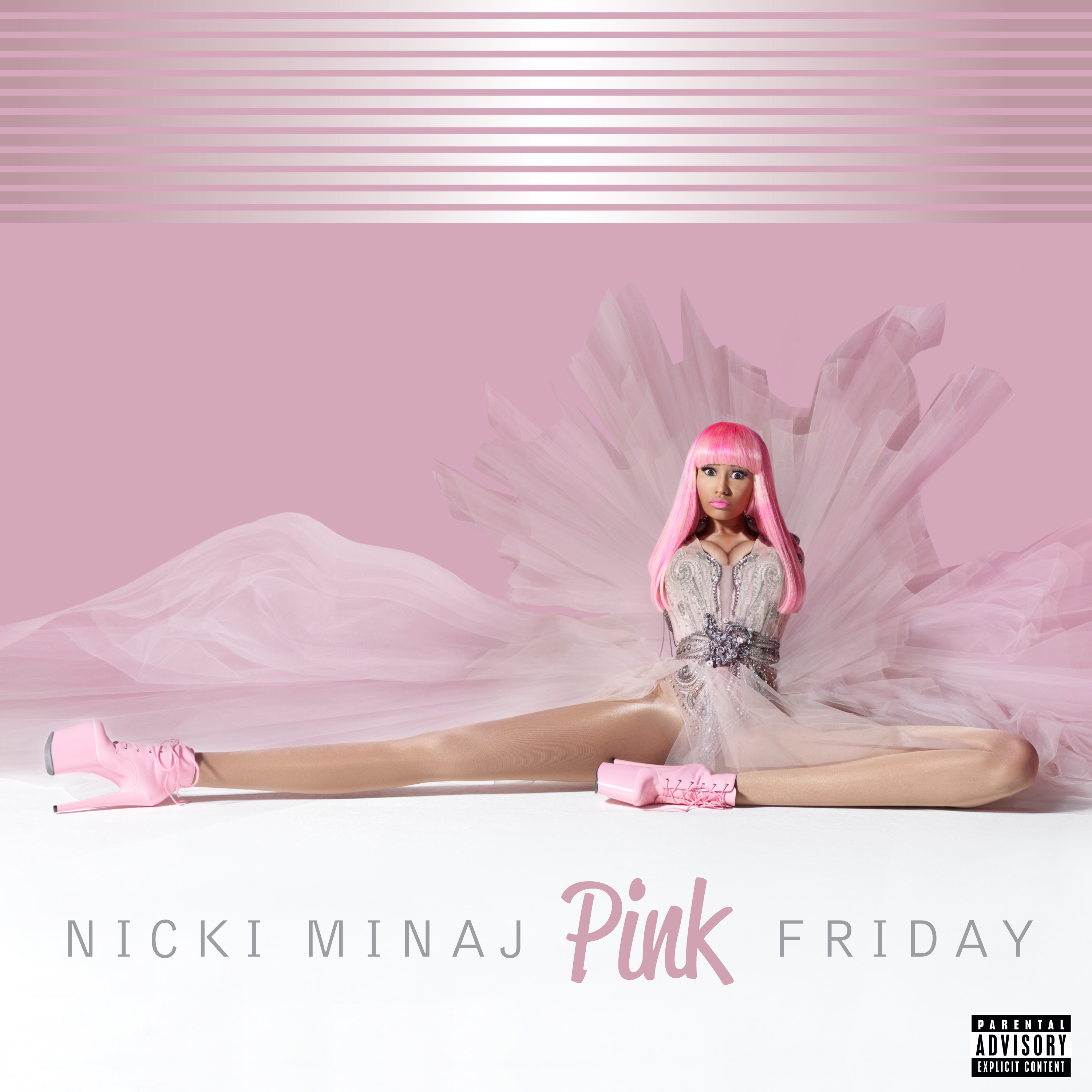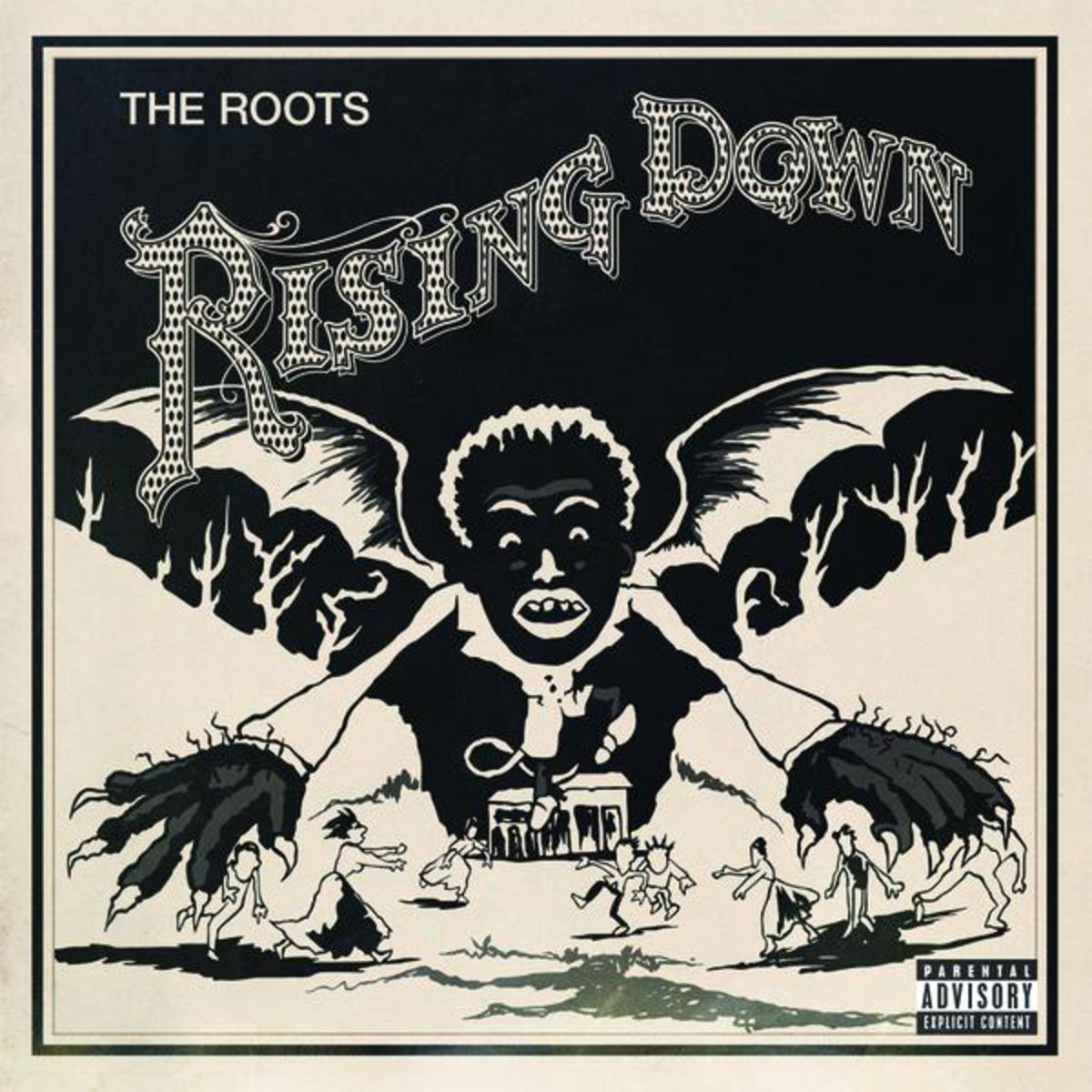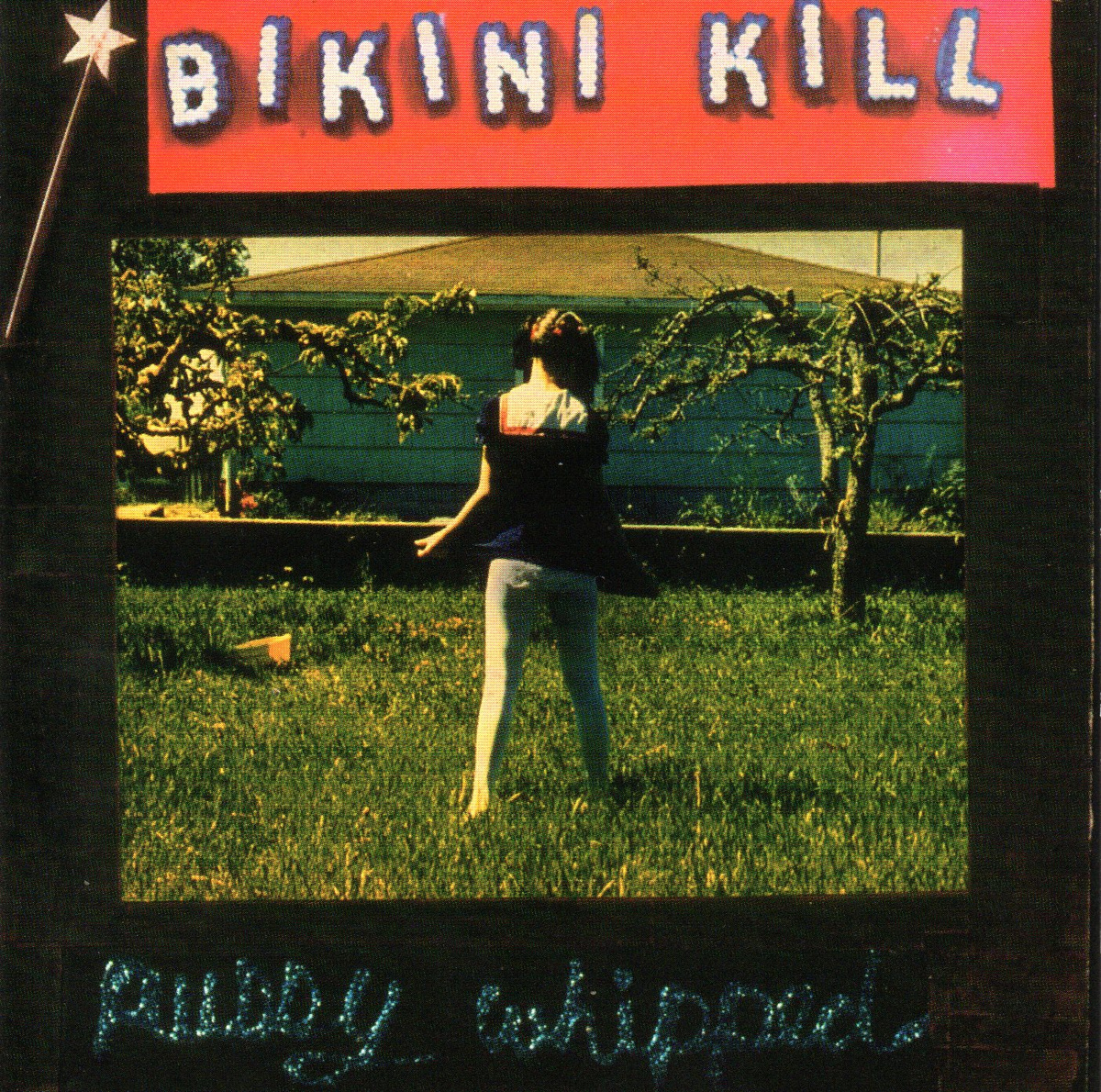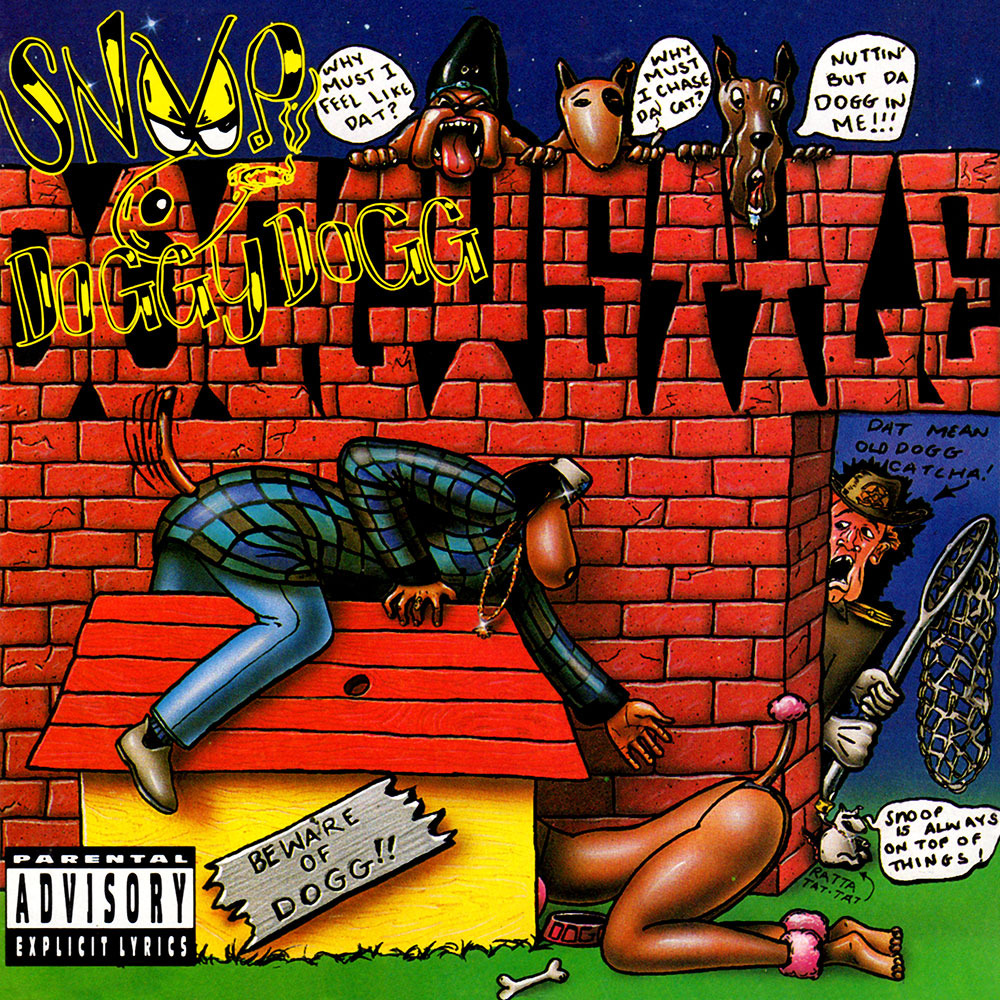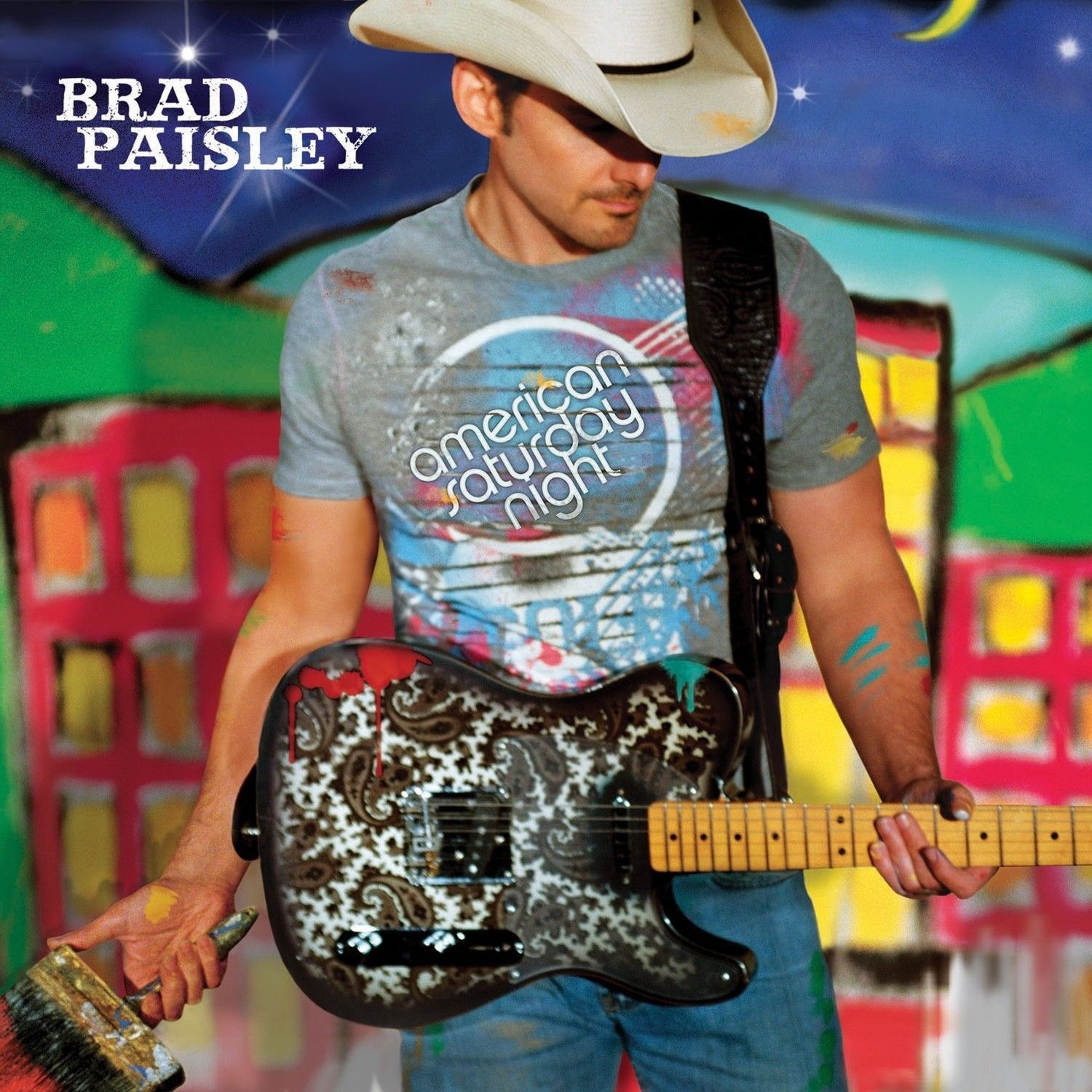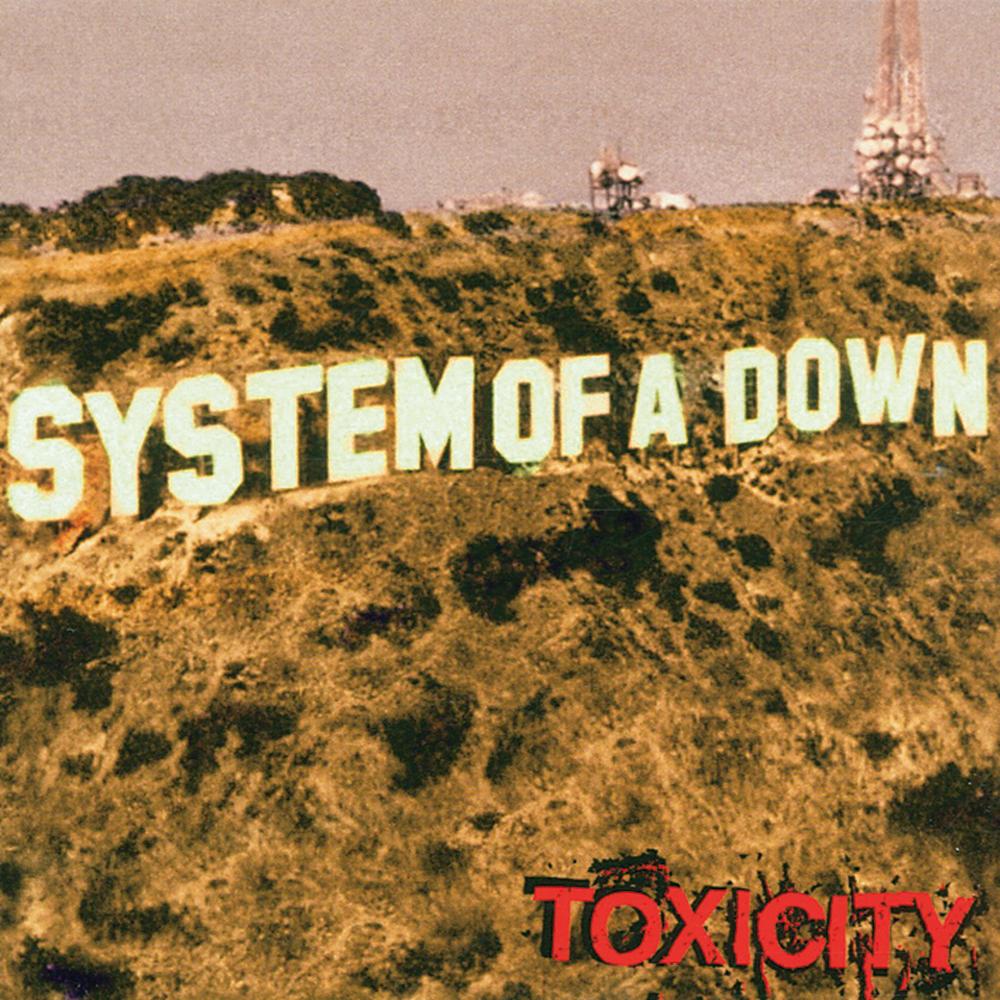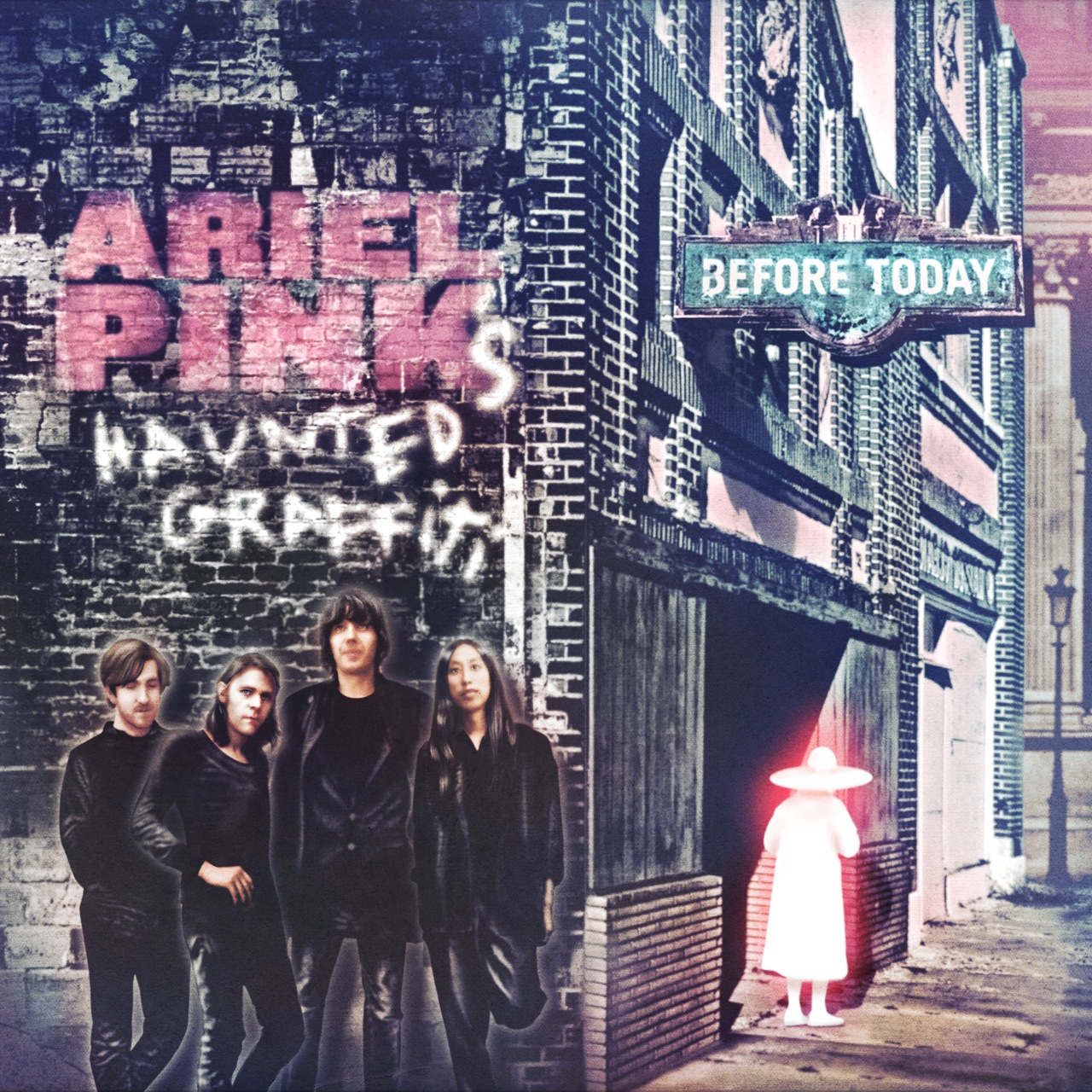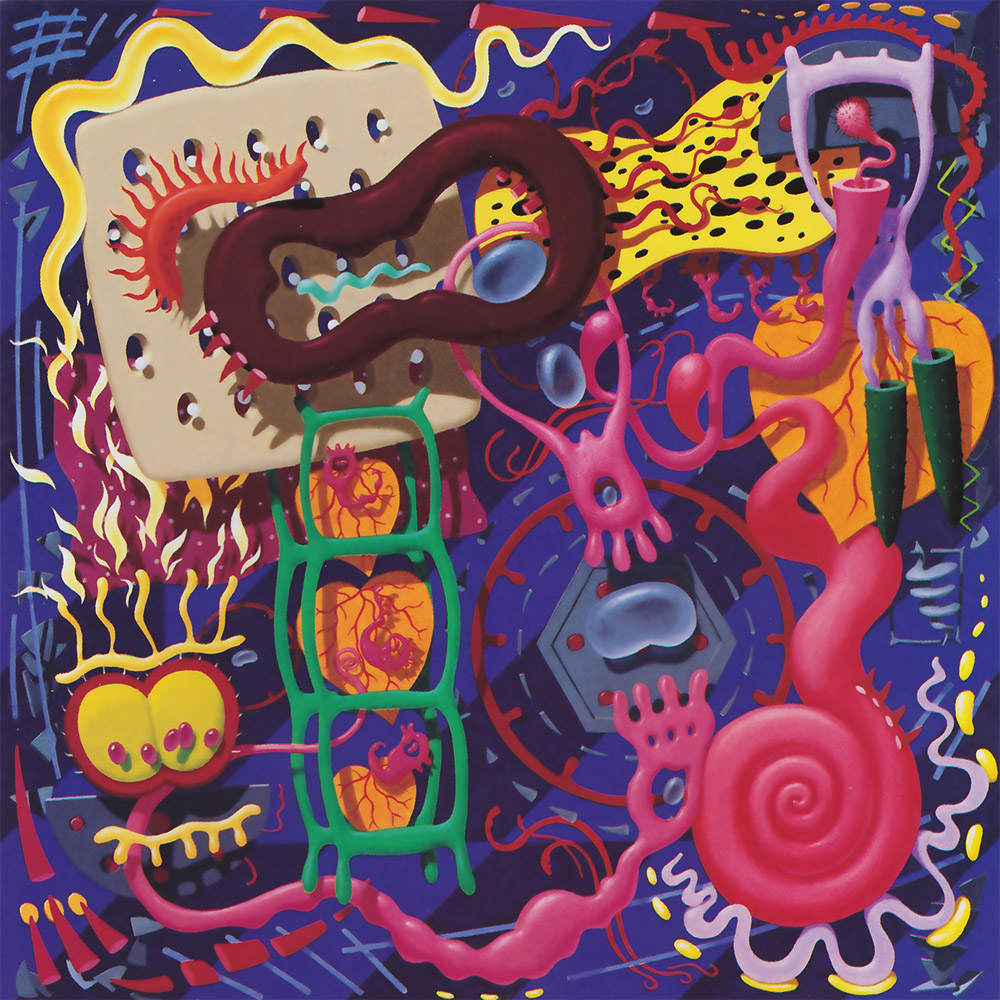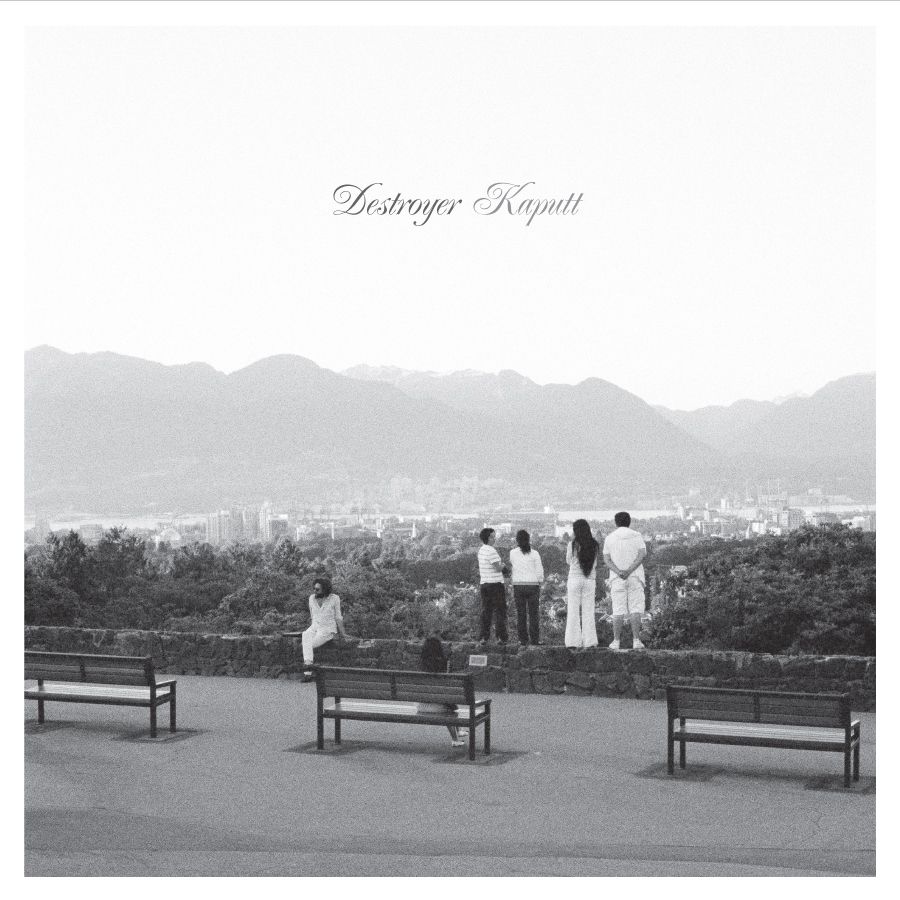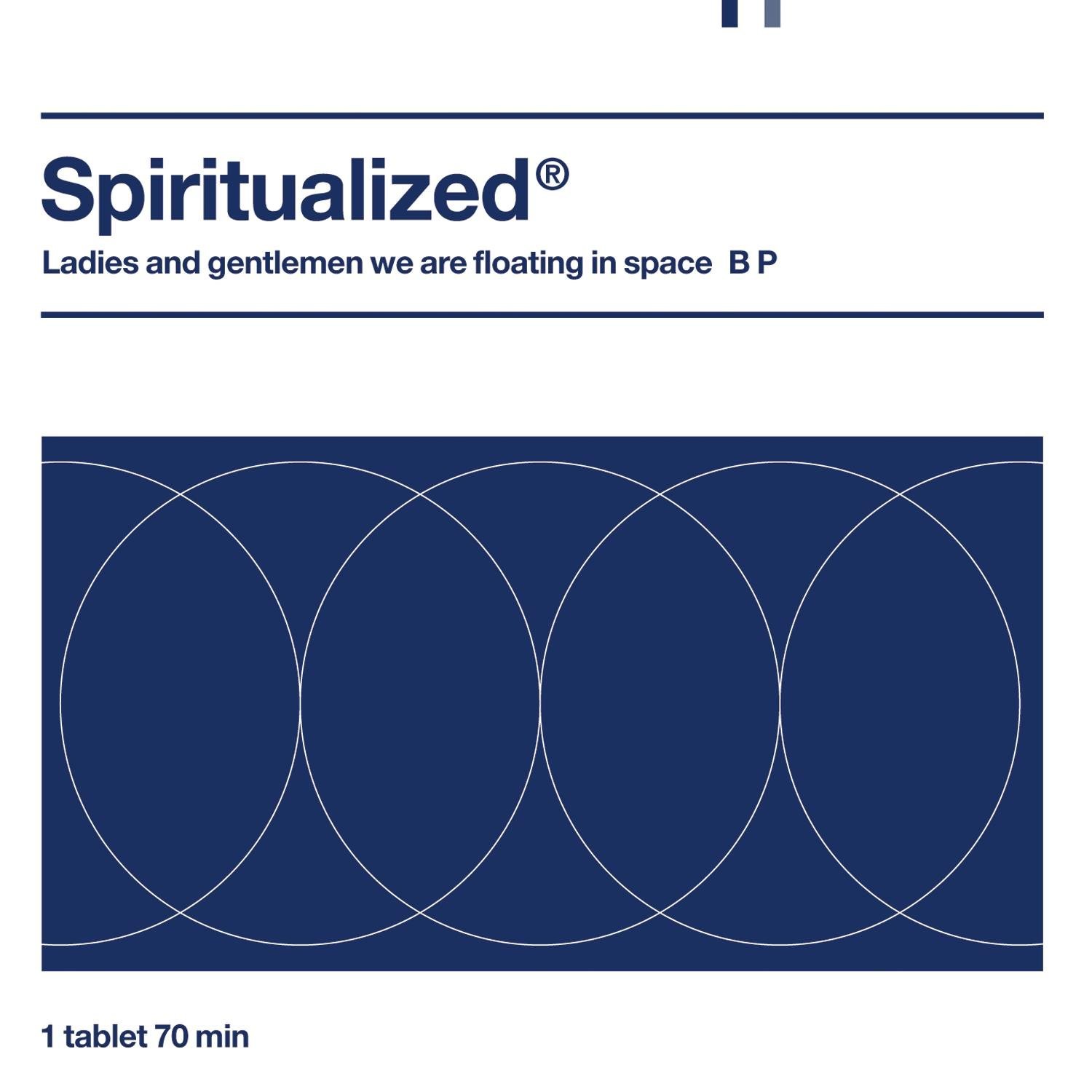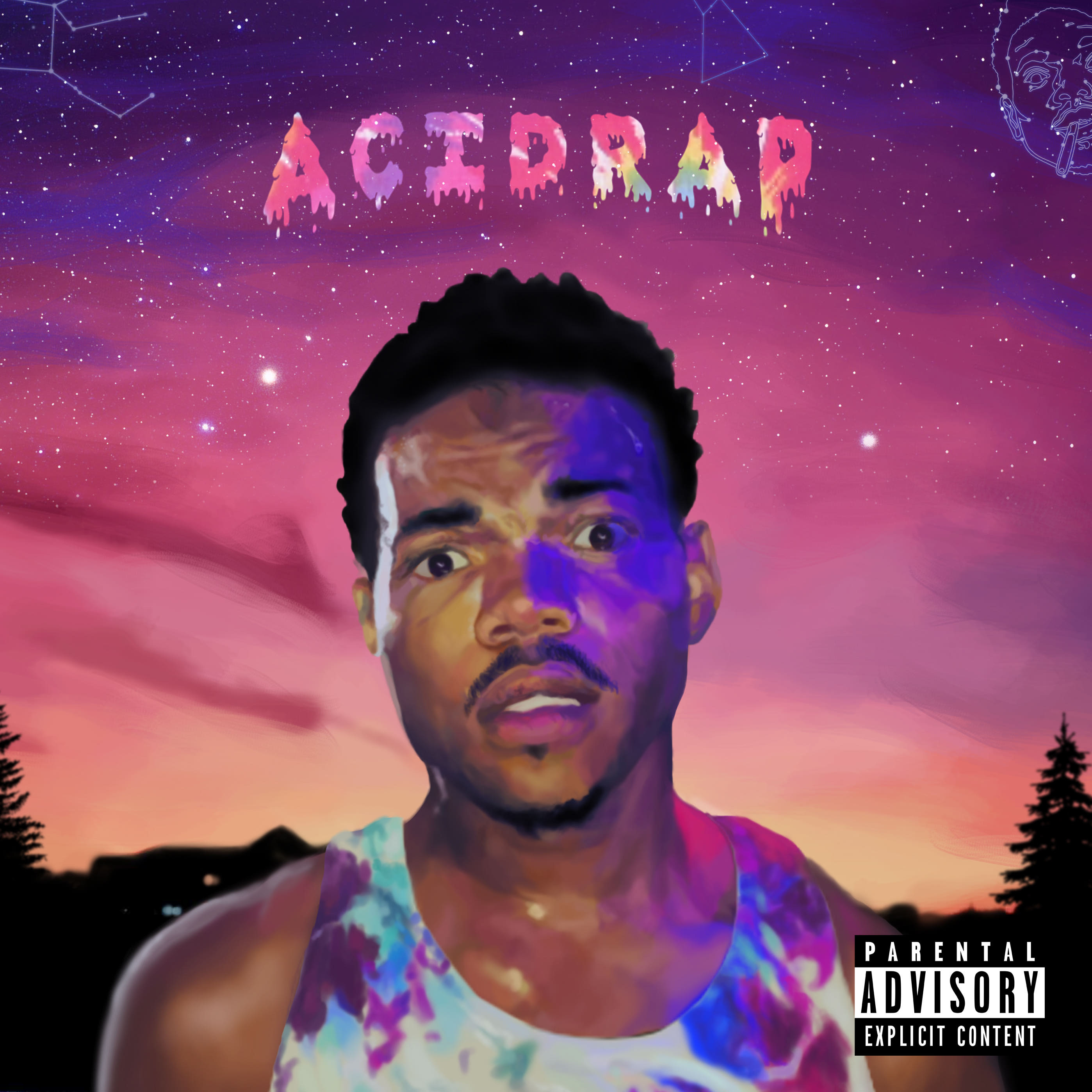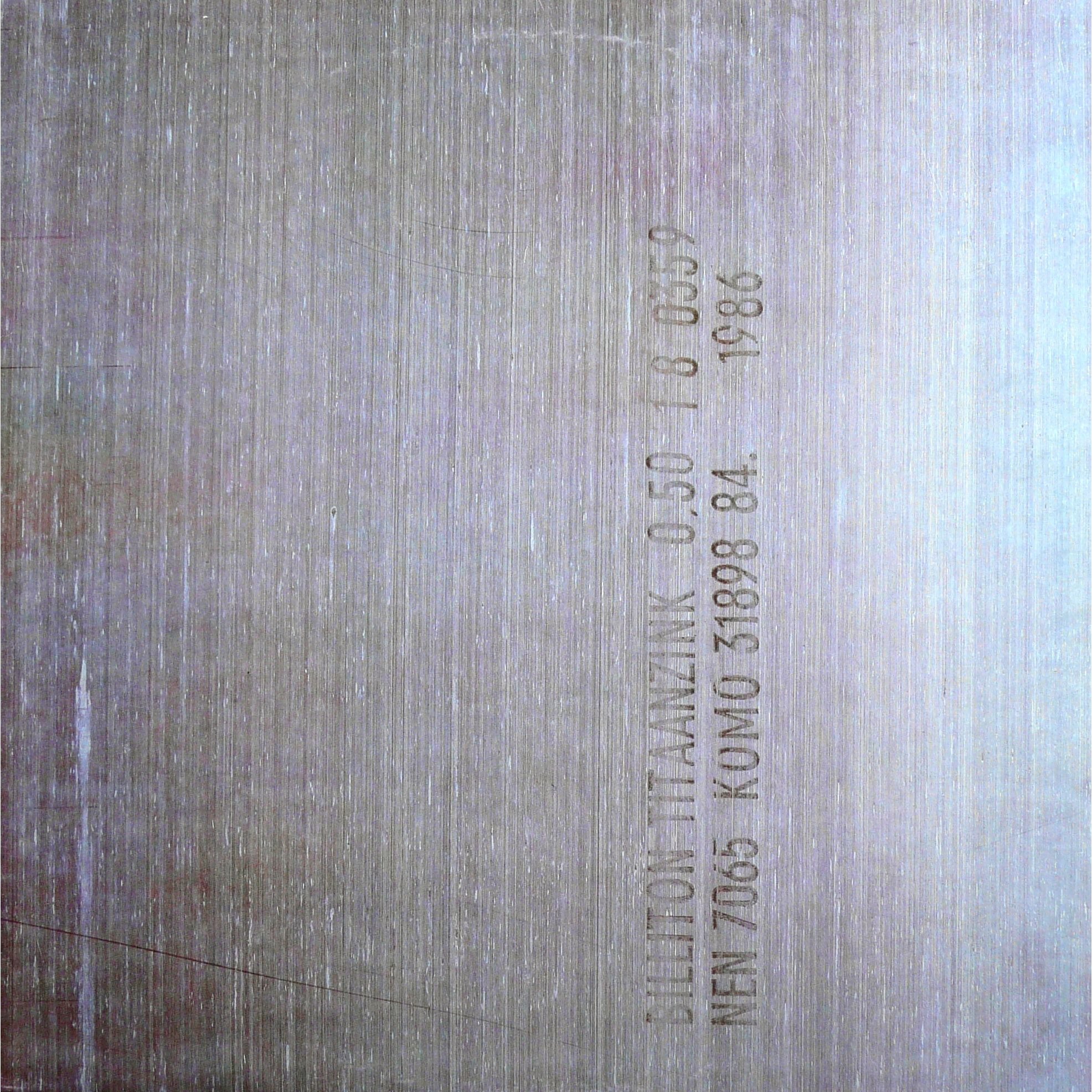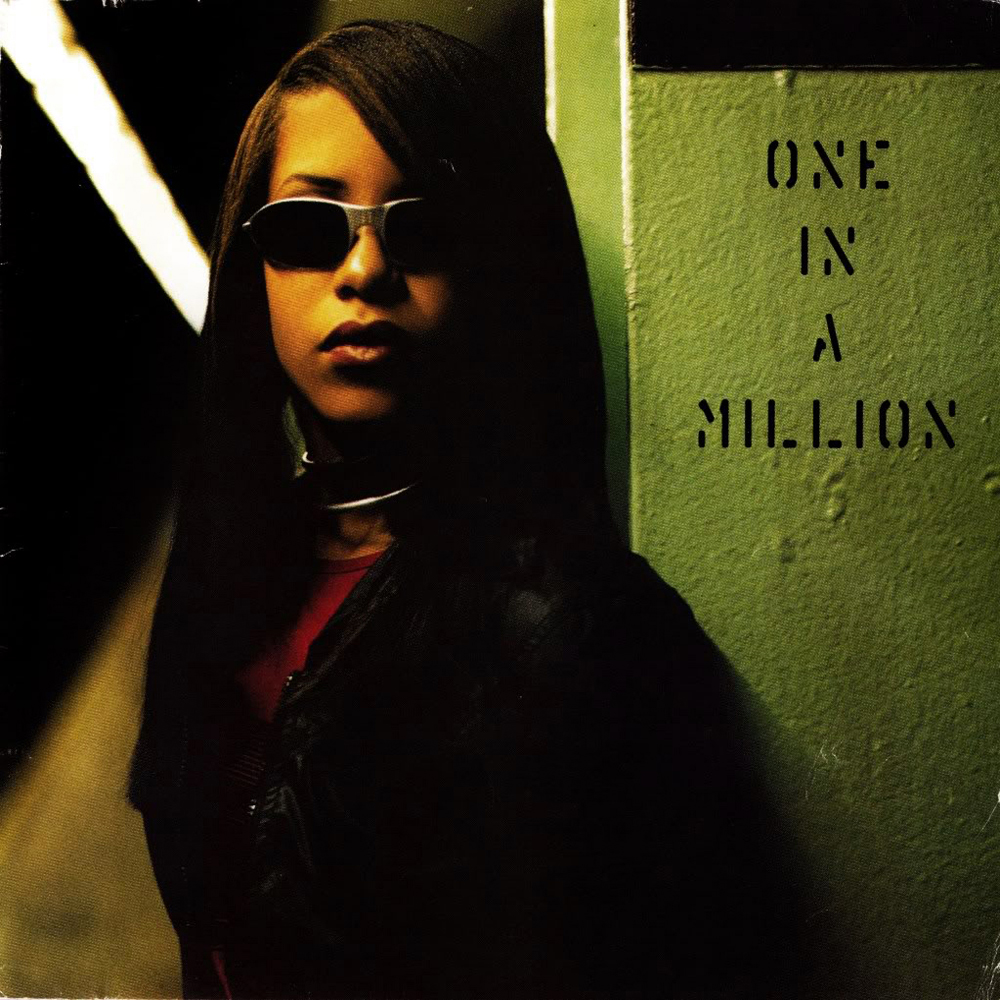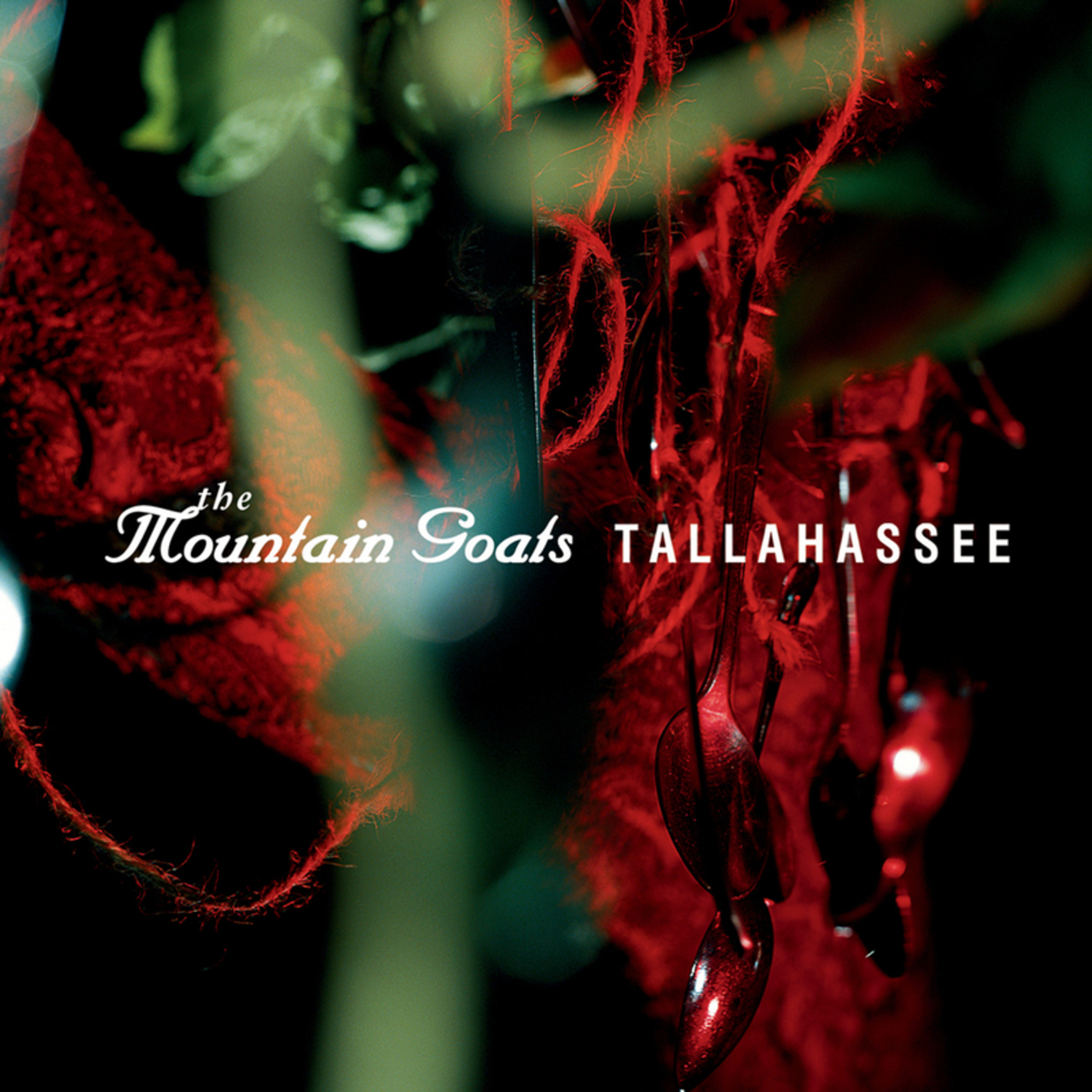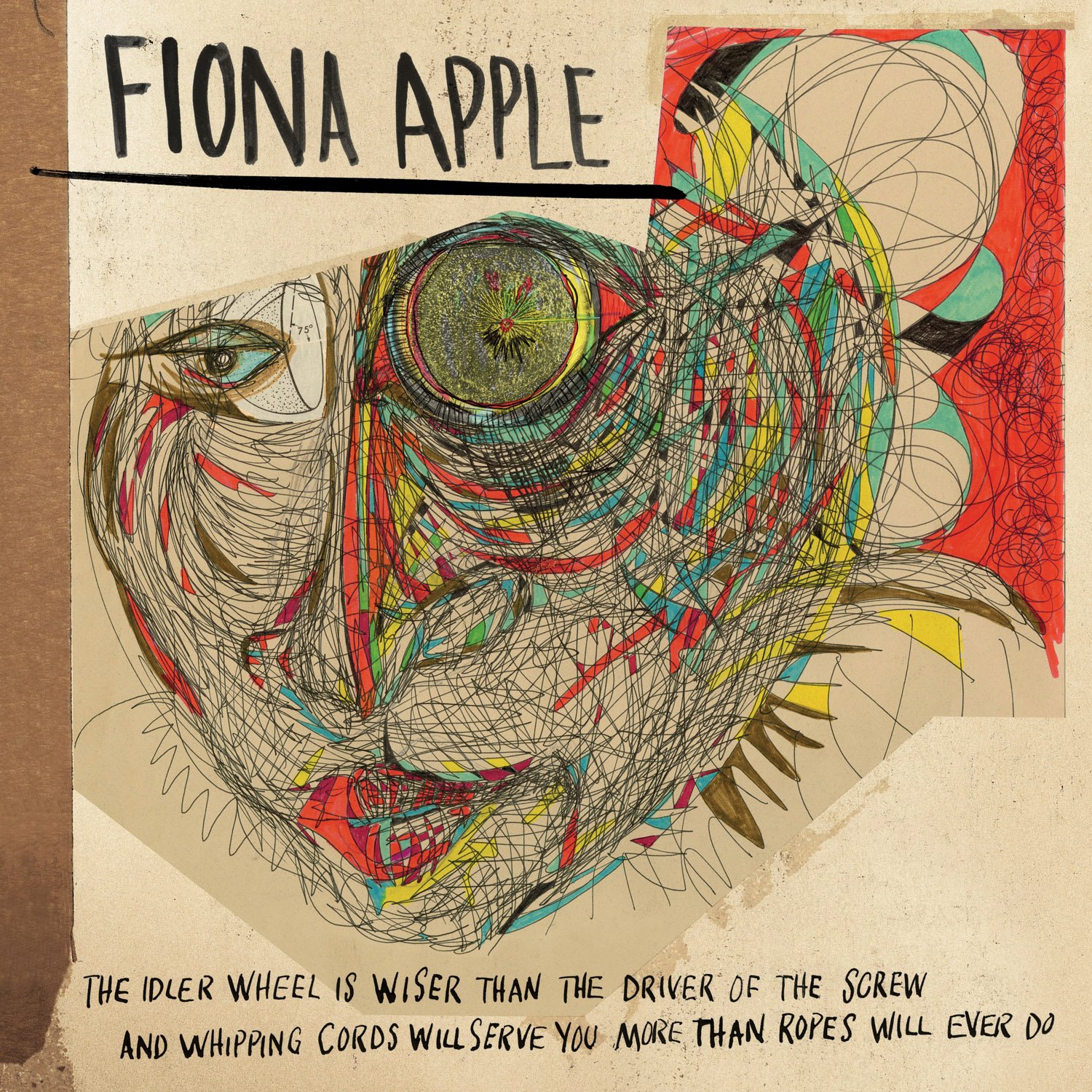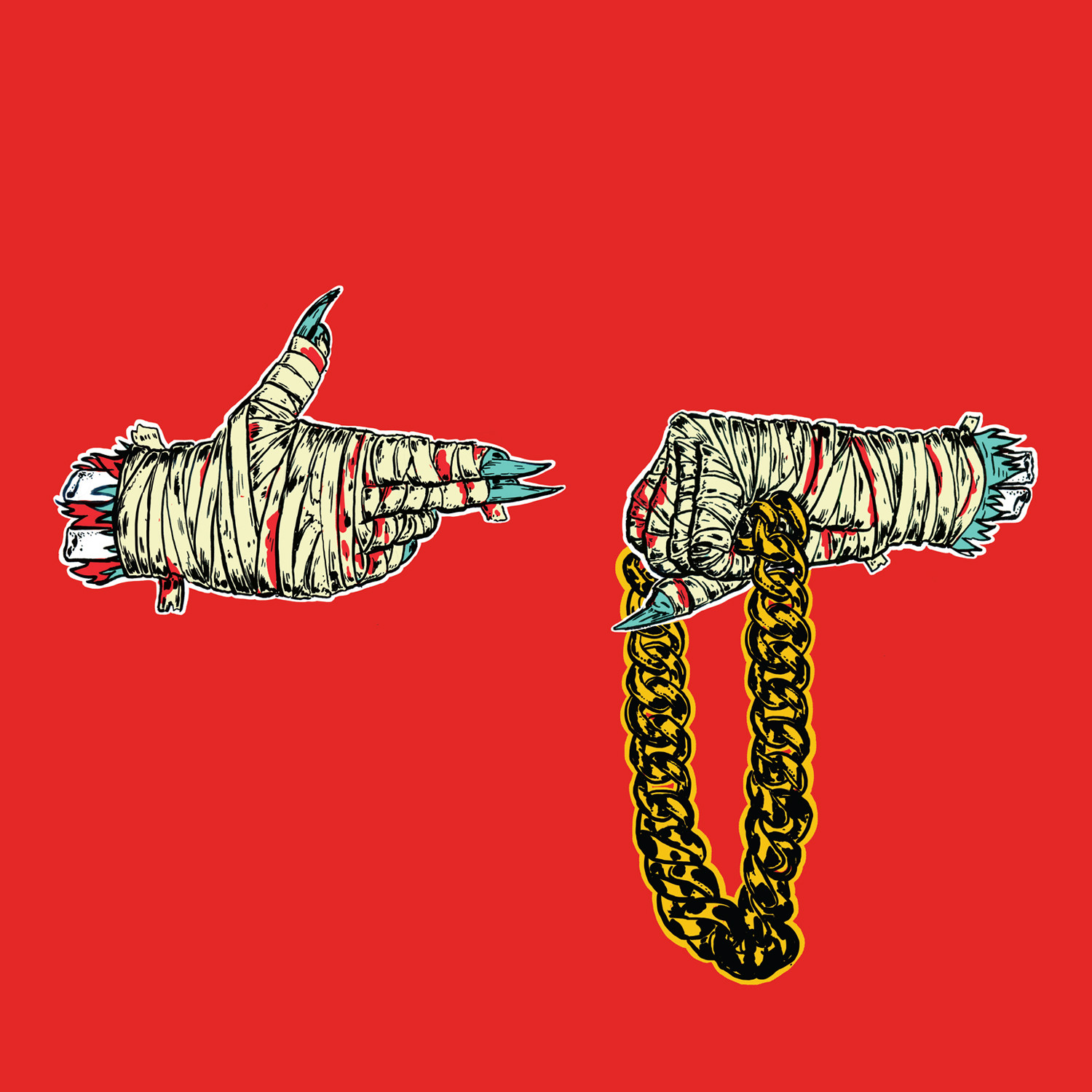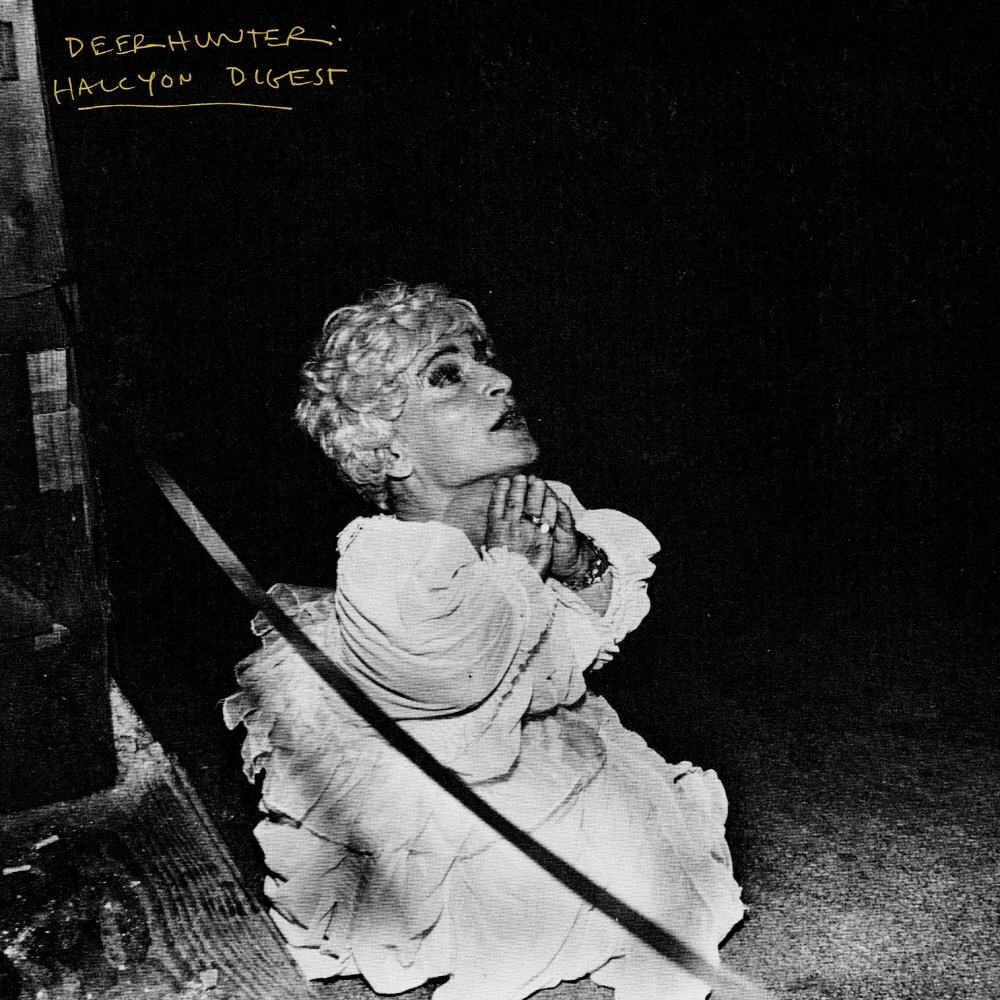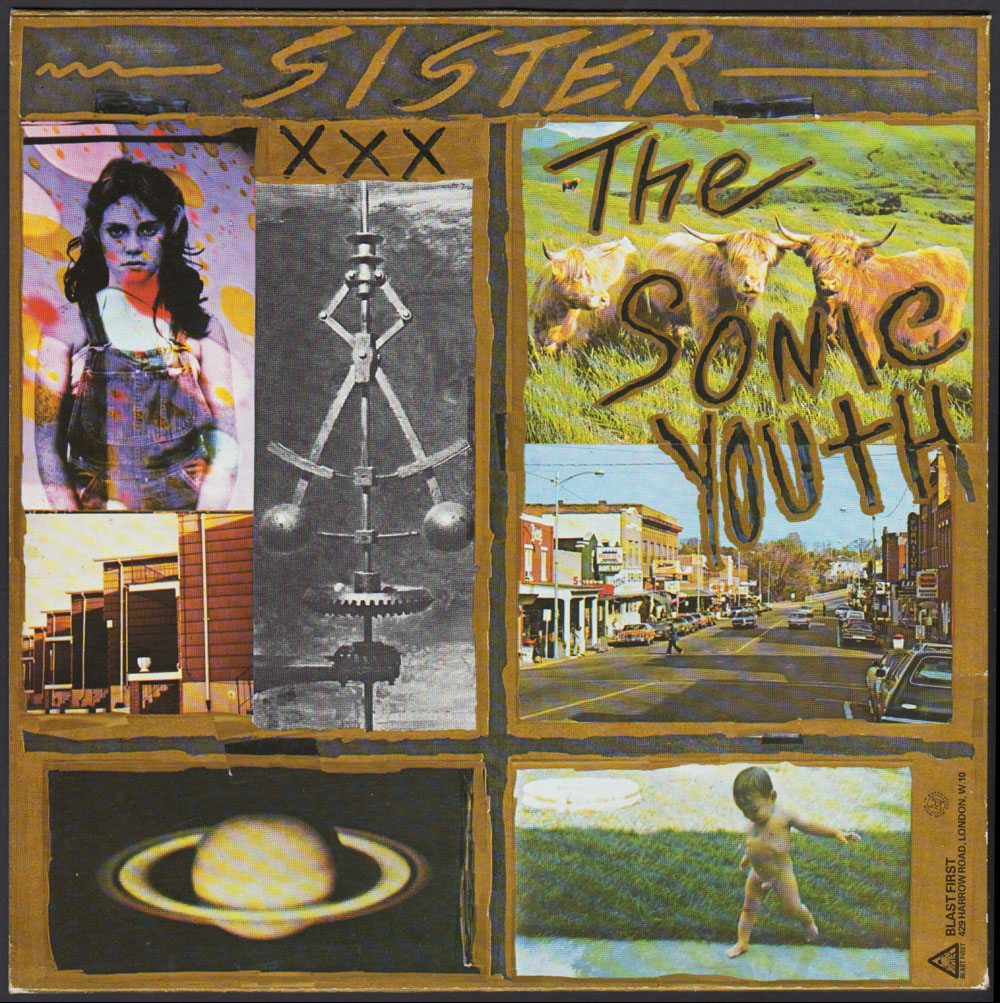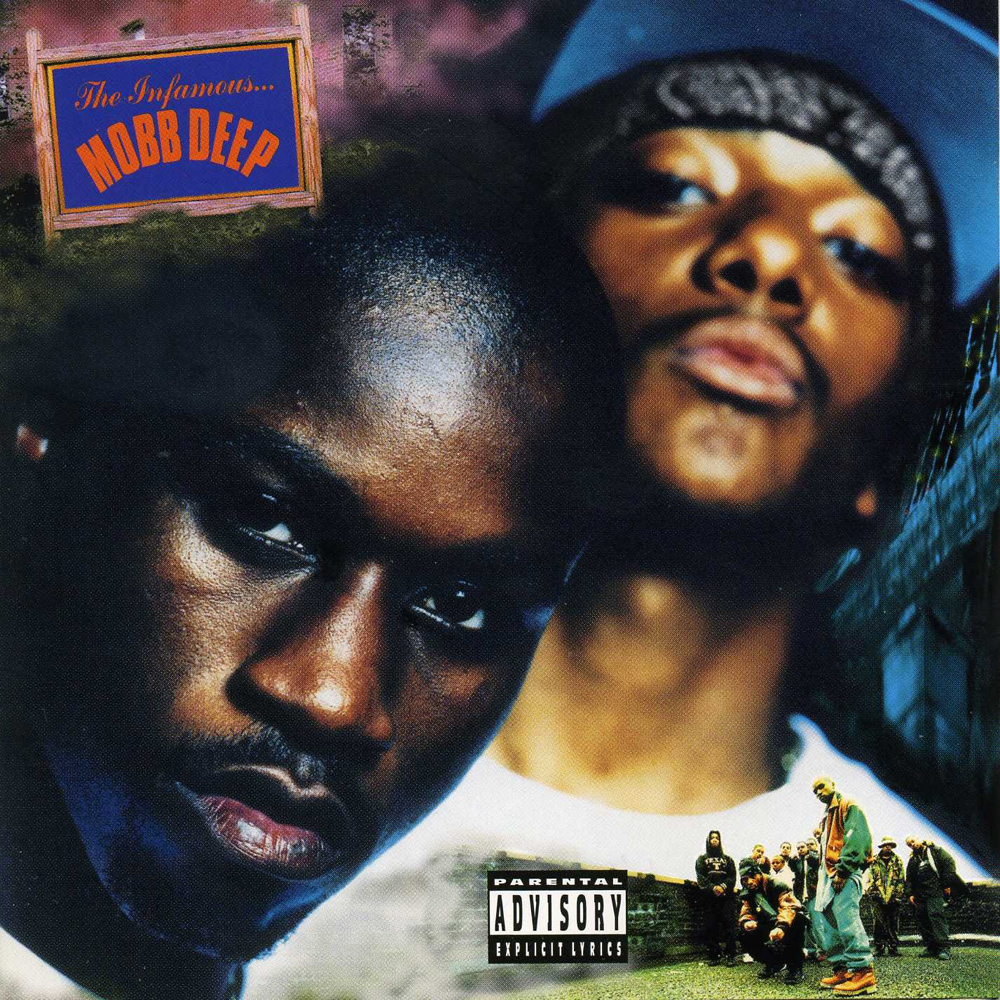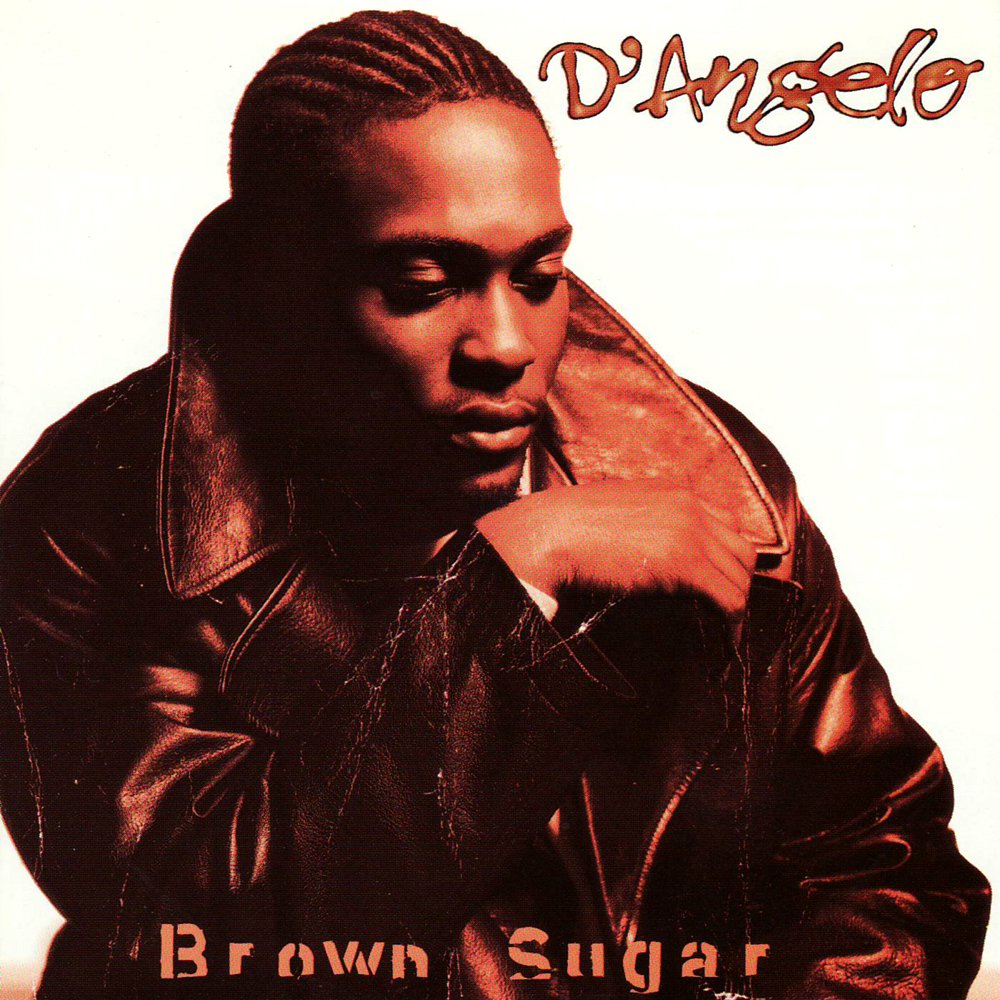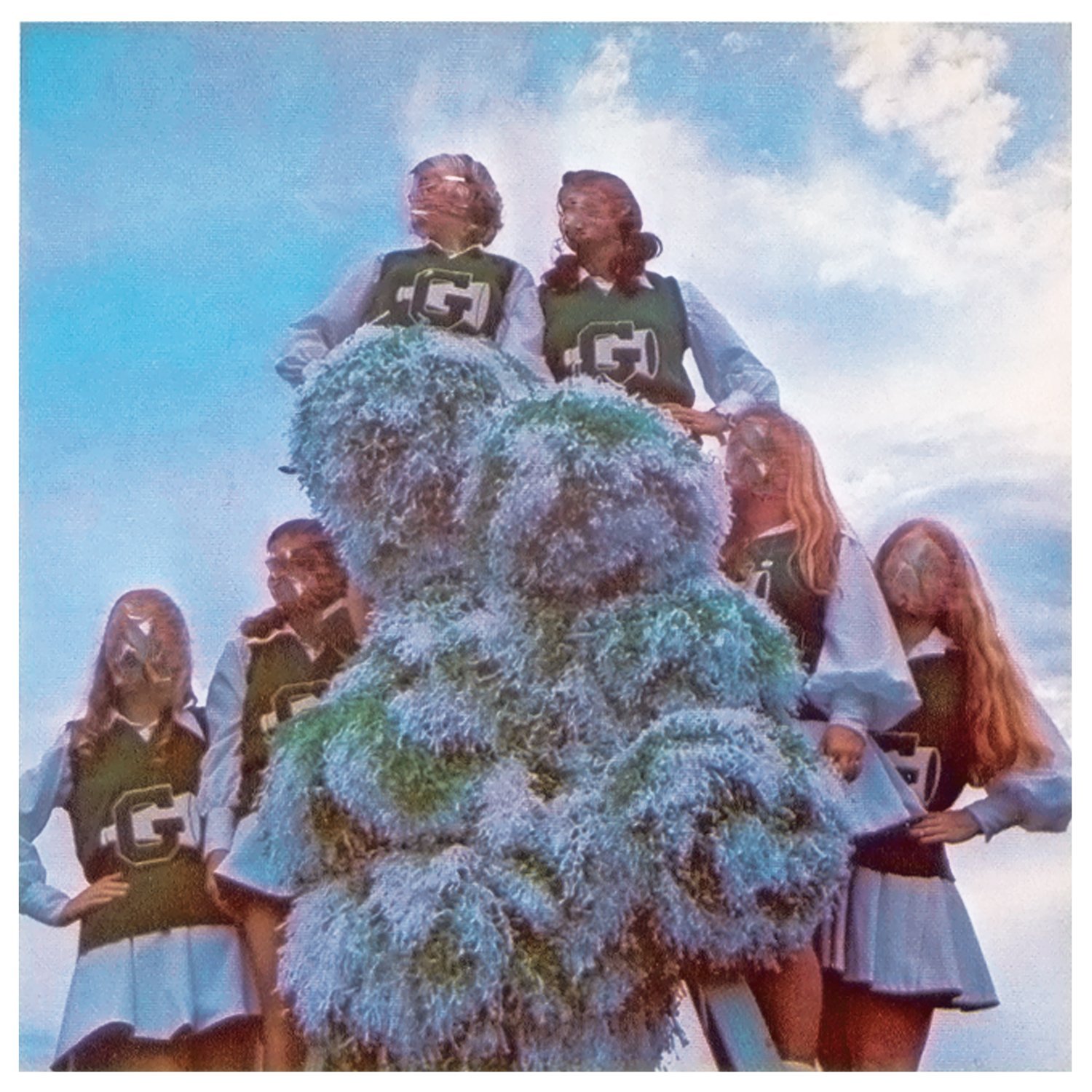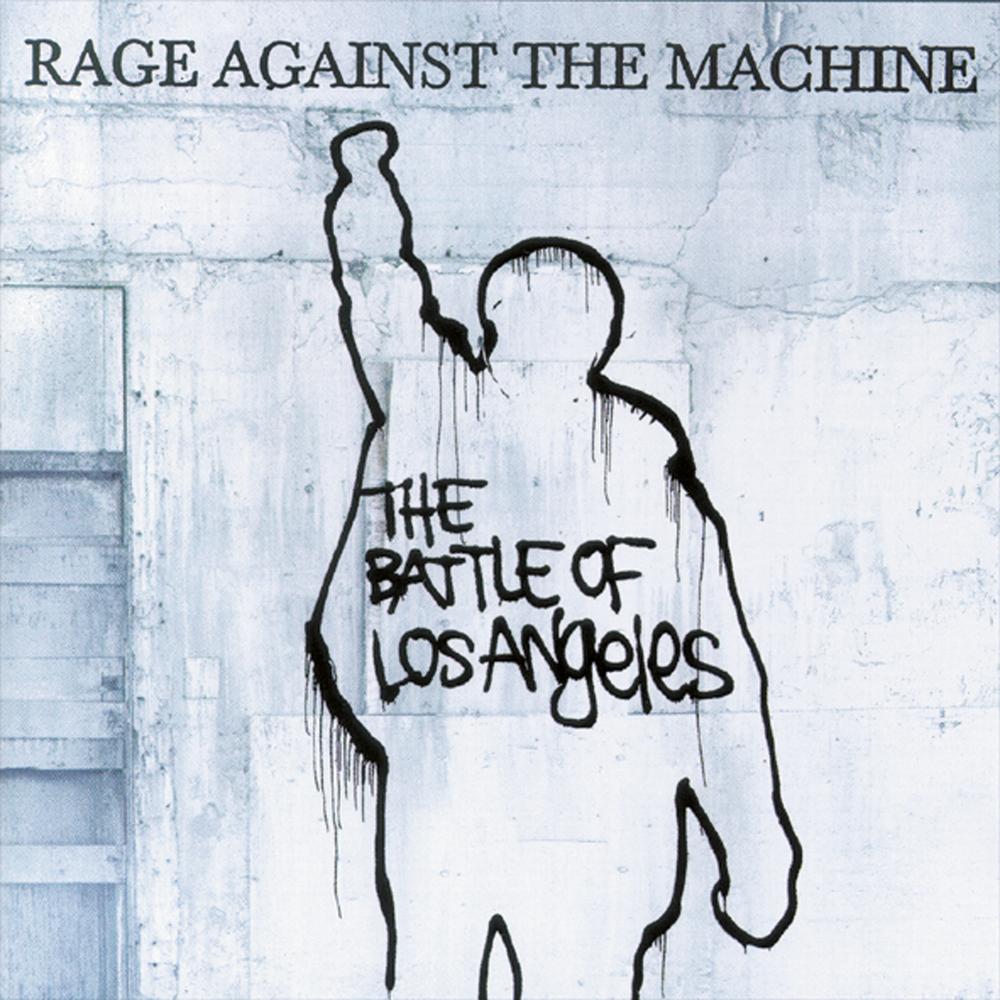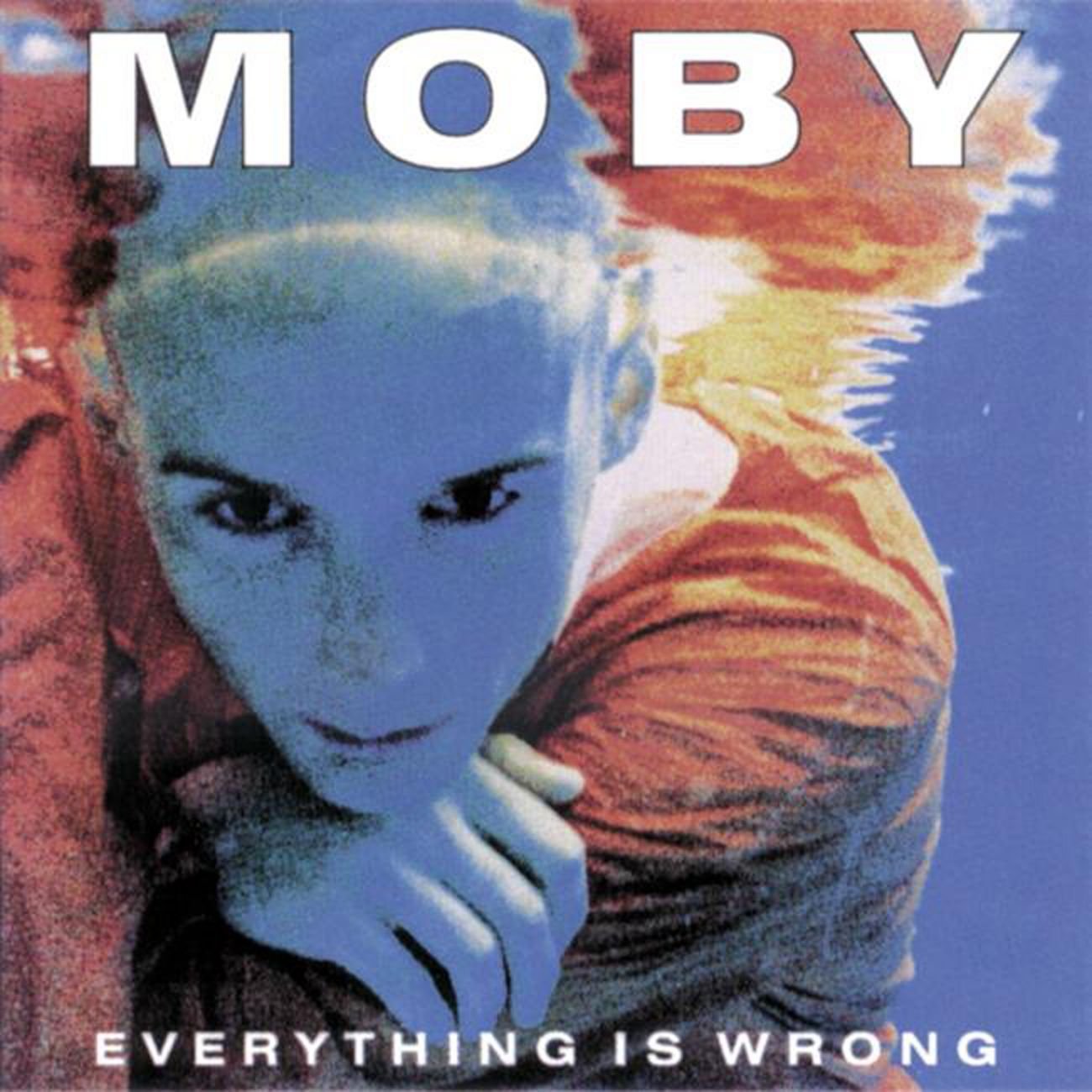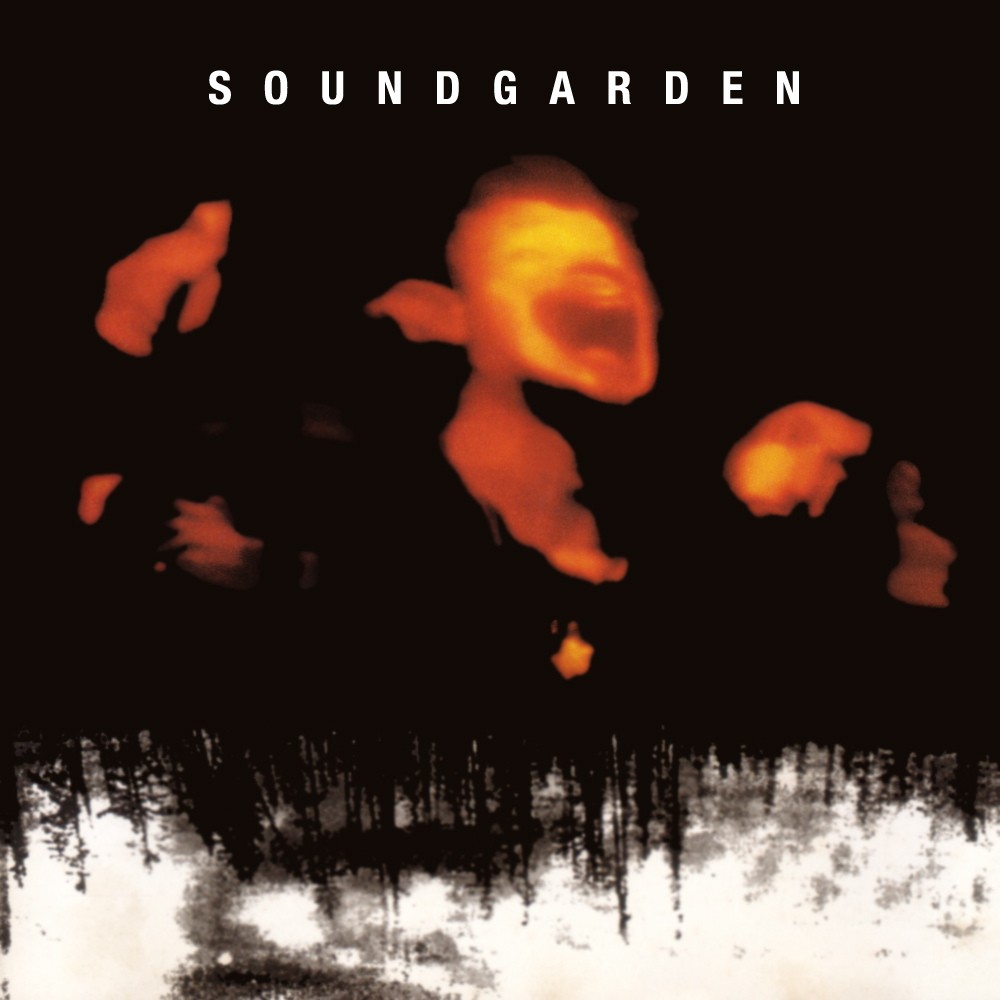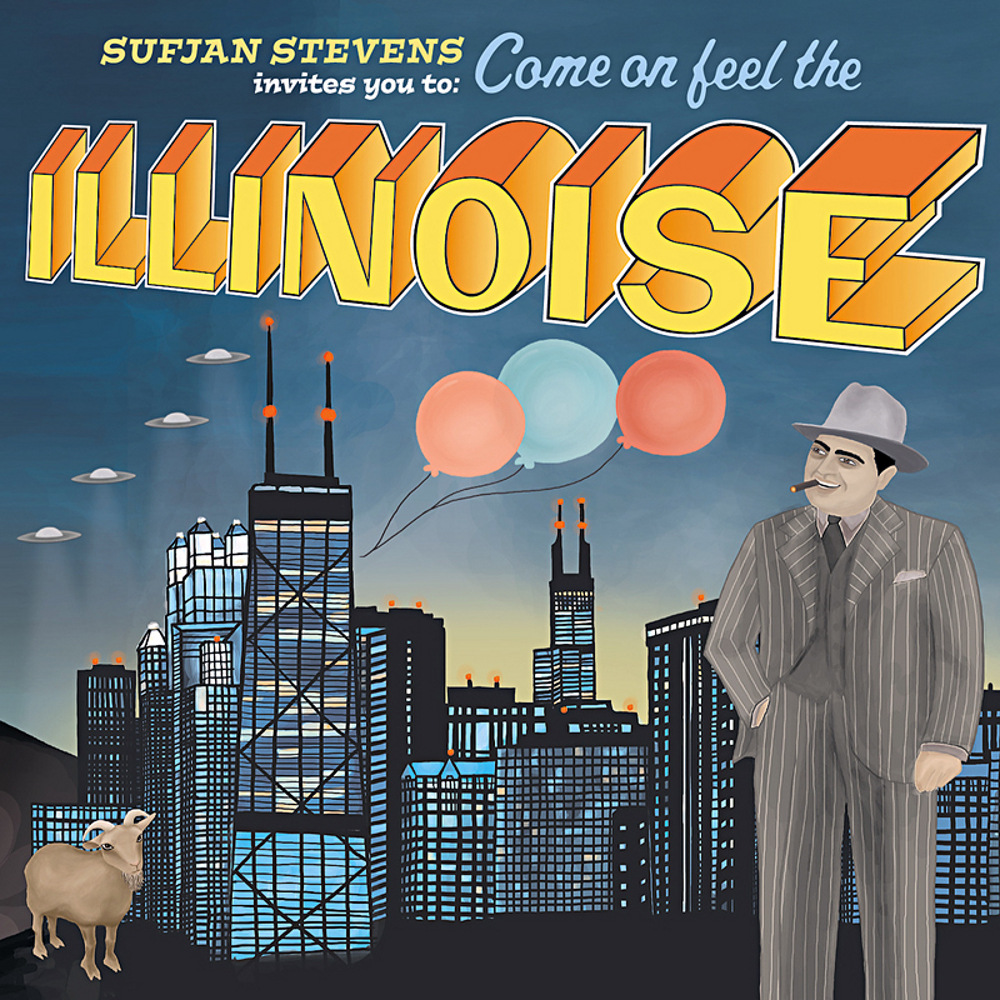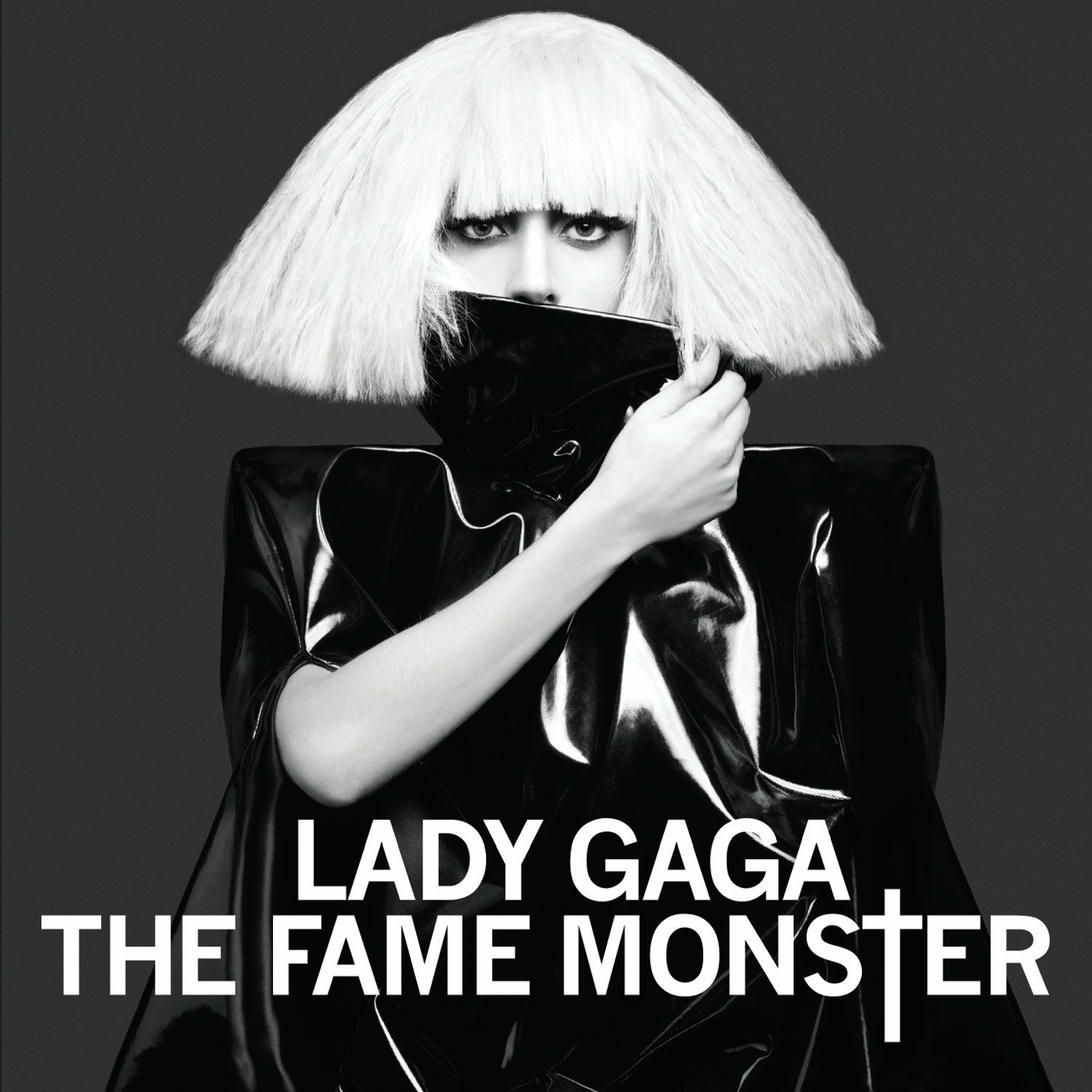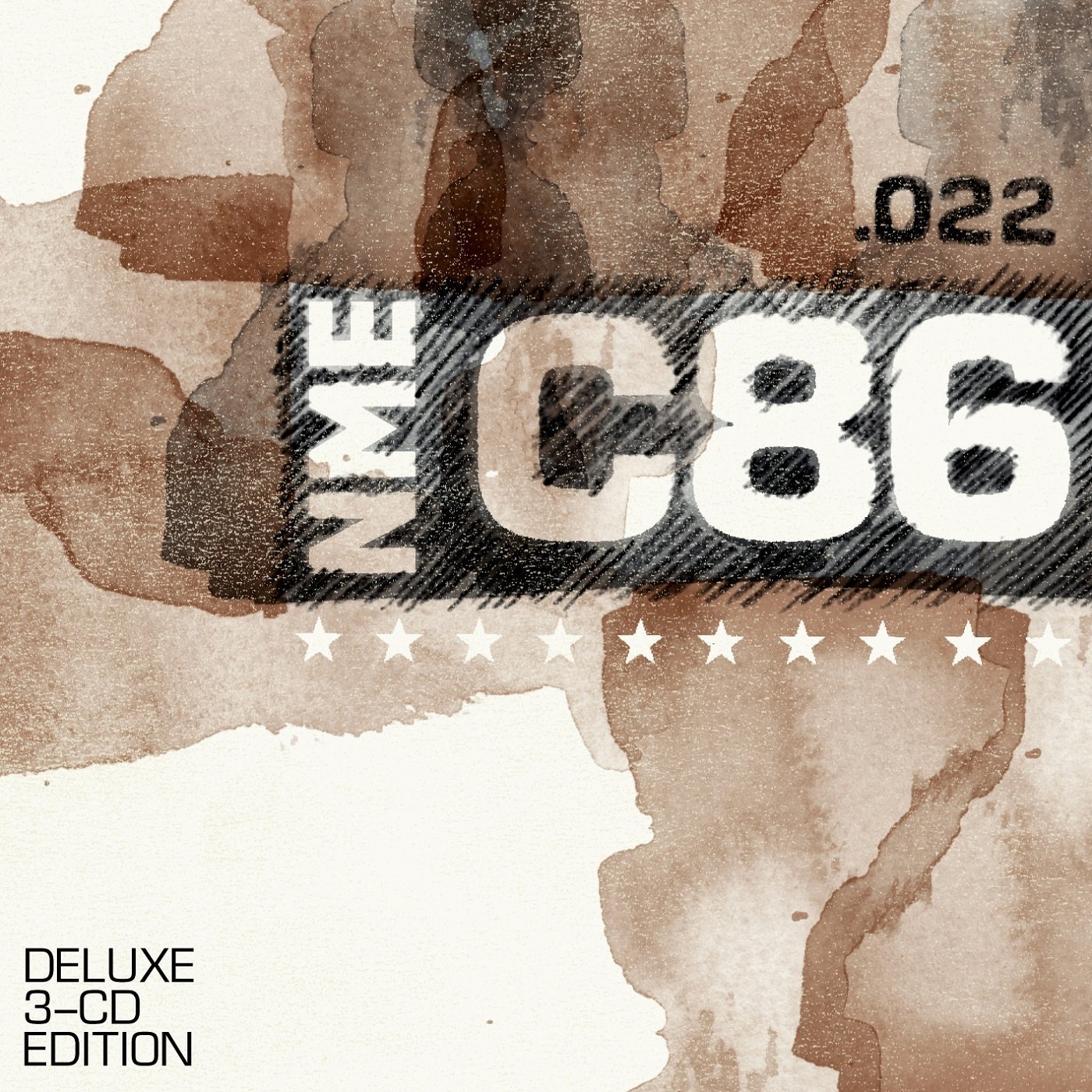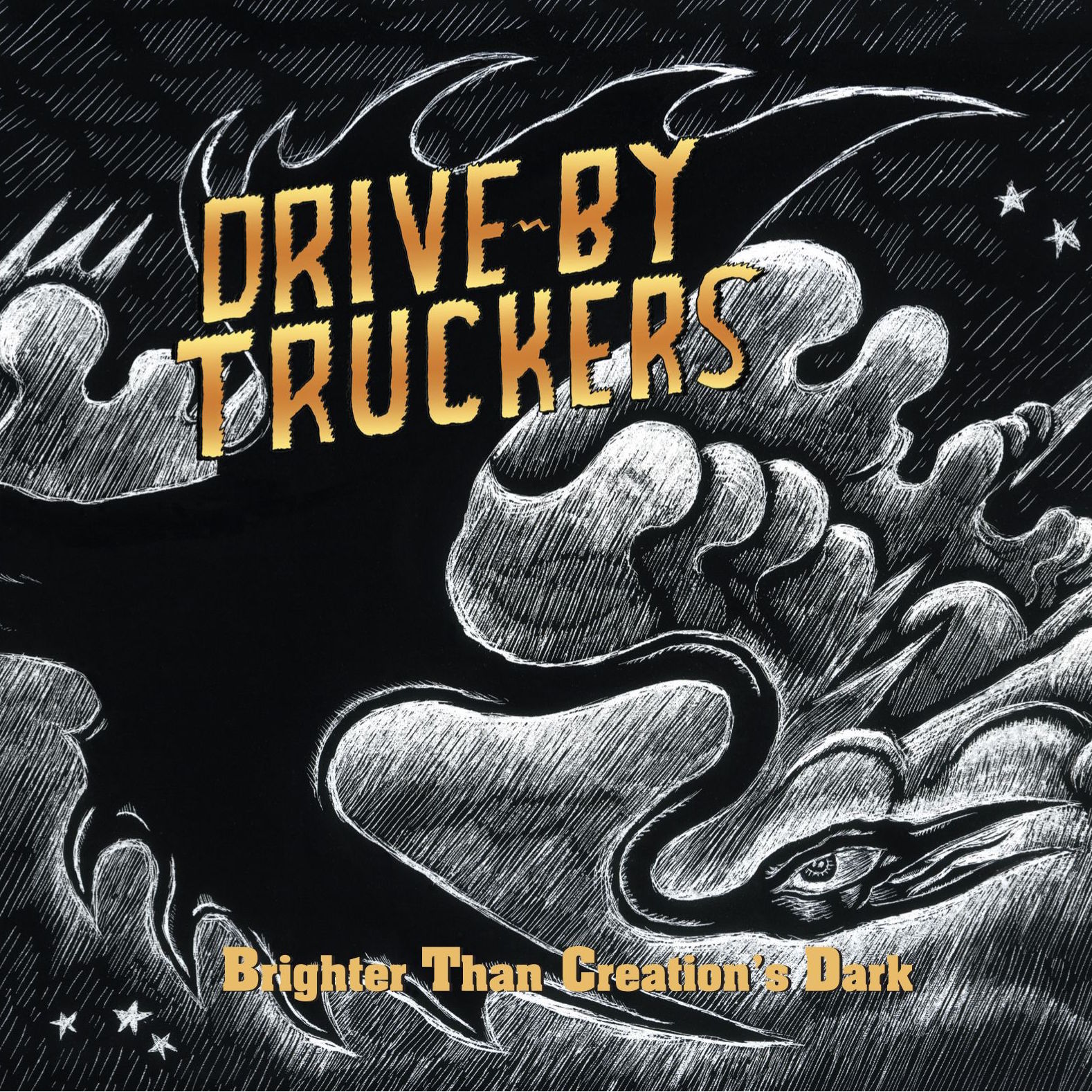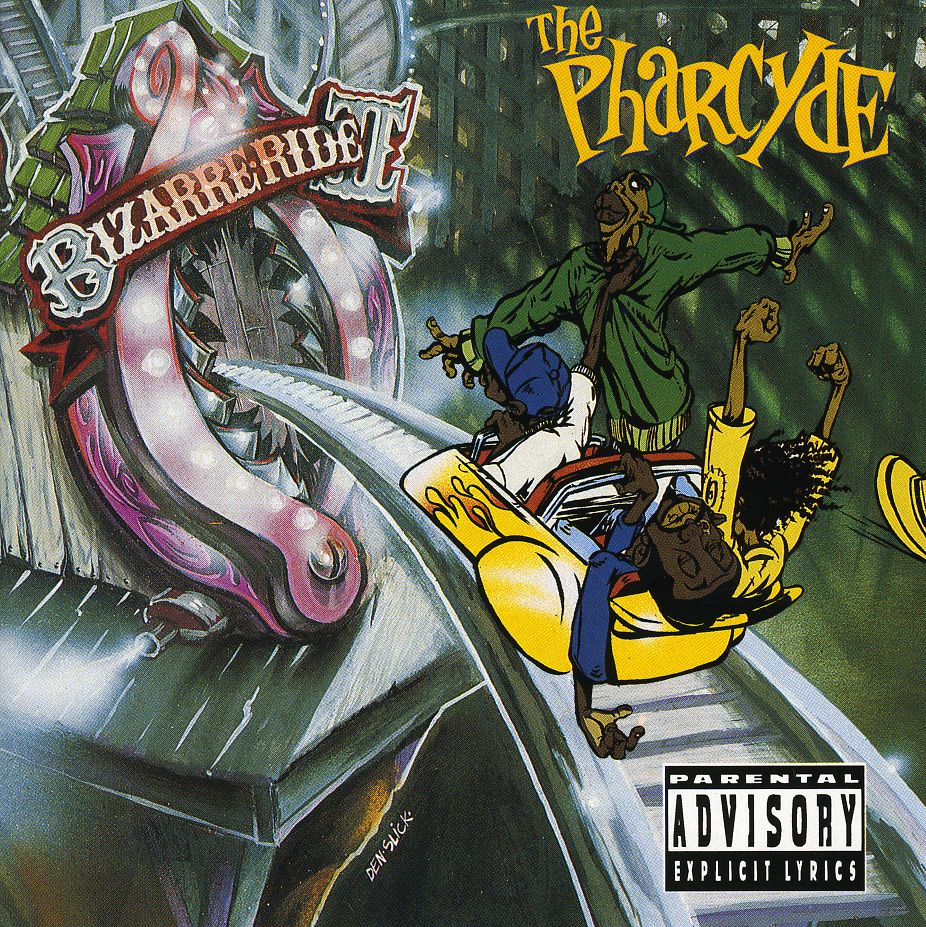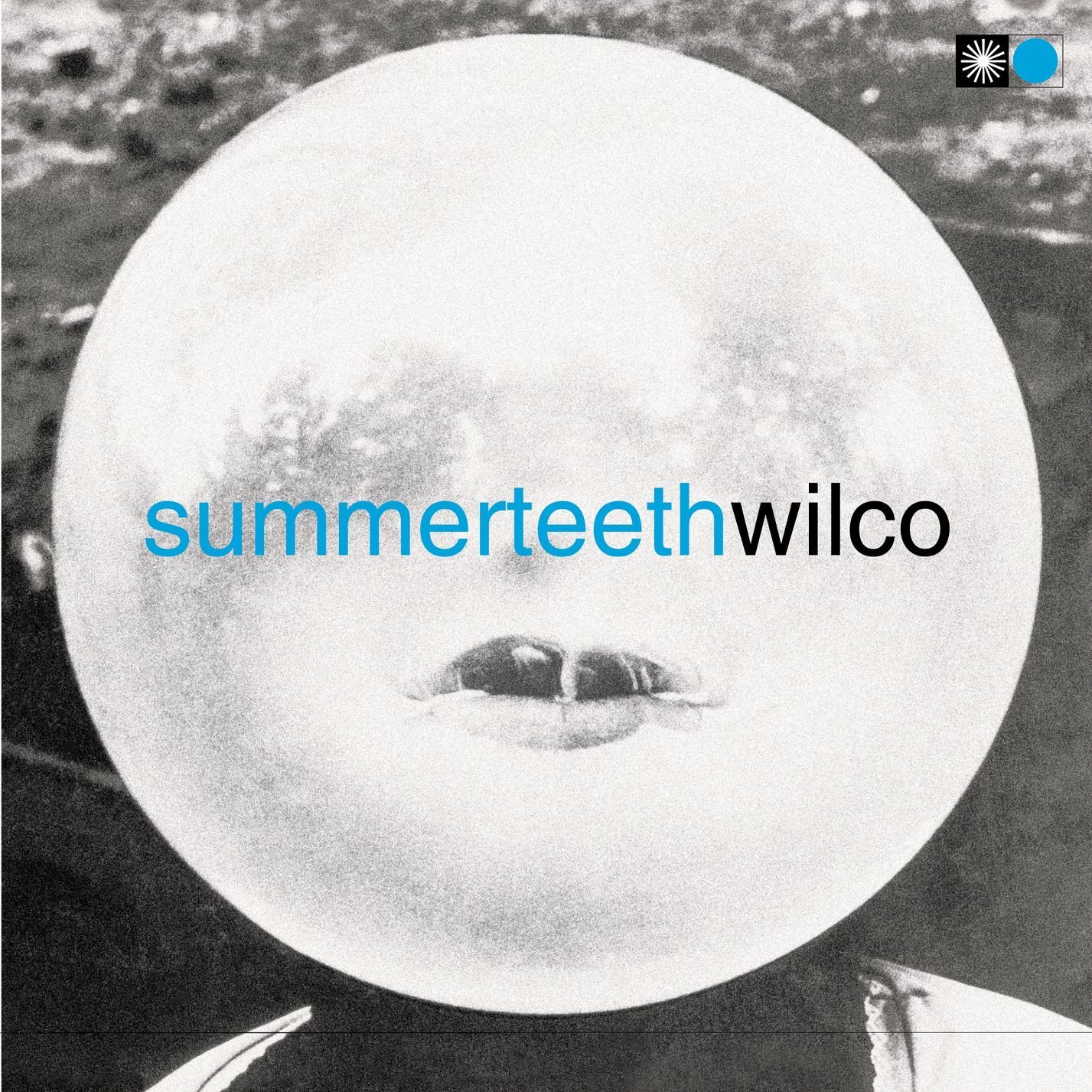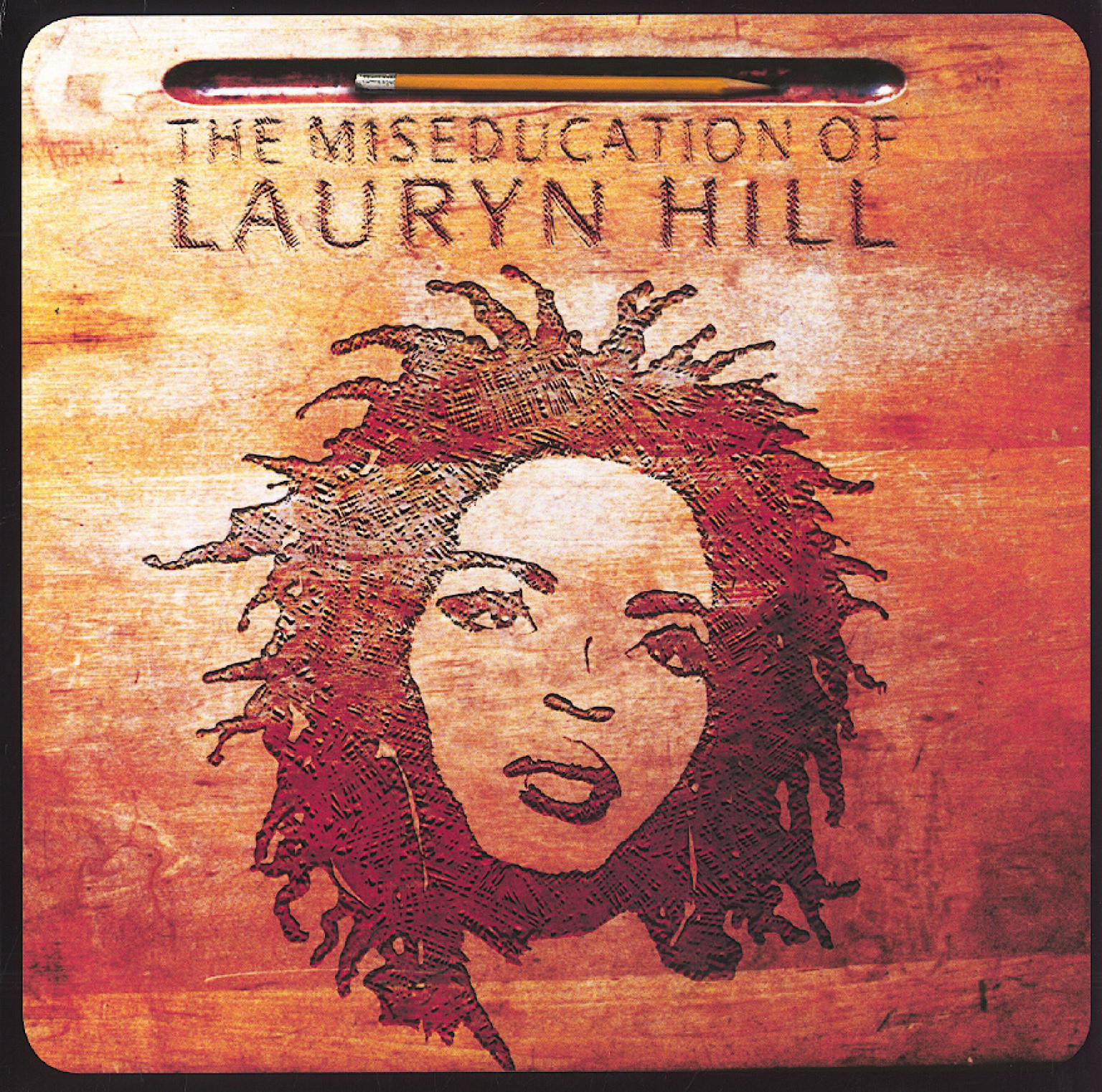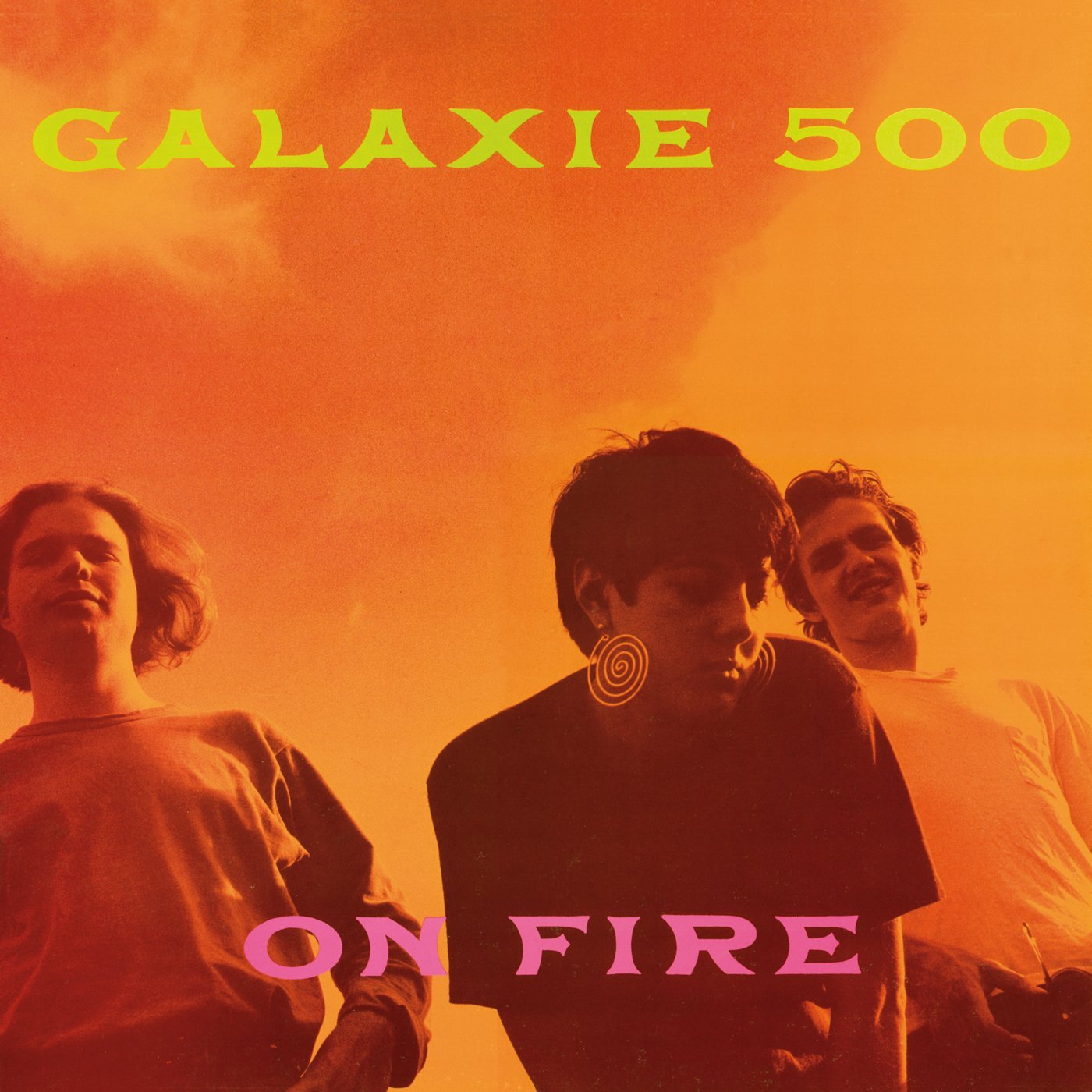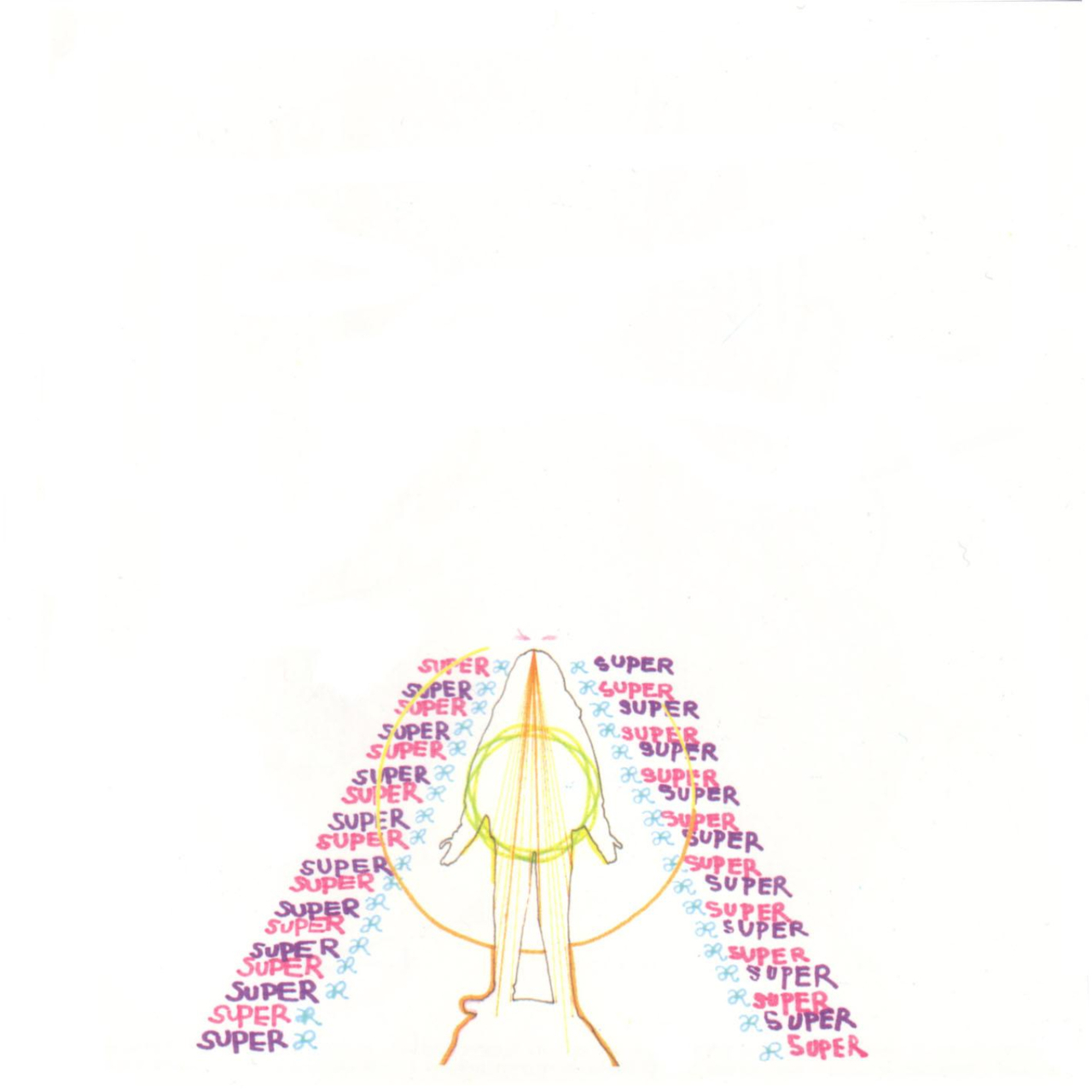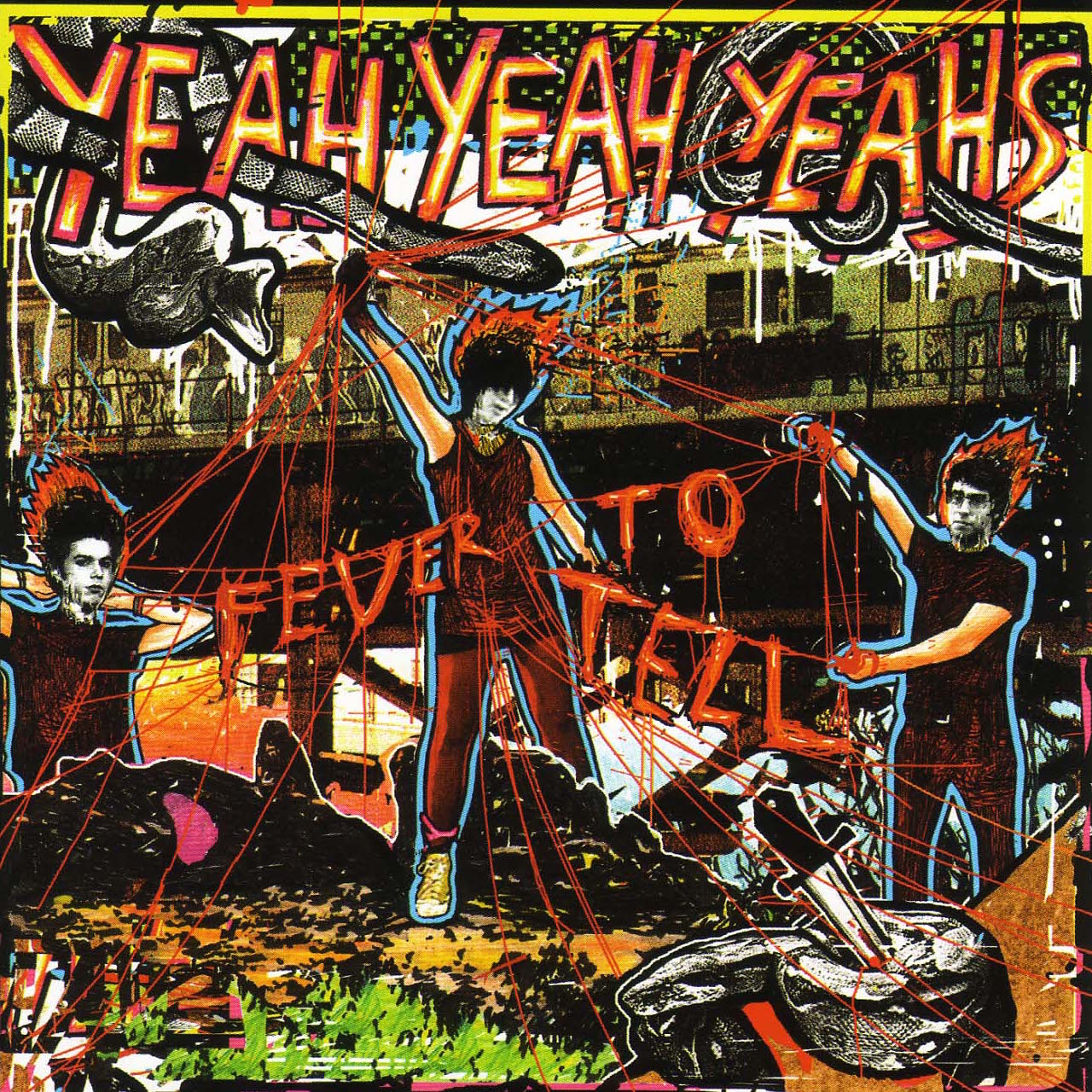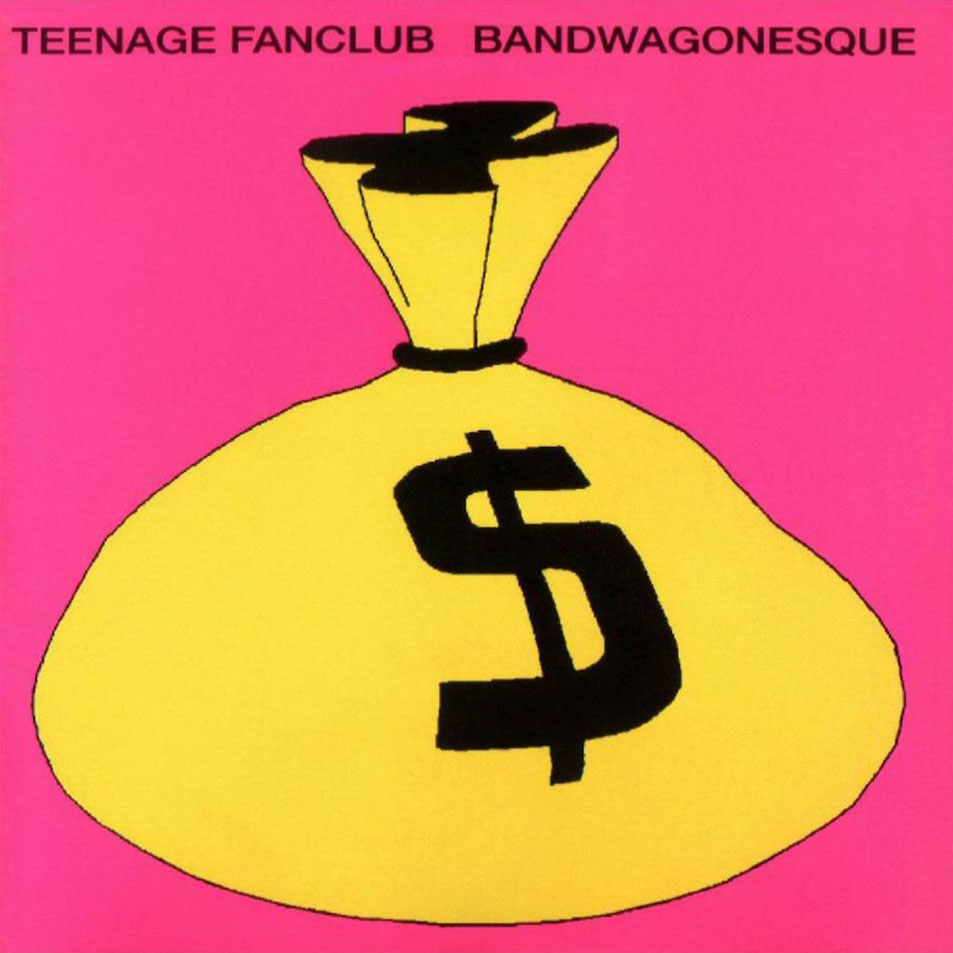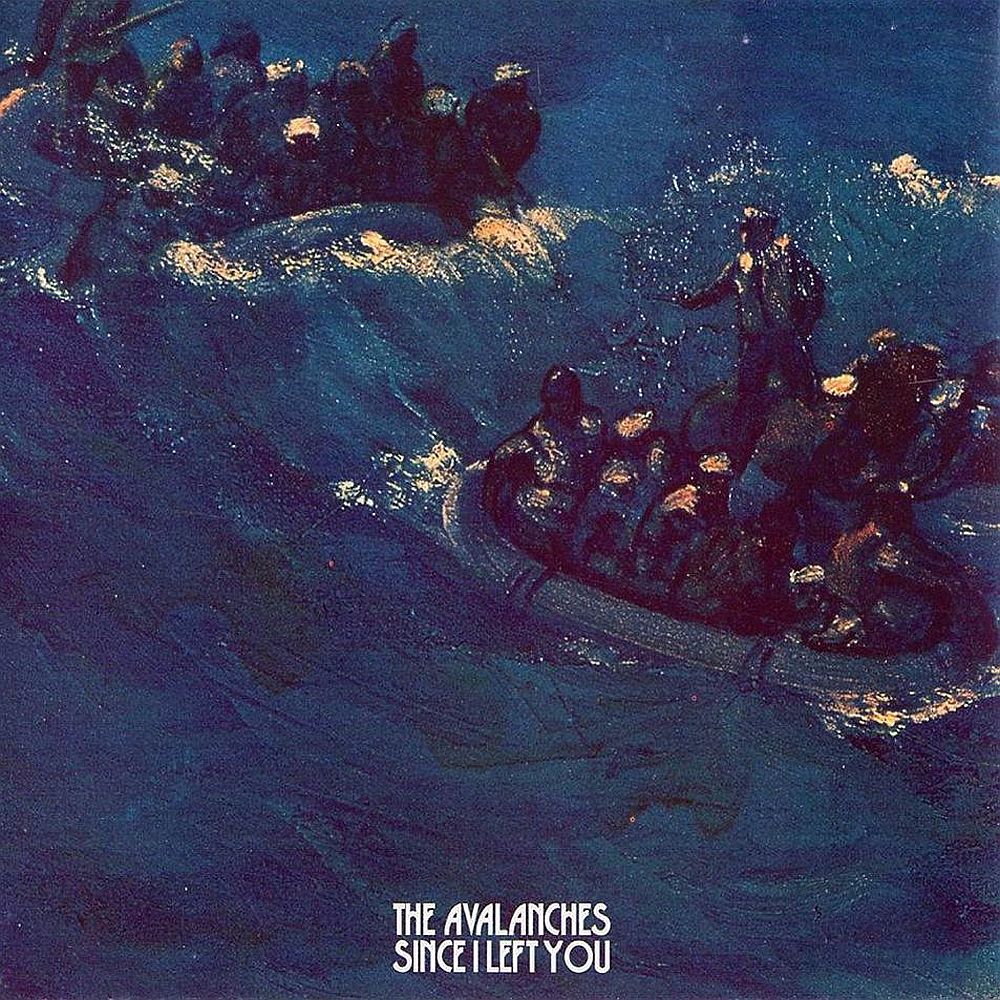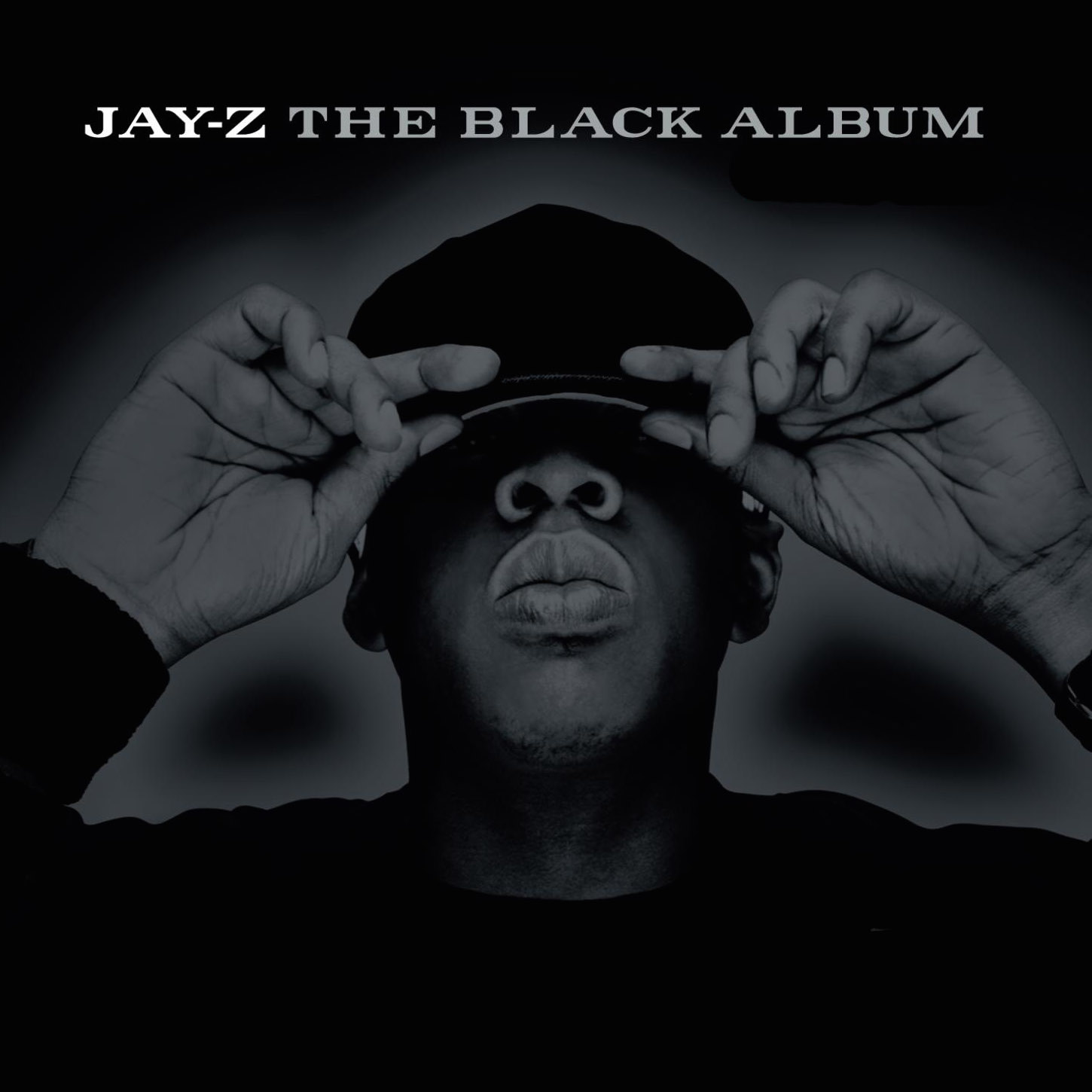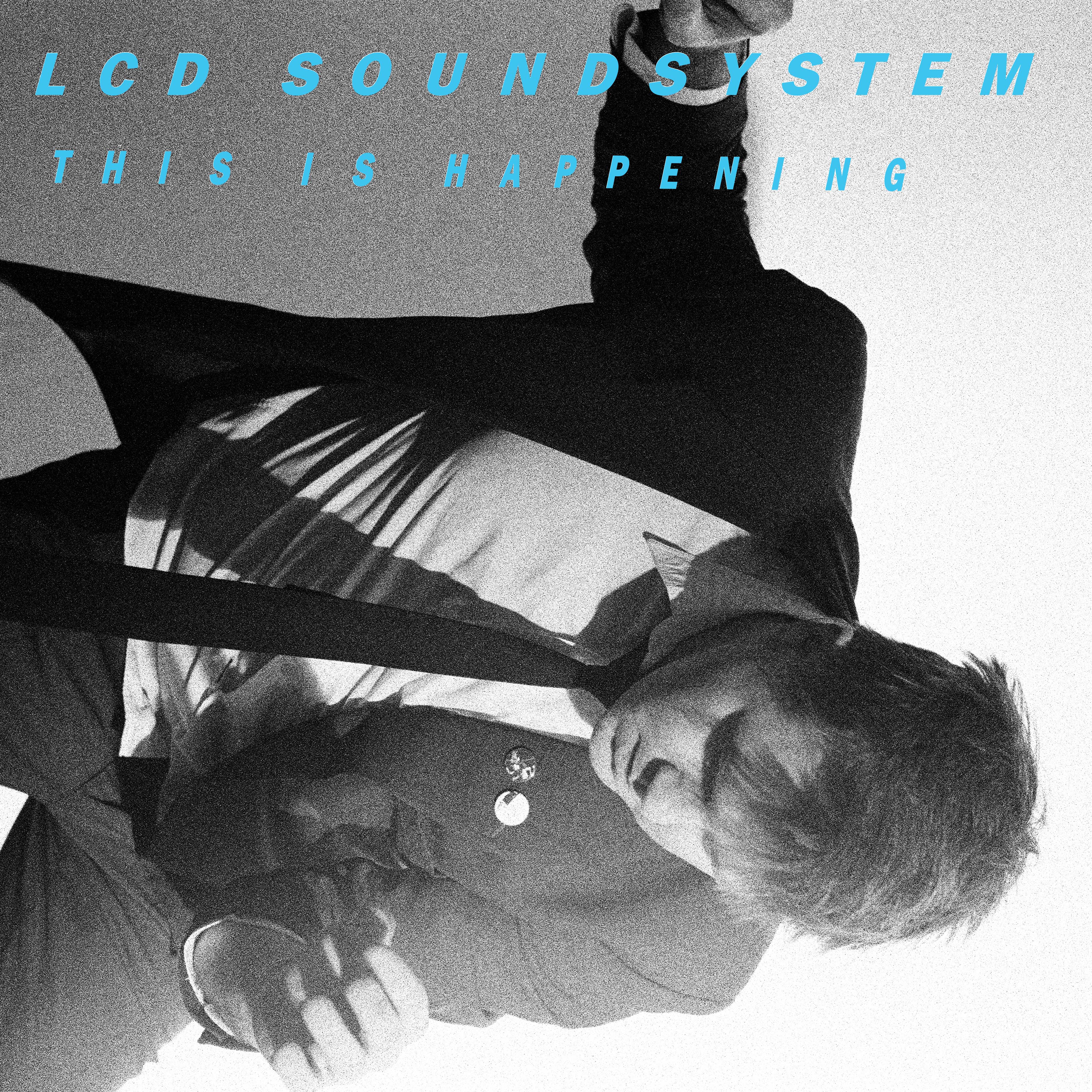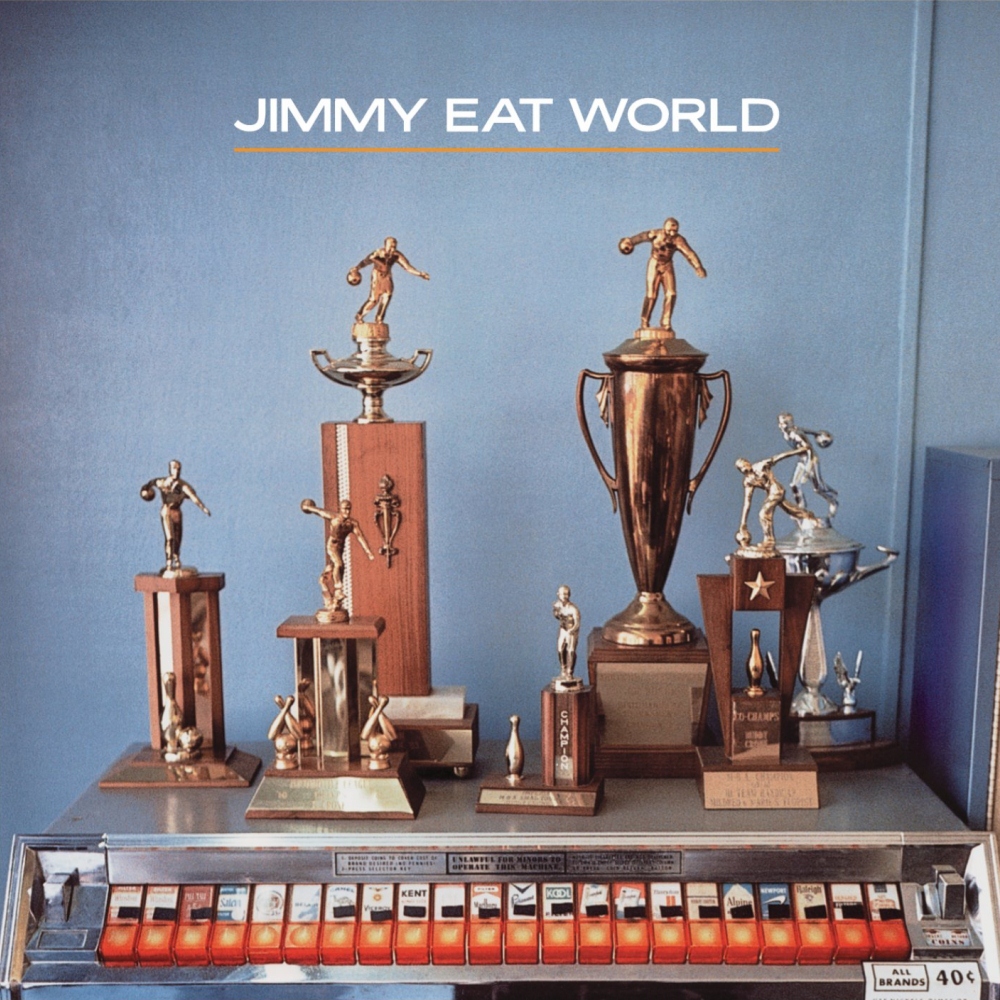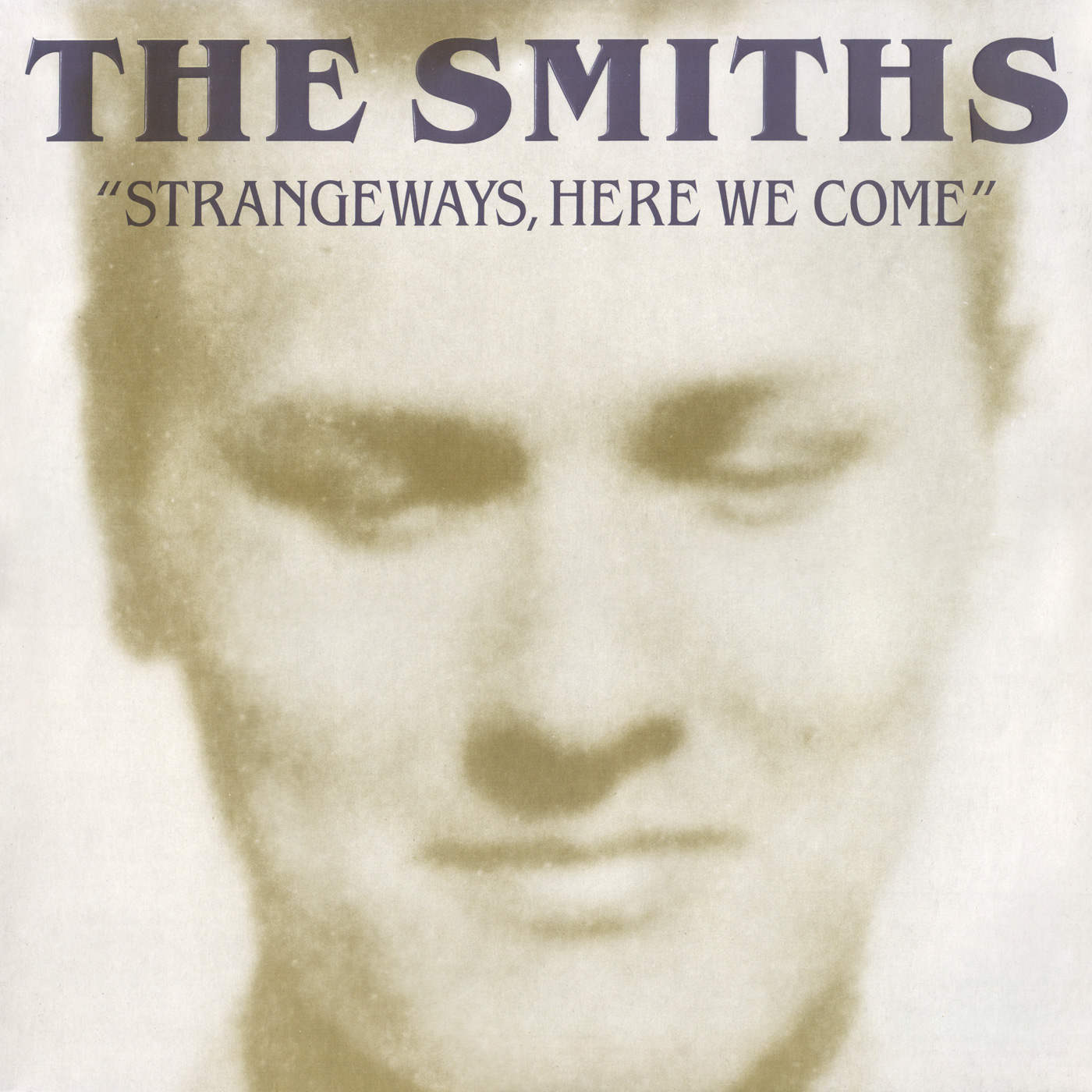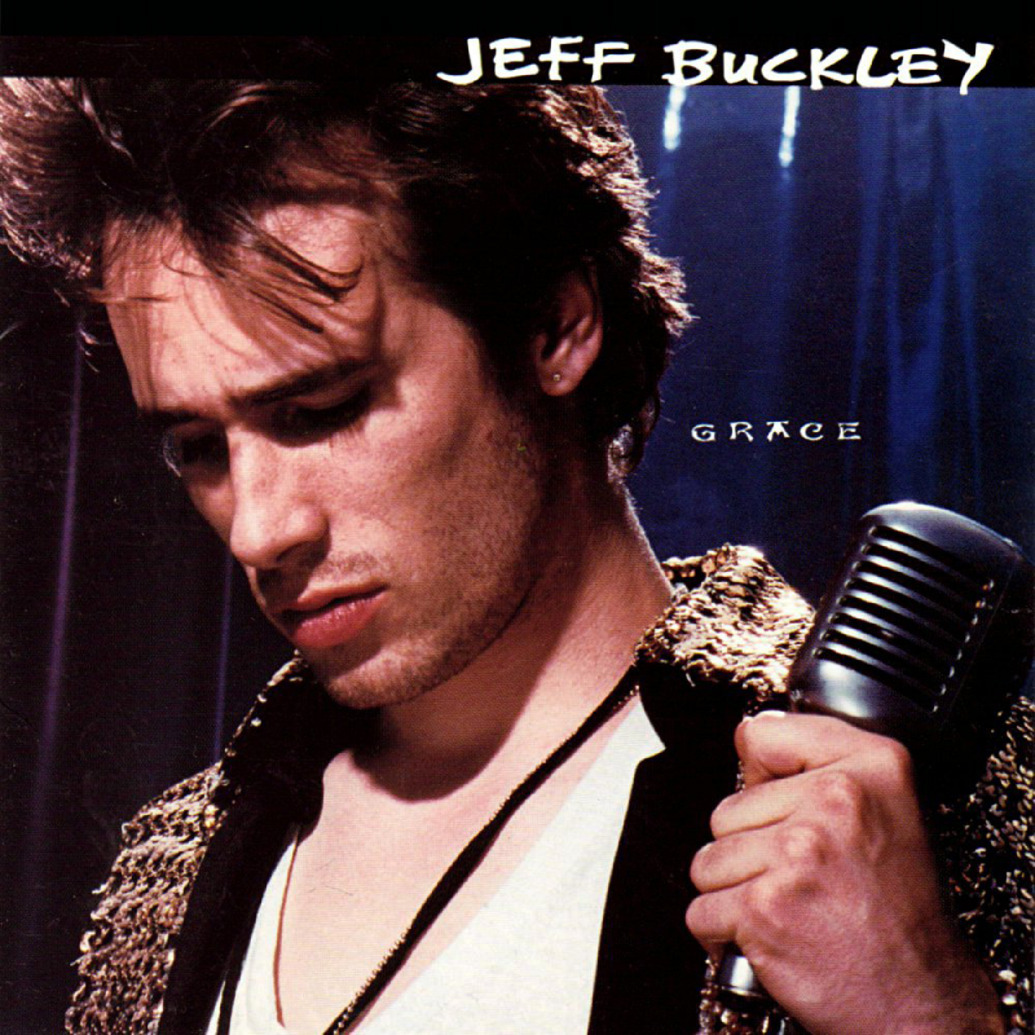240. Animal Collective, Sung Tongs
(FatCat, 2004)
It’s strange to think that such a trippy collection of spirit-infested campfire songs would sound this accessible. But that’s precisely what Animal Collective (then comprised of just Avey Tare and Panda Bear) pulled off with their room-spinningly colorful and blurry fifth effort. Whether they were constructing sweetly childlike couplets (“Rabbit or a habit? Habit or a rib?”) or weaving together minimal yet tear-inducing, What Dreams May Come soundscapes (“Winter’s Love,” especially), AnCo invited listeners to join them as they constellated their place among the stars. — RACHEL BRODSKY
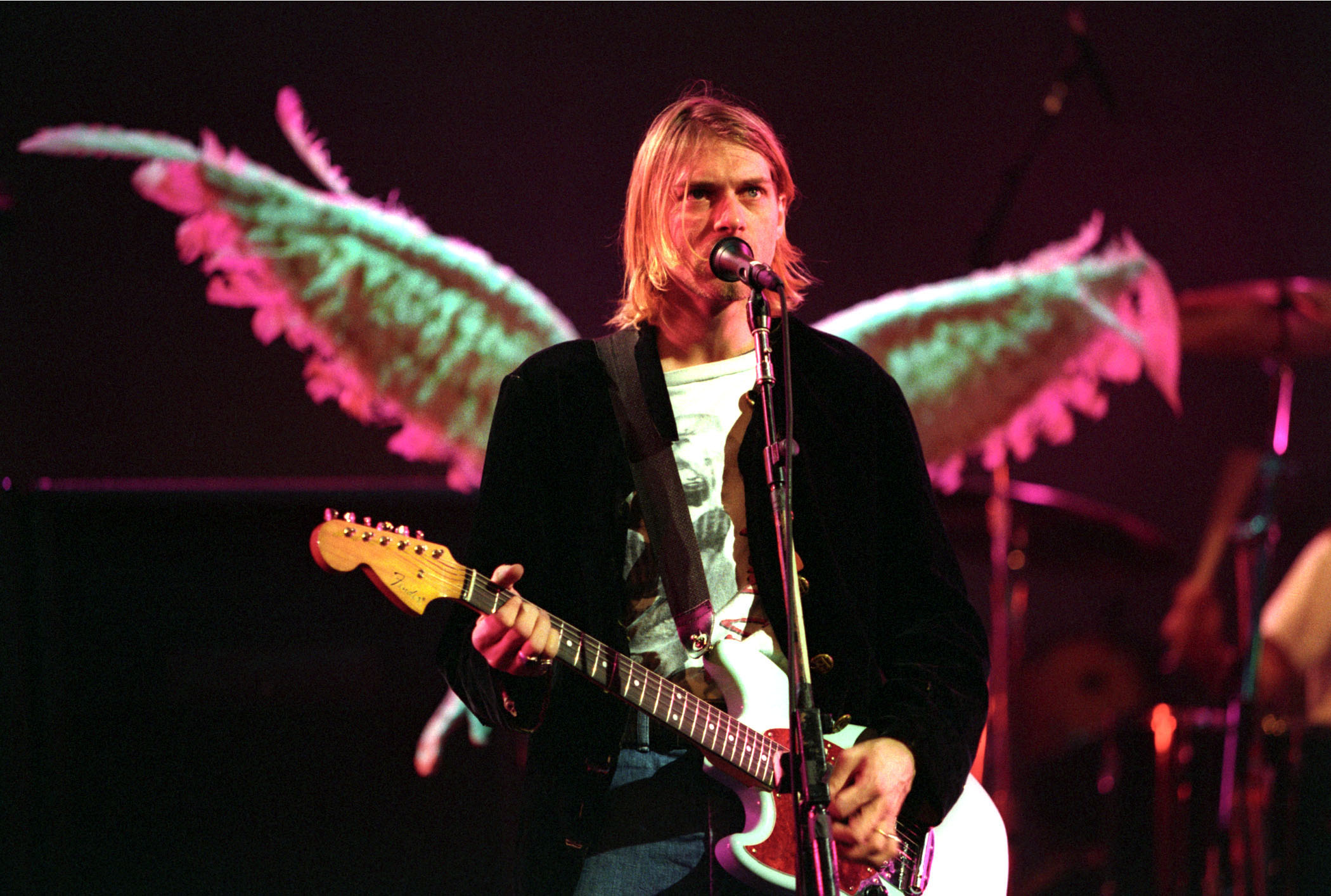
Also Read
Kurt Cobain Forever
239. Rilo Kiley, The Execution of All Things (Saddle Creek, 2002)
Rilo Kiley’s second LP finds the Los Angeles foursome — led by frontwoman Jenny Lewis and guitarist/vocalist/onetime boyfriend Blake Sennett, who split soon after the album’s release — striving to seek closure: in growing pains (“You can use baseball cards to pay your rent”), romantic grievances (“And if you want me you better speak up”), and coming from a family of divorce (the segmented “And That’s How I Choose to Remember It,” sprinkled between a handful of tracks). The Execution of All Things might be a glimpse into late-onset adulthood, but it’s a startlingly familiar one. — RACHEL BRODSKY
238. Various Artists, The Indestructible Beat of Soweto
(Earthworks, 1985)
It shouldn’t surprise any newcomer that the apartheid-suppressed mbaqanga artists on the most important “world” music release of all time sustain beauty, harmony, and earth-tearing bass lines across the collection’s 12 tracks, without exception. No, the revelation is this compilation’s multitude of flavors: the throaty talking blues and gospel counterpoint of Udokotela Shange Namajaha’s “Awungilobolele,” the rollicking synth-country of Umalathini Nabo’s “Qhude Manikiniki,” the tongue rolls and robot voices of Amaswazi Emvelo’s “Indodo Yejazi Elimnyama.” The universal language wins again. — DAN WEISS
237. Godspeed You! Black Emperor, Lift Your Skinny Fists Like Antennas to Heaven
(Constellation/Kranky, 2000)
Out of the smoldering wreckage left behind by Godspeed You! Black Emperor’s gorgeously apocalyptic debut, 1998’s F? A? ?, came this awe-inspiring sequel. A double album divided into four dynamic instrumental suites, the sorta-insufferably named Lift Your Skinny Fists Like Antennas to Heaven saw the Montreal collective refine their widescreen ambition — weaving together drone, mad-scientist classical, and sampled spoken-word bits — to assemble an end-of-days tone poem filled with furious crescendos and forlorn fade-outs; wherein hope melts into despair, and the “Playground of the World” coarsens into something far more ominous: The crown jewel of post-rock. — KYLE MCGOVERN
236. Interpol, Turn on the Bright Lights
(Matador, 2002)
The opening arpeggio says it all: Joy Division is dead, long live Joy Division. It was an obnoxious comparison then, but it’s easy to see now how these post-punks chewed up their Factory Records forefathers and smeared the bitter pulp across a far more epic, equally unkind canvas. Has a more lush shade of sonic gray ever existed? — CHRIS MARTINS
235. Oneohtrix Point Never, Replica
(Mexican Summer, 2011)
Daniel Lopatin’s third album is a benchmark in compromise between couples where one person can’t sleep without low hum of the TV and the other needs music. Replica samples heavily from late-night infomercials, invoking a patchwork of warped Discovery Channel scores and wave splashes, animals wheezing, and otherworldly cadences from human mouths chopped and looped before further details can be gleaned. If he could only make the blanket bigger we’d be good. — DAN WEISS
234. Janet Jackson, Control
(A&M, 1986)
A blockbuster of sneaky proportions — six out of the nine tracks were top-20 hits, all but one reaching the top five — whose message declaring the former Good Times star “all grown up” was delivered loud and clear by the peerlessly whip-smart “Nasty” and “What Have You Done For Me Lately.” Even the non-singles have endured: Closer “Funny How Time Flies” was recently sampled wholesale by obvious Janet acolyte Tinashe on her breakout album, Aquarius. —ANDREW UNTERBERGER
233. Bright Eyes, Lifted or the Story Is in the Soil, Keep Your Ear to the Ground
(Saddle Creek, 2002)
With the entire Saddle Creek gang backing (the Faint, Rilo Kiley, Cursive, Azure Ray), Conor Oberst orchestrated a grandly intimate indie-folk storybook that became the didactic snack food of a generation of hipsters. Tropes include: lovers you don’t have to love, religious distrust, existential fear, severe self-awareness, wine-swilling pals, casual drug use, edifying encounters with strangers, and not s**tting oneself. — CHRIS MARTINS
232. The War on Drugs, Lost in the Dream
(Secretly Canadian, 2014)
The Philadelphia quartet’s third LP of dreamscaped blue-collar guitar rock is unequivocally their best, and also their most ambitious. Main brain Adam Granduciel harnessed anxiety and depression — triggered by near-constant touring for two years and obsessing over Lost In the Dream’s minutiae — into epics like the chugging Springsteen homage “Red Eyes” and the sprawling seven-minute catharsis that is “An Ocean in Between the Waves.” — HARLEY BROWN
231. M.I.A., Arular
(XL, 2005)
Has any other musical persona from this century arrived so fully formed? Before you even bother fumbling for some names: M.I.A.’s full-length debut made good on the hype generated by pre-release singles and her mixtape team-up with Diplo (that would be 2004’s Piracy Funds Terrorism), serving as the globe’s proper introduction to the Sri Lankan multi-threat born Mathangi Arulpragasam. Fusing overtly political lyrics — sweatshops, child prostitution, and gun violence all get hit with floodlights — to an electro-shocked mélange of dancehall, grime, hip-hop, reggaeton, and more, Arular offers a DayGlo-colored view of the world but refuses to plead ignorance, even as it relishes in its own dizzying rhythms. Any challengers? — KYLE MCGOVERN
230. The Shins, Chutes Too Narrow
(Sub Pop, 2003)
A year before a painfully earnest indie film changed his life, James Mercer led us down Chutes Too Narrow, the Shins’ deceptively intricate sophomore effort. Musically direct, the follow-up to 2001’s keyboard-soaked Oh, Inverted World benefits from the touch of the band’s co-producer, Phil Ek, who invited the newly conversational vocals to the forefront and backlit the gentle, guitar-driven melodies with sunbeams. But Chutes belies its easygoing aura by treating existential worries like puzzles, as Mercer dispenses dense couplets with the fervor of a Rubik’s Cube fanatic: “This rather simple epitaph can save your hide, your falling mind / Fate isn’t what we’re up against / There’s no design or flaws to find.” Sweet on the surface, dead-eyed deep down. — KYLE MCGOVERN
229. DJ Rashad, Double Cup
(Hyperdub, 2013)
The late Rashad Harden was a virtuoso, programming the unprogrammable: jazz chords, voice samples he balanced on the tip of his finger and sent rolling back askew over vintage drum and bass. Cross-stitched with the Chicago luminary’s mutant 808s, these Footwork gumbos were more hyperactive and frenetic than any dubstep. His rebelliousness was all-inclusive; the two mottos gleaned from his sole full-length were “I don’t I don’t I don’t give a f**k” and “let me show you how.” We eagerly await the bro version. — DAN WEISS
228. Paramore, Paramore
(Fueled By Ramen/Atlantic, 2013)
Paramore’s self-titled album saw 24-year-old Hayley Williams on her grown-up s**t, with an album big and smart and tuneful enough to make radio programmers forget that rock music on Top 40 wasn’t really a thing anymore in 2013, led by lyrics that excoriated anyone who lacked the maturity and ambition to even attempt to get on her level. “I hope I die before I get old,” the (mostly male) brat-punk contingent still quipped, and “Well then why don’t you already?” was Williams’ room-silencing reply. — ANDREW UNTERBERGER
227. R.E.M., Document
(I.R.S., 1987)
Shifting away from their insular Athens comfort zone with this brisk, leftist step out of college-rock obscurity, R.E.M. hit a sweet spot of jangling pop accessibility (jittery alt standard “It’s the End of the World As We Know It (And I Feel Fine)”), vexing romantic betrayal (“The One I Love,” the band’s first Billboard top-ten hit), and astute political parallel-drawing (the clacking “Exhuming McCarthy”). The masses might not have realized what frontman Michael Stipe was getting at when he recommended “save yourself, serve yourself,” but at least they were definitely listening. — RACHEL BRODSKY
226. Nicki Minaj, Pink Friday
(Cash Money, 2010)
“You would tell me that I lose but I won,” Nicki Minaj explains to Rap Twitter on her debut’s self-anointing opener, “I’m the Best.” Time has absolved Pink Friday, which never goes a track without an expensive hook or razor-sharp verse, crafted with the detail of a figure skater, but was too bright-neon in 2010 for the many Peter Rosenbergs of the purist world. Sure, the string of hits and gorgeous should’ve-beens (“Blazin” and “Dear Old Nicki” among her melodic best) is star-stamped by Drake, Rihanna, Eminem, Kanye West, and the then-requisite will.i.am. But it’s the hardest rapper in the world who fitted them in pink. — DAN WEISS
225. Portishead, Third
(Island, 2008)
An absolutely terrifying glimpse into the unknown, with foreboding extraterrestrial sonics that sound less like trip-hop than a reinvention of the tritone, and a singer who sounds legitimately fearful that her sanity could permanently slip away at the end of every tremblingly insecure lyric. It feels beyond disrespectful to call a masterpiece like Portishead’s Third a “comeback” album; it might even be more accurate to call their first two LPs “going away” albums instead. — ANDREW UNTERBERGER
224. Phoenix, Wolfgang Amadeus Phoenix
(Glassnote, 2009)
Six years later and untrained ears still struggle to decipher Thomas Mars’ gleeful rambles — “Lisztomania” is a horn-squelching, ‘80s-swinging blast with a chorus easily misinterpreted as “Like a rhi- / Like a rhino!,” even though it’s actually about the 19th-century fan-frenzy for a popular concert pianist. Alas, c’est la vie: Phoenix’s greatest contribution to the canon thus far is their ability to blend polished sonics and glitzy popped-collar cool in a way that works for any mood and any speed. — BRENNAN CARLEY
223. The Roots, Rising Down
(Def Jam, 2008)
Anyone who politely wrote off Black Thought as a “rapper’s rapper” rehinged their jaw after “75 Bars (Black’s Reconstruction)”: “I’m in the field with the shield and the spear, nigga / I’m in your girl with her heels in the air, nigga.” Nasty synths replaced breezy Rhodes piano on the sheet-metal grind of “Get Busy,” and the Fela Kuti horns-and-skitter on the lean “I Will Not Apologize” has no neo-R&B in its groove. Sold souls, the Virginia Tech killer, and ethnic cleansing all make appearances — ?uestlove and his legendary ensemble have several finest hours but in the words of Spinal Tap, “none more black.” Or thoughtful. — DAN WEISS
222. Bikini Kill, Pussy Whipped
(Kill Rock Stars, 1994)
In just 24 minutes, Ms. Kathleen Hanna detonated a third-wave-feminist manifesto complete with hooks, jokes, and buzzsaw guitar. Guitarist Billy Karren supplied the skronk, rhythm section Kathi Wilcox and Tobi Vail set the pace, but it was Hanna channeling her Kathy Acker/Cindy Sherman obsessions into something unstoppable, raising a racket to better scream the unspoken. In the midst of reclaiming spaces both private and public, heavy queries were pondered: “Why can’t I ever get my sugar?” The answer lies somewhere within the radical possibilities of pleasure, which riot grrrls onstage and off- have been investigating ever since. — JASON GUBBELS
221. Snoop Doggy Dogg, Doggystle
(Death Row, 1993)
Dr. Dre might’ve invented the G-Funk era, but Snoop D-O-Double-G was its true leading man, a figure who slipped on the period’s ‘70s soul trappings like a silk chiffon robe, equally convincing (in his own words) handling things like a gentleman or getting into some gangsta s**t. Whether he was paying extended tribute to Slick Rick, hustling with the Dramatics or throwing hip-hop’s best party since Kurtis Blow, Doggystyle proved Snoop the next great rap superstar, and wannabe G’s have been using his style like a contraceptive ever since. — ANDREW UNTERBERGER
220. Brad Paisley, American Saturday Night
(Sony Music Distribution/Arista, 2009)
Here’s where you find out exactly how far “Accidental Racist” caused the Nashville superstar to fall. From the ironic all-male singalong explaining that actually “It’s not who wears the pants / It’s who wears the skirt,” to the Obama endorsement titled “Welcome to the Future,” Paisley — in his charming, possibly naïve way — reimagines country as the melting pot that all the hipper genres get to be; and does so literally on the title tune, which celebrates Chinatown and Little Italy’s proximity. Good sense of direction this guy has. Even better falsetto and lead guitar. — DAN WEISS
219. System of a Down, Toxicity
(American/Sony Music Distribution, 2001)
These four Armenian-Americans from Los Angeles heard something in nü-metal that we didn’t, and with Rick Rubin’s help they made it a brick-hard canvas for thrash klezmer (“Needles”), beautifully harmonized folk melodies supporting Charles Manson’s pre-scumbag teachings (“ATWA”), and bullhorn protests against filling our jails with drug users (“Prison Song”). Of course, the breakout hit was titled “Chop Suey!” There will never be another band like them, metal or otherwise. — DAN WEISS
218. Ariel Pink’s Haunted Graffiti, Before Today
(4AD, 2010)
After spending a decade in lo-fi obscurity (and accidentally inventing chillwave), Ariel Pink — née Rosenberg — went bold for his 2010 breakout: remaking promising but crudely recorded highlights from his bedroom-conceived back catalog in a proper studio with a full band. The resulting, profile-raising document held true to its auteur’s filmic, lo-fi vision; Before Today stands as a comparatively cleaned-up reboot, but retains the aura of a heat-warped cassette, a long-lost classic oozing with soft-rock flourishes and bubbleslum brilliance. — KYLE MCGOVERN
217. Orbital, In Sides
(FFRR, 1996)
The forgotten masterpiece of the Big Beat era, In Sides unified countless disparate strands of ’90s electronic music — breakbeat, ambient house, IDM, just about any other techno subgenre with a name no one has spoken in two decades — into a symphony whose rapture was more consciousness-elevating than ass-moving. Even as instrumentals “The Box” and “Dwr Bdwr” made you more fearful for our planet than a liner notes-length Moby screed, album-closing two-part epic “Out There Somewhere?” was more likely to have you waving at our unseen neighbors in the night sky than Close Encounters of the Third Kind. —ANDREW UNTERBERGER
216. Destroyer, Kaputt
(Merge, 2011)
This one’s for the romantics; for those seduced by wine-stained lyric sheets, overstuffed bookshelves, and savage nights at the opera; for those partial to stuttering synths, sincere trumpet and sax fills, and blue-gray color palettes; for those who fall hard when a dashing raconteur plays rogue and swears, “Baby, can’t you see they had it in for me? / They had it in for me”; for those who take pleasure in spotting leitmotifs; for those patient enough to wait nine albums for an artist to make his own ageless, front-to-back masterpiece; for those proud to have earned their heartache, and willing to risk more. — KYLE MCGOVERN
215. Spiritualized, Ladies and Gentlemen We Are Floating in Space
(Dedicated/RMG, 1997)
Around the release of his 1997 epic, Ladies and Gentlemen We Are Floating in Space, Spiritualized’s Jason Pierce was wallowing in the wake of a heart-wrenching breakup and nursing what has become one of indie rock’s most famous (and most famously debilitating) drug habits. The despair looms most clearly on “Cop Shoot Cop,” the album’s 17-minute closer, which details a “hole in [his] arm where all the money goes.” There are all manner of Velvet Underground-gone-cosmic moments of overstuffed peace and light that precede it, but that extraterrestrial dirge underlines the feeling that this a record that hangs heavy — the sort of harrowing high you can’t easily forget. — COLIN JOYCE
214. Chance the Rapper, Acid Rap
(Self-Released, 2013)
As exciting a hip-hop breakthrough as we’ve seen in the ’10s, an album whose mix of artistic ambition, social awareness, and personal fallibility — delivered in an instantly singular drawl — was eerily reminiscent of another Chicago rapper’s arrival from a decade earlier. The craziest thing was that despite its laser-focus, smooth-rolling flow, and dudless track selection, really, Acid Rap wasn’t even an album proper, making you wonder if either Chance’s true debut LP is gonna be hip-hop’s Marquee Moon or if we should just retire the term “mixtape” forever. —ANDREW UNTERBERGER
213. New Order, Brotherhood
(Qwest, 1986)
Until 2001’s guitar-filled retcon/reunion Get Ready, this less club-concerned effort was the original synth-pop Album Artists’ most uncharacteristically organic LP, with the strummy “All Day Long” building to an almost embarrassingly gorgeous symphonic finish, and “Way of Life” chilling in a wet breeze of psychedelia. “Every Little Counts” was their silliest song ever, and “Bizarre Love Triangle,” heard ‘round the world, was their finest. — DAN WEISS
212. Beach House, Teen Dream
(Sub Pop, 2010)
Blowing out the candlelit intimacy of their first two albums, Beach House bathed their exquisite dream-pop in wintry sunshine for Teen Dream, the Baltimore-bred duo’s third LP and Sub Pop debut. With an assist from producer Chris Coady (and no doubt inspired by the converted church where they recorded), singer-keyboardist Victoria Legrand and multi-instrumentalist Alex Scally leveled up in every way: They rolled back the reverb, allowing their never-better brew of chilly keyboards, lovesick guitars, and misty organs to ring through in hi-res, as Legrand’s all-seeing perspective and full-throated vocals enhanced the reverie. As comforting as a lighthouse in a hailstorm. — KYLE MCGOVERN
211. Aaliyah, One in a Million
(Blackground, 1996)
The album that saw Aaliyah emerge from the shadow of mentor/husband/violator R. Kelly — with the help of musical soulmates Timbaland and Missy Elliott — as Baby Girl, with a hard-earned maturity and world-weariness that made her seem wiser than divas twice her age. She didn’t cover up her scars — breakup ballads “Heartbroken” and “The One I Gave My Heart To” are devastating in their palpable sense of betrayal — but the Aaliyah of the slinky, taunting “If Your Girl Only Knew” and the intimate, interstellar title track was the Aaliyah we’ve come to know and truly love: cool but approachable, guarded but not jaded, and ever so funky. —ANDREW UNTERBERGER
210. The Mountain Goats, Tallahassee
(4AD, 2002)
The opening salvo of the rest of John Darnielle’s life. Sasha Frere-Jones dubbed him “America’s finest non-hip-hop lyricist,” a distinction that likely helped earn him bids to become the U.S. poet laureate. But the most frightening thing about the record that launched him to cult stardom is that it’s not a breakup album, but something much worse: the saddest stay-together album imaginable, in which the narrator compares his incompatible “Alpha Couple” to the trucks loaded down with weapons on the border between Greece and Albania. The cheeriest melody shows up to end the suffering cycle – with a premonition that they’ll decompose. — DAN WEISS
209. Fiona Apple, The Idler Wheel…
(Clean Slate/Epic, 2012)
Fiona Apple followed 2005’s Extraordinary Machine — and her subsequent self-inflicted hibernation — with a quavering piano-pop opus marked with surprisingly minimal production and the most open-veined honesty of her career. This newfound sparsity worked in Apple’s favor, particularly on the thunderous “Daredevil” (“Don’t let me ruin me / I may need a chaperone”) and the raw-to-the-point-of-bloody “Valentine” (“As you were watching someone else / I stared at you and cut myself”); as emboldened a comeback as we’re likely to see this decade. — RACHEL BRODSKY
208. Run the Jewels, Run the Jewels 2
(Mass Appeal, 2014)
For much of 2014, it looked as though there would be no meaningful hip-hop to spit truth to some of the tragic abuses of power that dominated the news cycle nationwide. Enter Run the Jewels 2. Armed with wickedly clever, bombastic, and righteously irate verses, Killer Mike and El-P — the most genuine dynamic duo working right now — fearlessly face down all of the world’s f**kboys and set a new gold standard for 21st-century protest music. “We killin’ them for freedom ‘cause they tortured us for boredom,” Mike declares over one of the record’s many heavy, waggish beats. “And even if some good ones die, f**k it, the Lord’ll sort ’em.” — JAMES GREBEY
207. Deerhunter, Halcyon Digest
(4AD, 2010)
For worse and for better, Deerhunter mastermind Bradford Cox fancies himself alt-rock’s 21st-century messiah. Detractors might complain that the Georgia native is prone to self-pity — the breathy vocals, the lyrical bloodletting — but disciples could argue that on 2010’s Halcyon Digest, the frontman cedes the spotlight to an array of styles and inspirations. With his flagship project’s finest effort (so far), Cox sublimates death anxiety to host an 11-track séance: channeling the Jesus and Mary Chain (“Don’t Cry”), dusting off surf rock (“Revival”), invoking the Everly Brothers (“Basement Scene”), and memorializing the late garage-rock great Jay Reatard (“He Would Have Laughed”) — all in service of this album, a cobwebbed jukebox emitting a ghostly glow. — KYLE MCGOVERN
206. Sonic Youth, Sister
(SST, 1987)
The point at which Sonic Youth fashioned their no-wave installations into art-infected pop songs. On their fourth full-length, the avant tastemakers honed their discomfiting approach — pairing immediate hooks with carefully deployed dissonance — to illustrate an apocalyptic yet alluring vision of the Lower East Side, where talk of sex and death stands as the vernacular, ticking tension is answered with the proposition that we simply kill time, and the only hope of escape lies in an unsettling fantasy built around the Pacific Coast Highway. To be fair, though, SY MVP Kim Gordon did warn us of the wasteland’s pull: “There’s something in the air there / Makes you go insane / Brings you back to me.” — KYLE MCGOVERN
205. Mobb Deep, The Infamous
(Loud, 1995)
A deserving entry in the canon of New York City crime stories (musical or otherwise), Mobb Deep’s dour second album presents a gritty, ground-level view of the rain- and blood-soaked streets of Queensbridge. East Coast hip-hop caporegimes Prodigy and Havoc relate ultra-vivid tales of trife life — drug deals, fallen friends, time served, and the urge to drink away the pain, all depicted with a sharpshooter’s precision — over a foreboding soundtrack, an unyielding blend of bruising beats and darkly tuneful, trance-inducing jazz and soul slices. “I might crack a smile,” Prodigy intimidates, “but ain’t a damn thing funny.” No one said otherwise. — KYLE MCGOVERN
204. Aphex Twin, Selected Ambient Works 85-92
(R&S, 1992)
Everything about Richard D. James’ full-length debut is a feint, like the dates implying he began spending sleepless nights at age 14 programming on sequencers he built at age 11. Even “ambient” hardly describes much of what follows the dawning Chinese wind chimes of “Xtal” and subterranean burble of “Tha.” Instead, it’s acid synths here and Willy Wonka samples there, expert breakbeats before their time, and loads of charmingly rudimentary melodies that neither quite rave or lull. It would become known as his simplest, least flashy record, and some beat fiends would admit “poppiest,” mid-eyeroll. But it established electronic music’s hardest working trickster, who would go on to make countless recordings that share nothing with it but the creator. — DAN WEISS
203. D’Angelo, Brown Sugar
(Virgin, 1995)
Neo-soul’s moment was more bizspeak than organic development, but as New Jack faded, change was undoubtedly in the air. Multi-talent threat D’Angelo could play classic love man when the mood suited, crafting odes to both weed and the cherry in his chocolate-covered dreams. But while his gospel moves were less internalized than his rhythmic ones, he was nobody’s revivalist, camouflaging all manner of digital trickery in an organic ruse dank with hip-hop. And his soul wasn’t exactly neo-, either; see “Cruisin’,” both affectionate Smokey Robinson cover and quiet storm before impending voodoo funk. — JASON GUBBELS
202. Sleigh Bells, Treats
(Mom + Pop, 2010)
As long as there are tiny earbuds, cheap portable speakers, and low-res audio formats, Sleigh Bells’ debut will always have its own blown-out space. By mixing aggressive guitars, in-the-red production techniques, and brash cheerleader chants, this duo of ex-teenpop singer Alexis Krauss and ex-hardcore guitarist Derek Miller created an explosive, immediately recognizable style that worked as well over an iPod boombox as in the band’s lightshow live performances. As with other out-of-the-box sonic signatures from the Go! Team, Cults, and Purity Ring, Treats didn’t leave Sleigh Bells much room for refinement, but were nearly as successful going cleaner and more personal on 2012’s Reign of Terror, then slinkier and more R&B-accented on 2013’s Bitter Rivals. Batteries not included. — MARC HOGAN
201. Rage Against the Machine, The Battle of Los Angeles
(Epic, 1999)
Rage Against the Machine’s revolution-ready 1992 debut generated a blast zone so wide that it presaged the nü-metallic age of late-’90s modern-rock radio. But the West Coast agit-activists — known for aligning muscle riffs and left-field guitar-work with even further leftist fury and legit rap rhythms — were actually most focused, consistent, and alive on their third album. With ‘99’s The Battle of Los Angeles, Zach de la Rocha and Co. fired off a searing war cry that closed the casket on the 20th century with a megaphoned eulogy and a Defcon-One funk-metal salute. — KYLE MCGOVERN
200. Moby, Everything Is Wrong
(Elektra, 1995)
Whether he meant to or not — he swears he didn’t — Moby predicted the mp3 era with Everything Is Wrong, an album that confuses the senses, like four of the Melville descendant’s LPs stacked into the same playlist and shuffled on random. Ironically for a song cycle that often seems designed (and quite directly titled) to sound as jarring as possible, the real anarchy of Everything Is Wrong is how cohesive the whole thing feels when ingested in its entirety, a rollercoaster that twists and loops wildly around industrial, ambient, hi-NRG, and pop balladry without ever actually derailing, tied together with its creator’s hyperactive enthusiasm and gift for filtering punk energy and urgency into any conceivable genre. If Moby was Wrong, there must not have been much fun in being right. —ANDREW UNTERBERGER
199. Soundgarden, Superunkown
(A&M, 1994)
Nirvana and Pearl Jam both lumbered under differing ambitions that stretched well beyond the size of the arenas they were playing, but if all you wanted from ’90s alternative was headbanging to visceral righteousness thundered down from Mt. Olympus, Soundgarden was the Seattle band for you. The 16-track,70-minute Superunknown was essentially the Physical Graffiti of the Clinton era, as heavy as an album could get while still being unmistakably classic rock, and as musically expansive without seeming aimless or (overly) pretentious. The conventional narrative of grunge was that it showed up to make the hair-metal dinosaurs extinct, but with Chris Cornell’s shirtless antics and Kim Thayall’s volcanic riffing, Superunknown imagined a realm in which rock wasn’t such an either/or proposition. — ANDREW UNTERBERGER
198. Sufjan Stevens, Illinois
(Asthmatic Kitty, 2005)
Shame that Sufjan Stevens never seriously pursued his staggeringly ambitious “Fifty States” project. The singer-songwriter’s obsessive 2003 exploration of Michigan‘s history — and his own experiences as a Detroit native — was both sweeping and intimate; even better was the follow-up, an expansive, orchestral masterpiece inspired by the Land of Lincoln. The baroque-folk troubadour might know enough obscure Illinois trivia to fill a dust-covered tome, but he used the cultural minutiae to tell soaring tales of promise offered by a big city (“Chicago”), examine the unconscionable evil lurking within us all (the unsettling “John Wayne Gacy Jr.”), and explore grief amidst a crisis of faith (the delicate “Casimir Pulaski Day”). High-concept but heartfelt, Illinois covers every facet of the human spirit — an inspiring endeavor, especially since Stevens refused to falter, even at those Willis Tower heights. — JAMES GREBEY
197. Lady Gaga, The Fame Monster
(Cherrytree/Interscope, 2009)
Three albums and a career’s worth of success under her meat-stained McQueen belt later, here’s present-day Lady Gaga, no longer at the pinnacle of pop health but still standing strong in the shadow of her eight-track magnum opus. In The Fame Monster’s wildest moments (“We might’ve f**ked / Not really sure / Don’t quite recall,” she relates with a straight face on “Monster”), the claw-curling star is laugh-out-loud funny. The stuttering “Dance in the Dark” slaps her unsubstantiated feud with Madonna upside the head with the fiercest spoken-word interlude since the Material Girl’s own “Vogue,” while the less outrageous “Speechless” proves that yes, even before her recent Sound of Music Oscars tribute, Lady Gaga’s always had proper, power-packed pipes. Be happy with the mini-masterpiece she offered up, and be thankful she’s moving forward. Anything less, as Madge would say, would be reductive. — BRENNAN CARLEY
196. Various Artists, C86
(Rough Trade/NME, 1986)
A cassette compilation that defined a sound: C86 was released by the NME to highlight an inventive form of shambling power-pop (heretofore known as jangle-pop), endorsed by legendary DJ John Peel. The 22-track collection highlights the U.K. acts that would go on to define the sound (Primal Scream, the Pastels, the Shop Assistants, the Servants and the Wedding Present) and inspire another generation of cardigan-clad sweethearts (Belle and Sebastian, the Pains of Being Pure at Heart, any other act who critics can’t go a sentence describing without using the word “twee”). Here, pretty pop music was blessed with a new kind of indie cred. — MARIA SHERMAN
195. Drive-By Truckers, Brighter Than Creation’s Dark
(New West, 2008)
Drive-By Truckers aren’t just a three-guitar revivalist novelty, they have stories to tell; enough to fill a double album back when the cult band made their name on mail-order prizes. We now know the gruff raconteur Patterson Hood to be a national treasure, who aspired to marry Faulkner and Skynyrd in one triple-tracked swoop. His darkest fictions never have to reach past the newspaper: “Two Daughters and a Beautiful Wife” is titled after real-life murder victims, and kill-or-be-killed, business-as-usual “The Man I Shot” happens every damn day in wartime. The exasperated “The Righteous Path,” a list of familial priorities for two men of different class, and the self-effacing “Opening Act” hit even closer to home. — DAN WEISS
194. The Pharcyde, Bizarre Ride II the Pharcyde
(Delicious Vinyl, 1992)
Listening to Bizarre Ride is pretty much exactly how the boho hip-hop artistes imagined it on the cover, twisting and flipping and flying through a funhouse in a rollercoaster car. Hailing from South Central Los Angeles, the Pharcyde offered technicolored lyrics, playful videos, and socially aware skits with their debut album, and thus painted a far different picture of their hometown than Dre and Snoop’s grim gangsta anthems, reminding the country that L.A. is the land of blue skies and sunshine. But don’t mistake levity for idiocy: As evinced on the whimsical “Otha Fish” and the rowdy “Ya Mama,” these class clowns can rap their asses off. — REBECCA HAITHCOAT
193. Wilco, Summerteeth
(Warner Bros., 1999)
The imprint of the late Jay Bennett is all over Wilco’s third record, an album of elaborate studio creations burnished with zooming psychedelic synthesizers, carnival-twee percussion, and Beach Boys-esque harmonies and instrumentation. This surface sunniness is tempered by some of frontman Jeff Tweedy’s most philosophical lyrics — “Can you be where you want to be?” he muses on “When You Wake Up Feeling Old,” atop jazz cabaret piano and meandering organ — and sparse, bittersweet tunes that came “Via Chicago.” — ANNIE ZALESKI
192. Lauryn Hill, The Miseducation of Lauryn Hill
(Columbia/Ruffhouse, 1998)
Robert Christgau called Lauryn Hill’s solo debut the “P.C. record of the year” — which in 2015 might sound akin to #gamergate mansplaining, if he hadn’t largely been praising the thing. The former Fugees singer’s relative quiet over the past decade-plus, punctuated by such bluntly verbose bursts as 2014’s astounding “Black Rage (Sketch),” helps drive home The Miseducation of Lauryn Hill‘s singularness. It’s a sprawling, CD-era 77 minutes, but within is a stirringly sung, sharply rapped, gorgeously constructed neo-soul opus — about faith, love, and womanhood — that, “P.C.” or not, files nicely next to Frank Ocean’s channel ORANGE and Beyoncé’s Beyoncé. At its best, as in the unhurried, intricate groove of D’Angelo duet “Nothing Even Matters” or on the radiant maternal ode “Zion,” Miseducation is a lesson on how the political is ultimately personal. — MARC HOGAN
191. Galaxie 500, On Fire
(Rough Trade, 1989)
Fond of reverb and few words, Galaxie 500’s smoldering On Fire might scan as unassuming on a cursory listen. The ten songs that compose the proto-slowcore greats’ second album more or less follow the same pattern — languid guitar streams spill out and take shape around frontman Dean Wareham’s key-tangoing yelps, bassist Naomi Yang and drummer Damon Krukowski maintain the pace without overstepping — but there are shades of vast ambition within this late-’80s artifact. An impressionistic song suite with a scope that feels simultaneously narrow and open-ended, Galaxie’s defining statement establishes its own landscape — one lined with decomposing trees, streaked with blue thunder, and prone to snowstorms — and its own gravitational pull. — KYLE MCGOVERN
190. Boredoms, Super æ
(Birdman, 1998)
Japan’s finest psych-noise collective don’t take it easy on first-timers: Super æ makes you grit your teeth through seven-plus-minute opener “Super You,” a devilishly caustic wind-up of shrieking tape hiss that openly dares you to lunge for the “stop” button. Pass that initiation ritual, though, and you’re treated to an hour’s worth of celestial cosmic slop that sounds like Ra, Thor, Xenu, and Hendrix getting loose at an impromptu interplanar jam sesh. “Super Going” brings enough rain to drown a small continent, “Super Shine” dances around a bonfire so big it can be viewed from the rings of Saturn, and “Super Good” drops you from the heavens directly into your childhood bedroom, where you wake up the next morning unsure of everything you’ve ever experienced before (but weirdly confident that reincarnation exists). — ANDREW UNTERBERGER
189. Yeah Yeah Yeahs, Fever to Tell
(Interscope, 2003)
The debut full-length from beer-tossing New York art-punks the Yeah Yeah Yeahs arrived in the right place at the exact right time, spiking the short-lived New Rock Revolution with a sweat-slicked, shrieking showdown of yelping expletives, ragged guitar licks, and unintelligible babbles (i.e., “Pin”’s “bah bah bah bah bah! / dun dun dun dun!”). Fever to Tell left its strongest impression, though, when it slowed down to impart the shiveringly romantic “Maps,” a torch song that burned bright enough to illuminate the Manhattan skyline. — RACHEL BRODSKY
188. Nine Inch Nails, Pretty Hate Machine
(TVT, 1989)
In 2013, a mash-up of Pretty Hate Machine‘s “Head Like a Hole” and Carly Rae Jepsen’s then-recent smash “Call Me Maybe” made the rounds. What might sound ridiculous in text turned out to be tellingly seamless in practice: Though Nine Inch Nails have always been categorized as industrial rock, the Trent Reznor-led band’s debut album is better heard as a descendant of the moody synth-pop of Depeche Mode or New Order. The darkness on Pretty Hate Machine lies in its lyrics, which Reznor delivers intensely enough that the adolescent grandiosity of God-questioning “Terrible Lie” or desperately longing “Something I Can Never Have” becomes — apropos of Reznor’s later venture into tech with Beats Music — a feature, not a bug. He would become more serious, more provocative… more Oscar-winning… but this is when we bowed down before the one we’d serve. — MARC HOGAN
187. Teenage Fanclub, Bandwagonesque
(Creation, 1991)
On breakthrough album Bandwagonesque, Teenage Fanclub’s chiming melodies, heartwarming harmonies, and chaotic inventiveness — prefacing a perfect pop gem like “December” with the gleeful thrash of 82-second instrumental “Satan” — briefly put them at the epicenter of the U.K. indie boom of the early ‘90s. Defined by the chemistry of songwriting trio Gerard Love, Raymond McGinley, and Norman Blake, the Fannies made enough of an impression Stateside to be ranked by SPIN as superior to Nirvana’s Nevermind — and even earn a minor hit with their career apex, the crushing single “The Concept,” which soundtracked Charlize Theron nostalgia trips two decades later. Not bad for a couple of blokes from Bellshill. — MARIA SHERMAN
186. The Avalanches, Since I Left You
(Sire, 2000)
“Welcome to paradise,” a man’s voice says early on the Avalanches’ lone album, and Since I Left You is true bliss. From the title track’s world-discovering swoon to the cartoon drama of “Frontier Psychiatrist,” the Australian group achieved a dazzling, densely layered sonic fantasy, plundering from thousands of samples in a way that would presage mash-up albums and Girl Talk as well as such evident devotees as Air France, Washed Out, or Ford & Lopatin. Given such — heavy sigh — legally complicated source material, Since I Left You is also idyllic in the sense of its fleeting nature; a 2011 Zomba promo version is oh-so-slightly different than the official release, while a long-hinted Modular reissue never arrives. As for remaining Avalanches members Robbie Chater and Tony Di Blasi, if they ever release their often-rumored follow-up, it could be a nervously thrilling occasion to rival the return of D’Angelo. — MARC HOGAN
185. Jay Z, The Black Album
(Roc-A-Fella, 2003)
If only all farewells were so generous. As par for the Hova course, there’s bluster, physical threats, Turks and Caicos boasts. But game-proving masked a simple desire: “At least let me tell you why I’m this way,” which means he forgives his pop and invites his ma to the mic. And no retirement party has ever claimed such ill beats. Take your pick — Kanye spinning Max Romeo/John Holt, Timbaland brushing dirt off the shoulder, Rick Rubin flexing his rock box, album closer “My 1st Song” celebrating an artistic hunger so intense everybody knew he’d be back. — JASON GUBBELS
184. LCD Soundsystem, This Is Happening
(DFA/Virgin, 2010)
Amazing as the band’s 2011 goodbye show at Madison Square Garden was, no single performance could completely distill the disco-glitch brilliance of LCD Soundsystem’s final album. This Is Happening survives as the hyper-aware dance-floor crew’s most straightforward endeavor, a beaten-down coda after years of adulation that still serves as a call to arms (and legs) everywhere. “You Wanted a Hit” and “I Can Change” trade cynical lyricism with steely, ready-to-consume melodies, while “Drunk Girls” proves that Murphy hadn’t lost his sharp tongue (“Drunk boys keep in pace with the pedophiles / Drunk girls / Drunk girls are boringly wild”). As smart and satisfying a curtain call as any band could hope for. — BRENNAN CARLEY
183. Jimmy Eat World, Bleed American
(Dreamworks, 2001)
The sound of a great band shedding its myopia and indulging its inner rock geek. Overt lyrical references to everyone from the Beatles to They Might Be Giants to John Mellencamp to Mötley Crüe crash into guitar tricks cribbed from Foo Fighters, Smashing Pumpkins, Weezer, and the whole pop-punk pantheon. The result is a wicked hook on every song, with endless shout-along potential, buttressed by rock music that just plain makes sense (read: all killer, no filler). Plus, who doesn’t need to hear “The Middle” every now and again? — CHRIS MARTINS
182. The Smiths, Strangeways, Here We Come
(Sire, 1987)
Though the Smiths had officially run aground by the time of their fourth album’s release, the quartet painted an exquisite picture with their swan song. Adorned with signature ditties (the darkly buoyant “Girlfriend in a Coma”) and fan favorites (the proudly fatalistic “Death of a Disco Dancer”), the ten-track button on a brilliant career closes with a maybe-ode to guitarist Johnny Marr from lifelong frenemy Morrissey (“I Won’t Share You”), a bittersweet endnote for the Mancs’ singular strain of magic and madness. “I do remember being immensely proud of the record,” bassist Andy Rourke tells SPIN. “I think we had matured so much since our early recordings. Listening to it today, not much has changed — it still makes me sad, and I’m still proud of what we achieved.” — RACHEL BRODSKY
181. Jeff Buckley, Grace
(Columbia, 1994)
Despite growing up in the shadow of experimental-folk figure Tim Buckley, son Jeff’s heart-bursting debut, Grace, quickly proved the scion a figure worthy of his own cult following. Combining strength and vulnerability, haunted production and dazzling guitar, late-night laments (“Lover, You Should’ve Come Over”) and light-of-day farewells (“Last Goodbye”), the late singer-songwriter’s lone proper LP survives as an impassioned testament, one that tragically never saw the follow-up it deserves. — RACHEL BRODSKY

